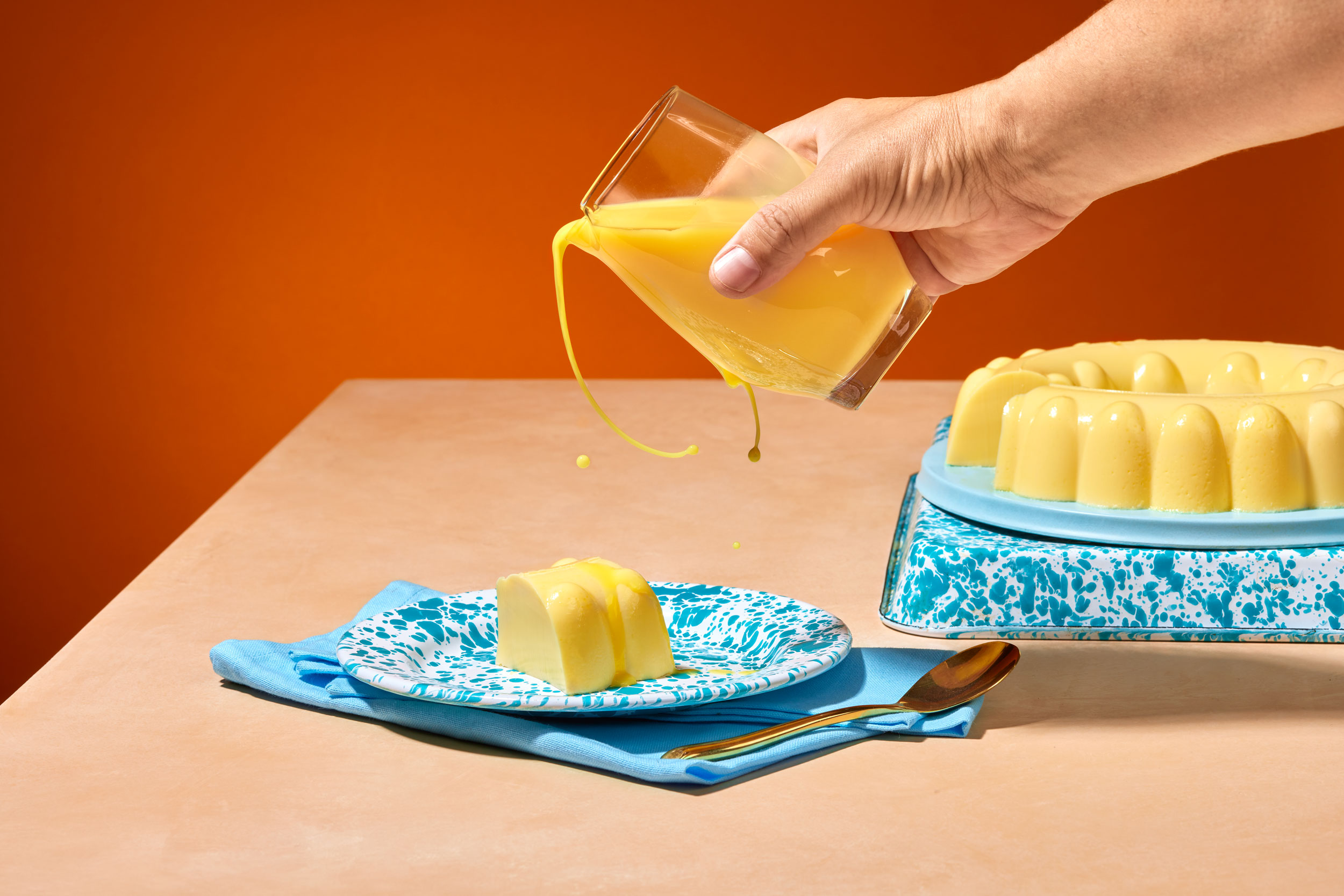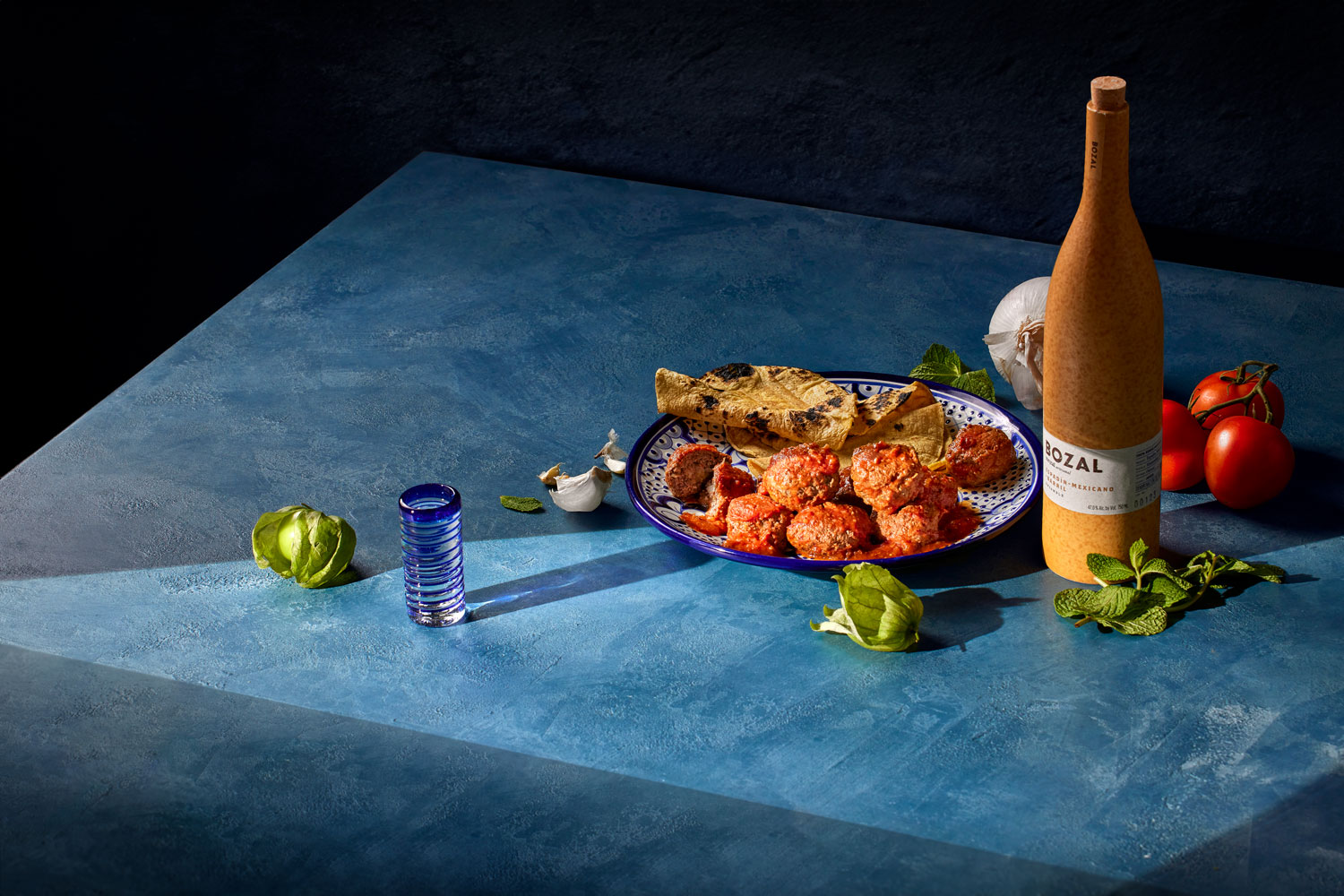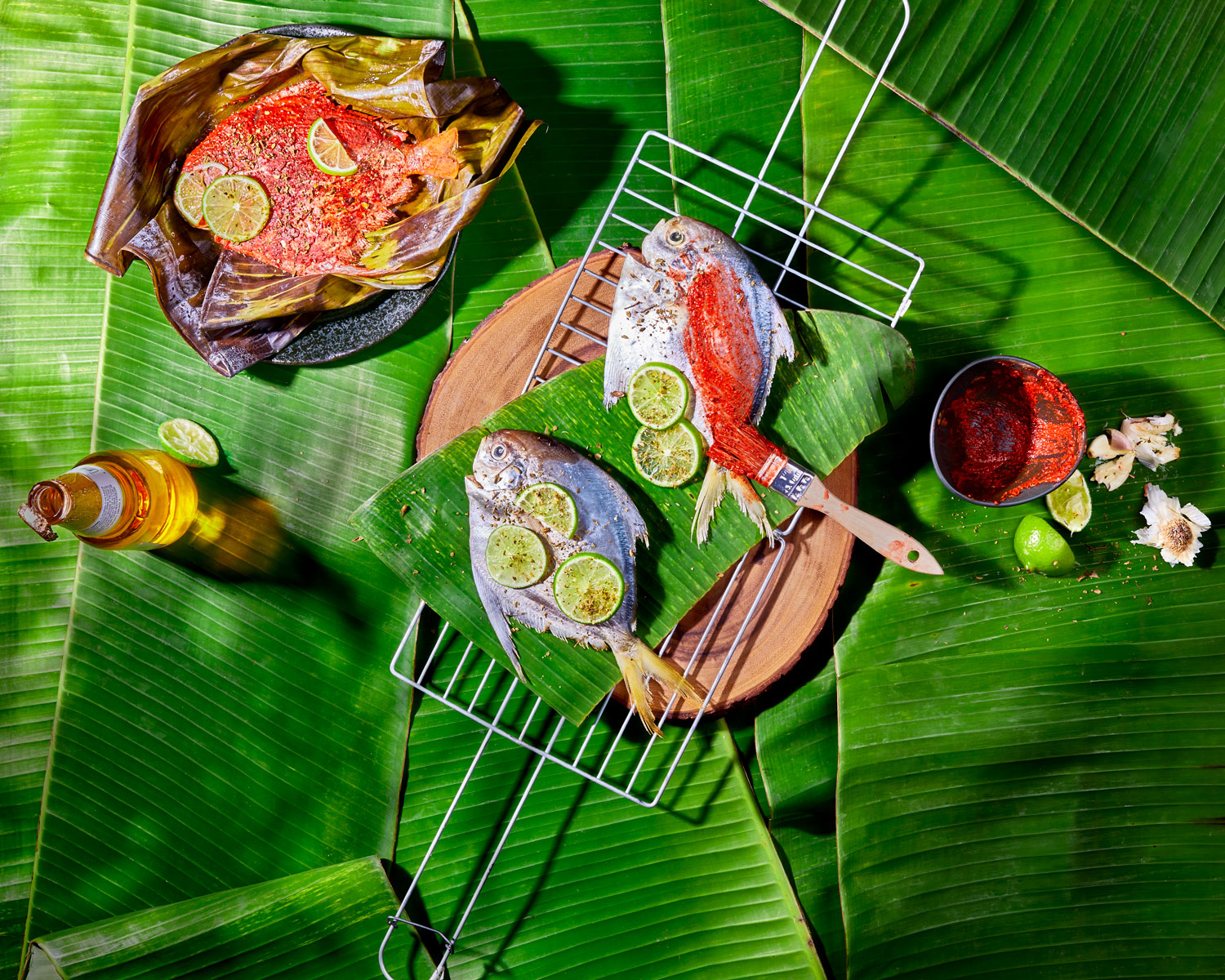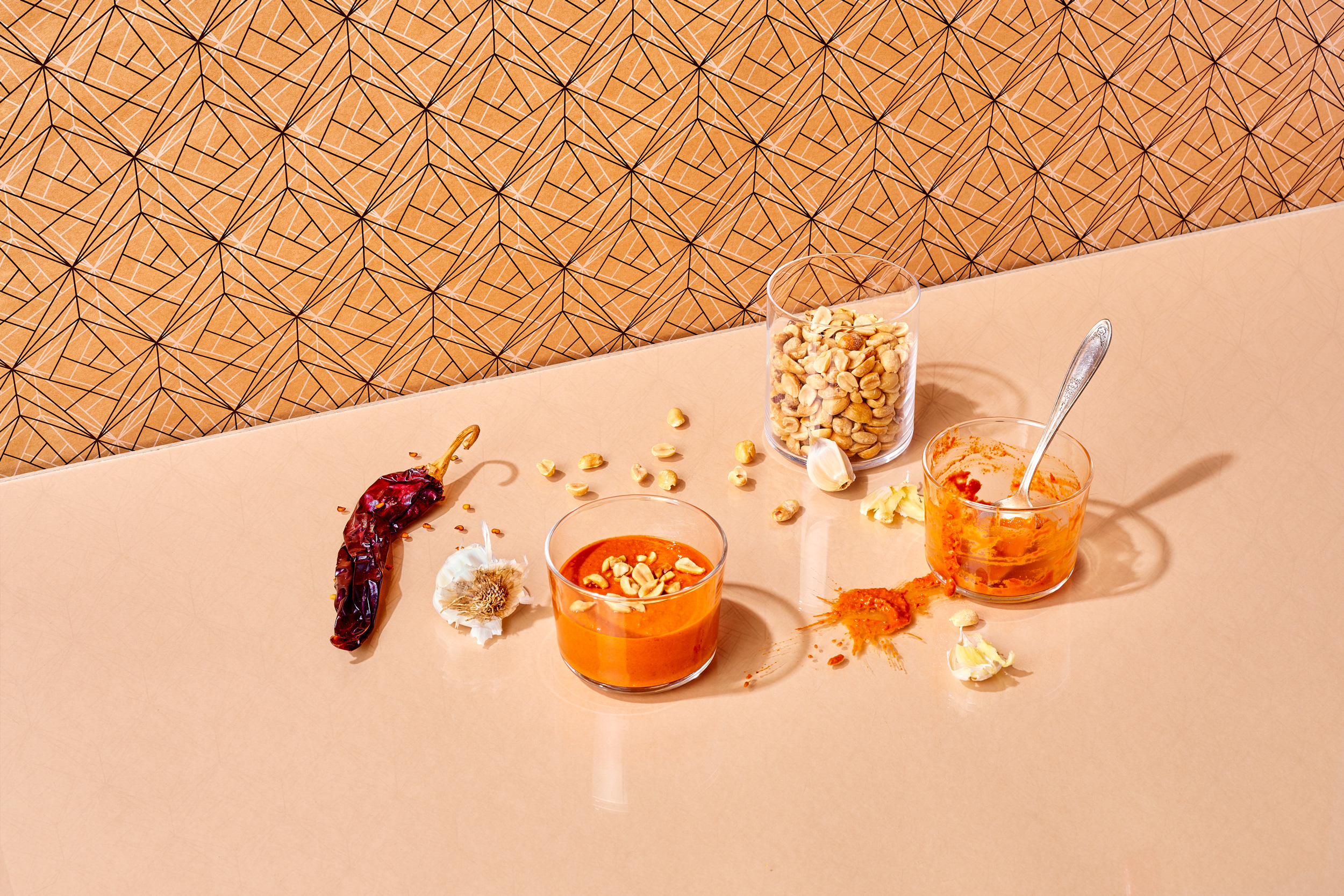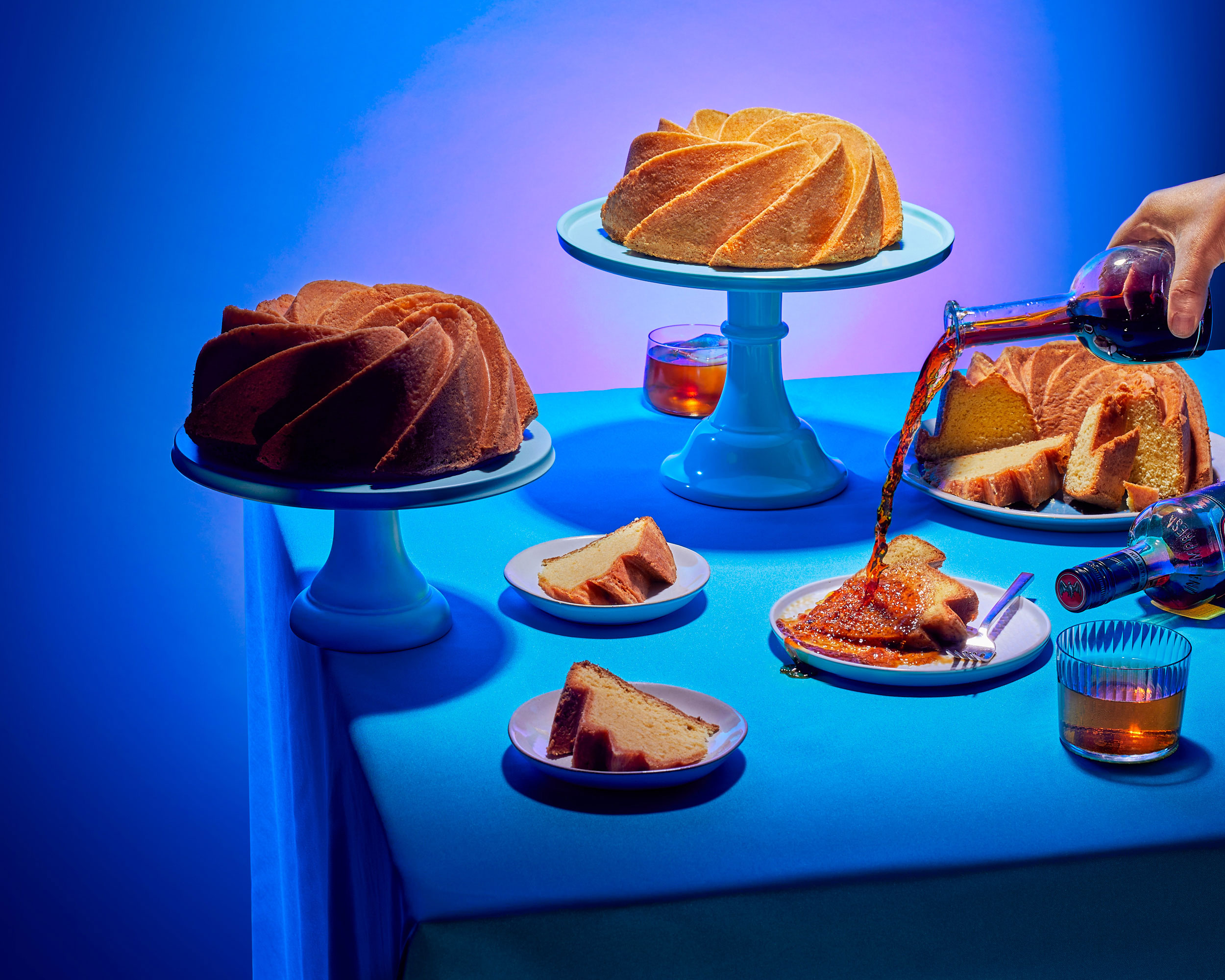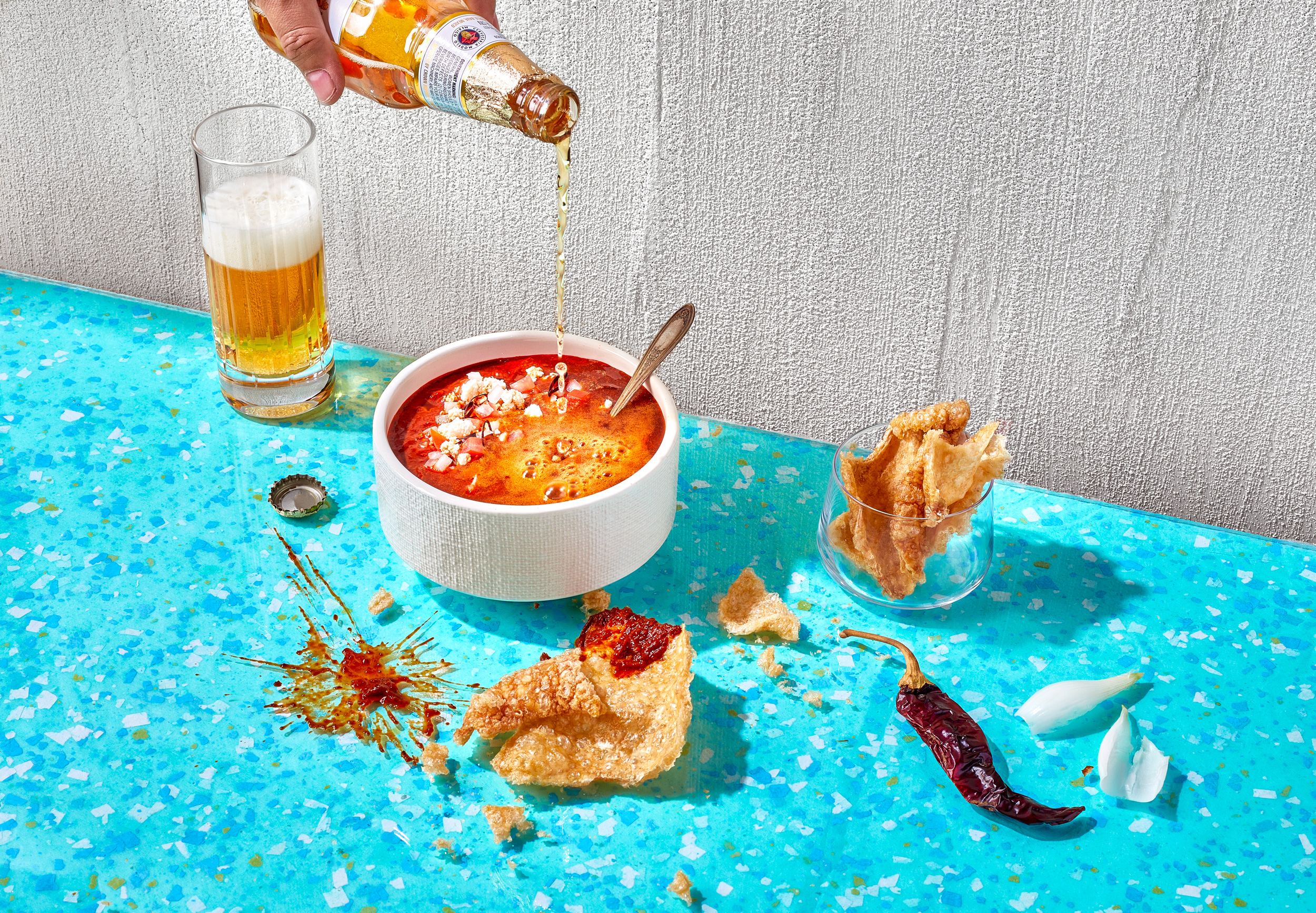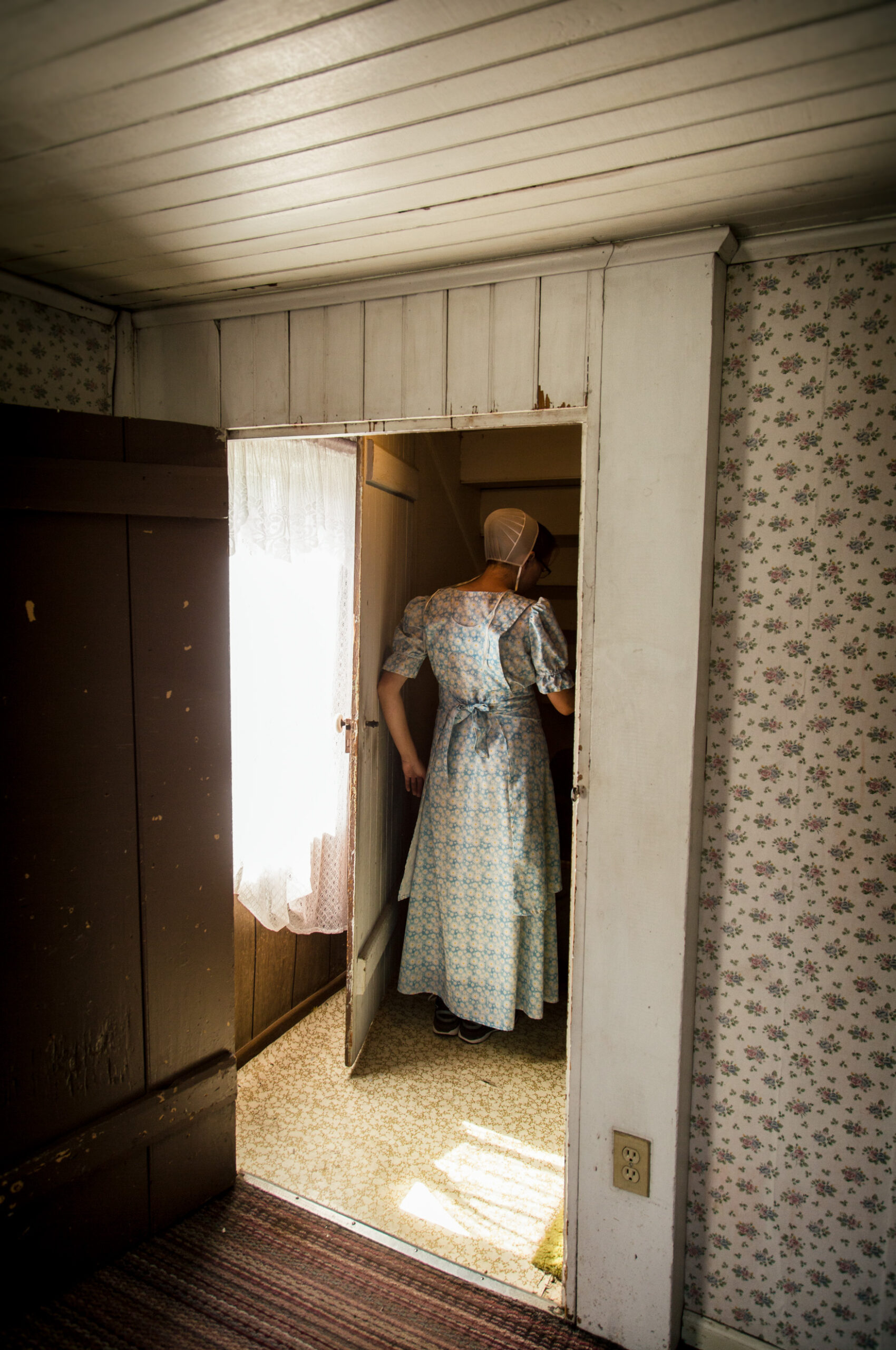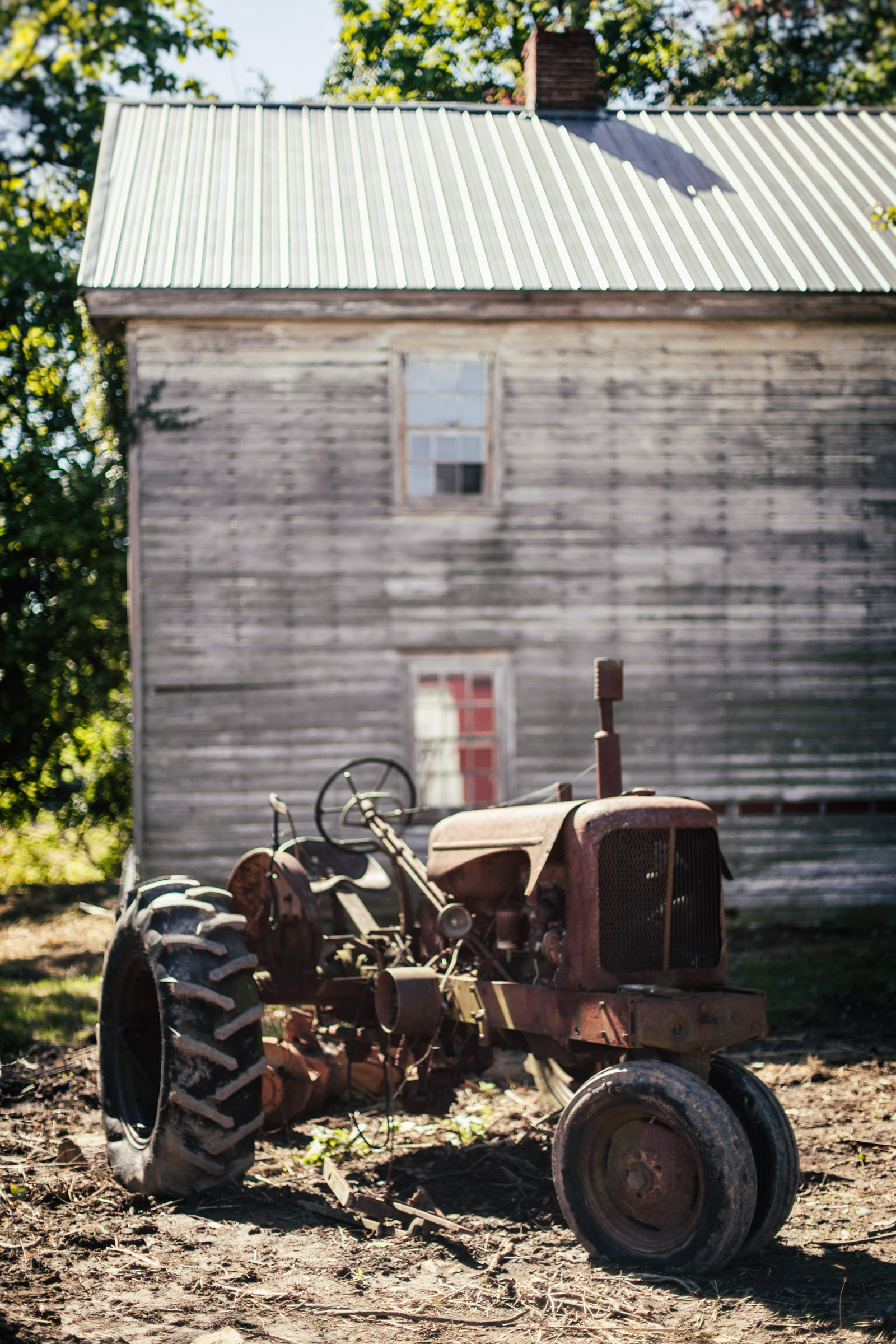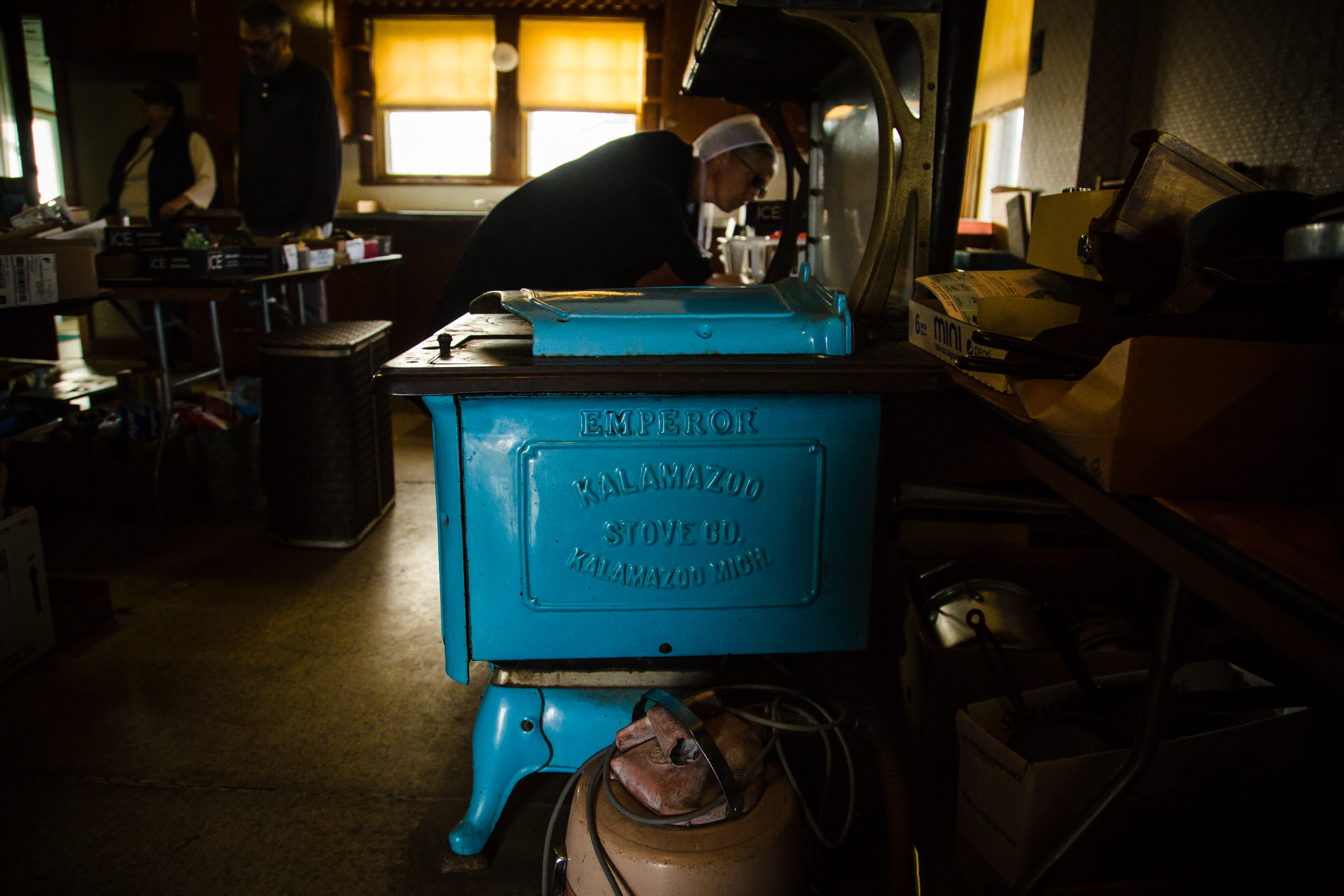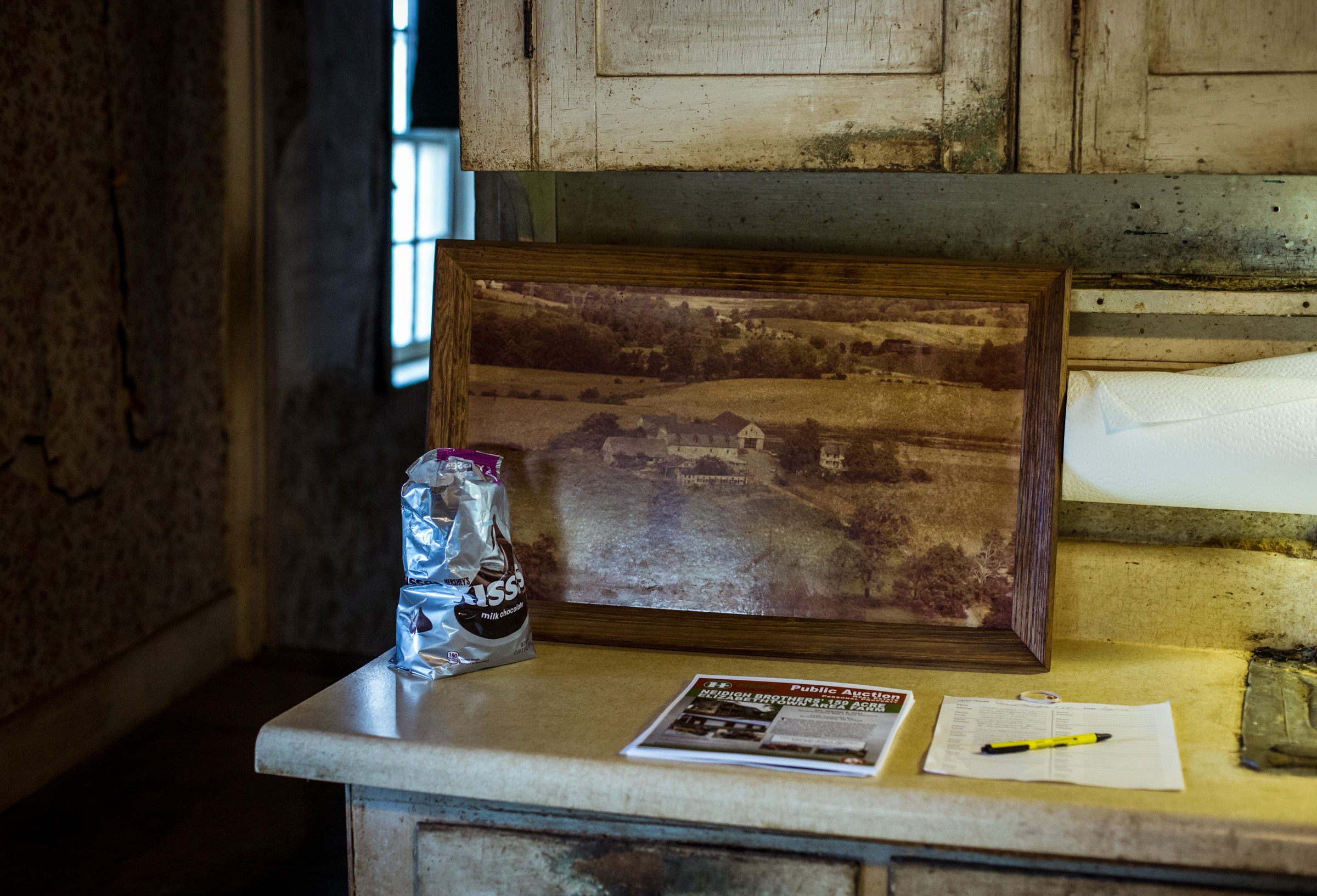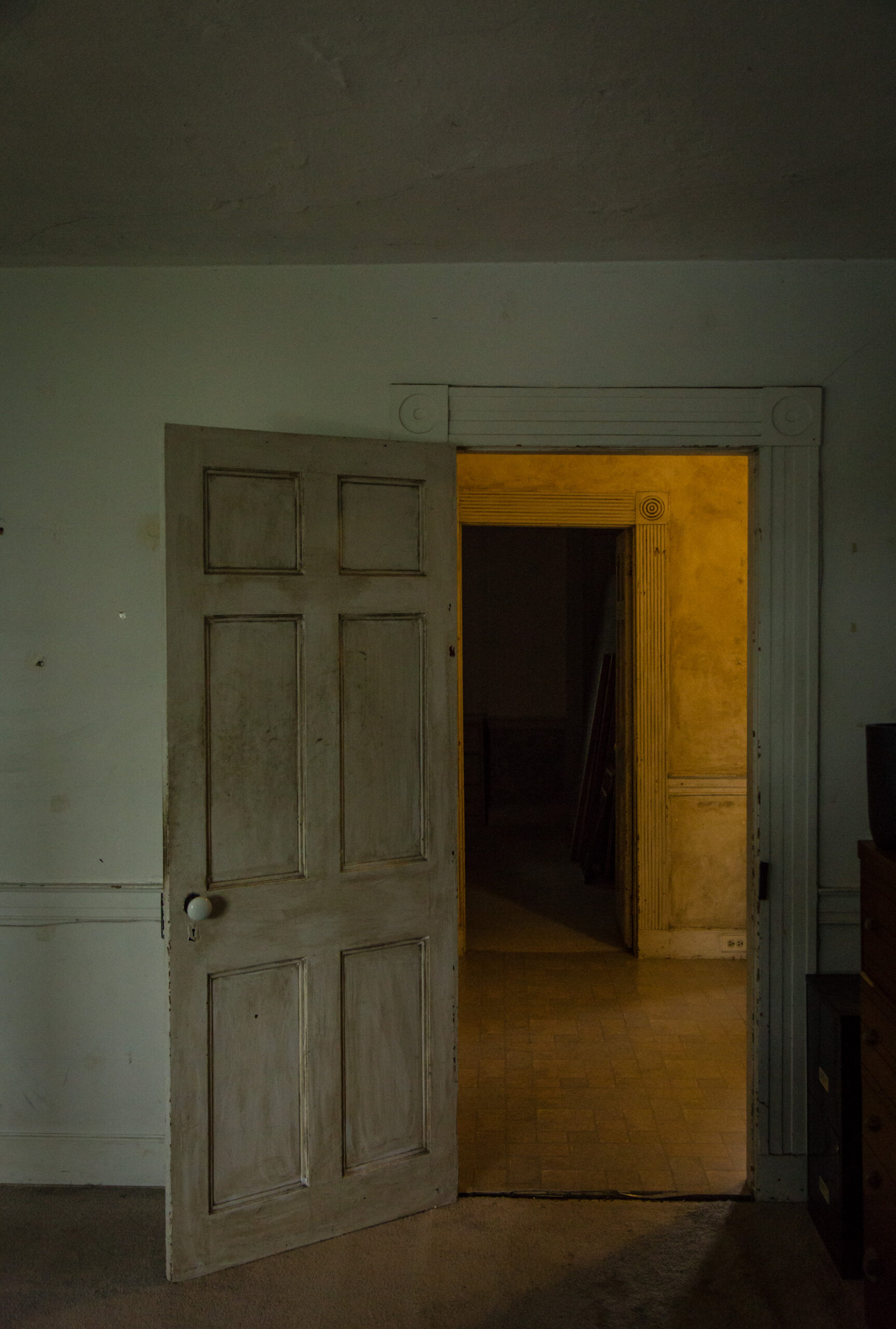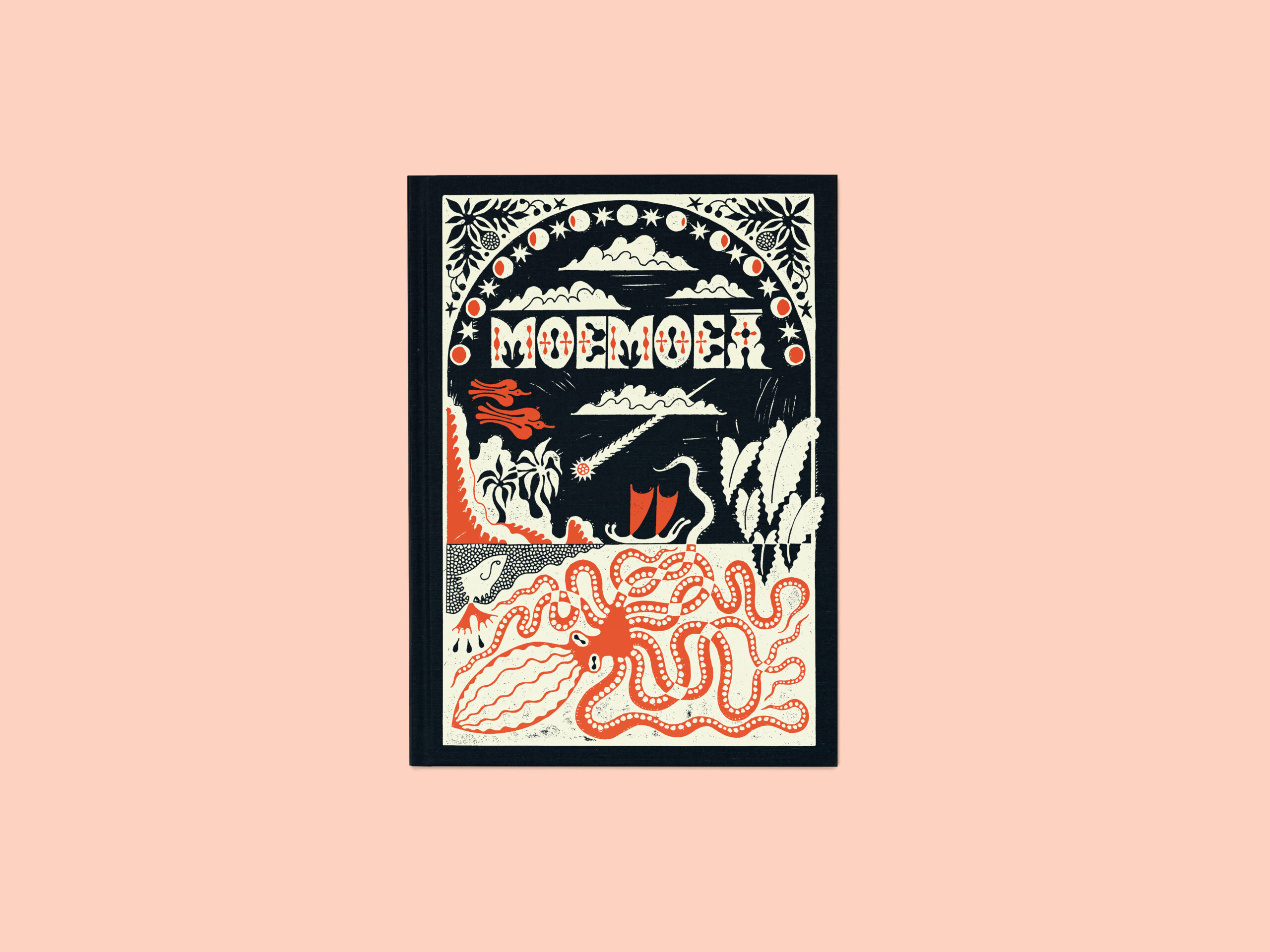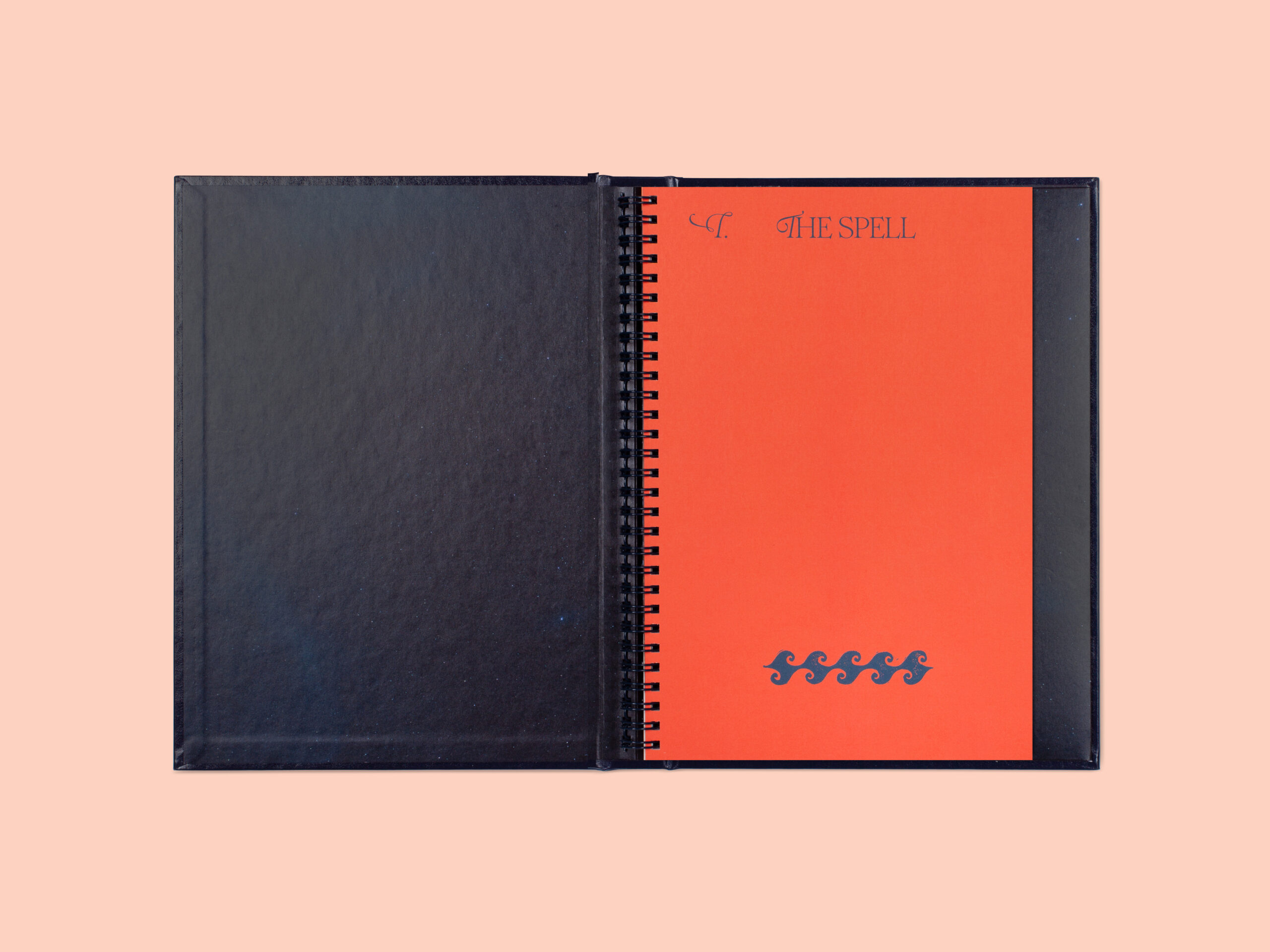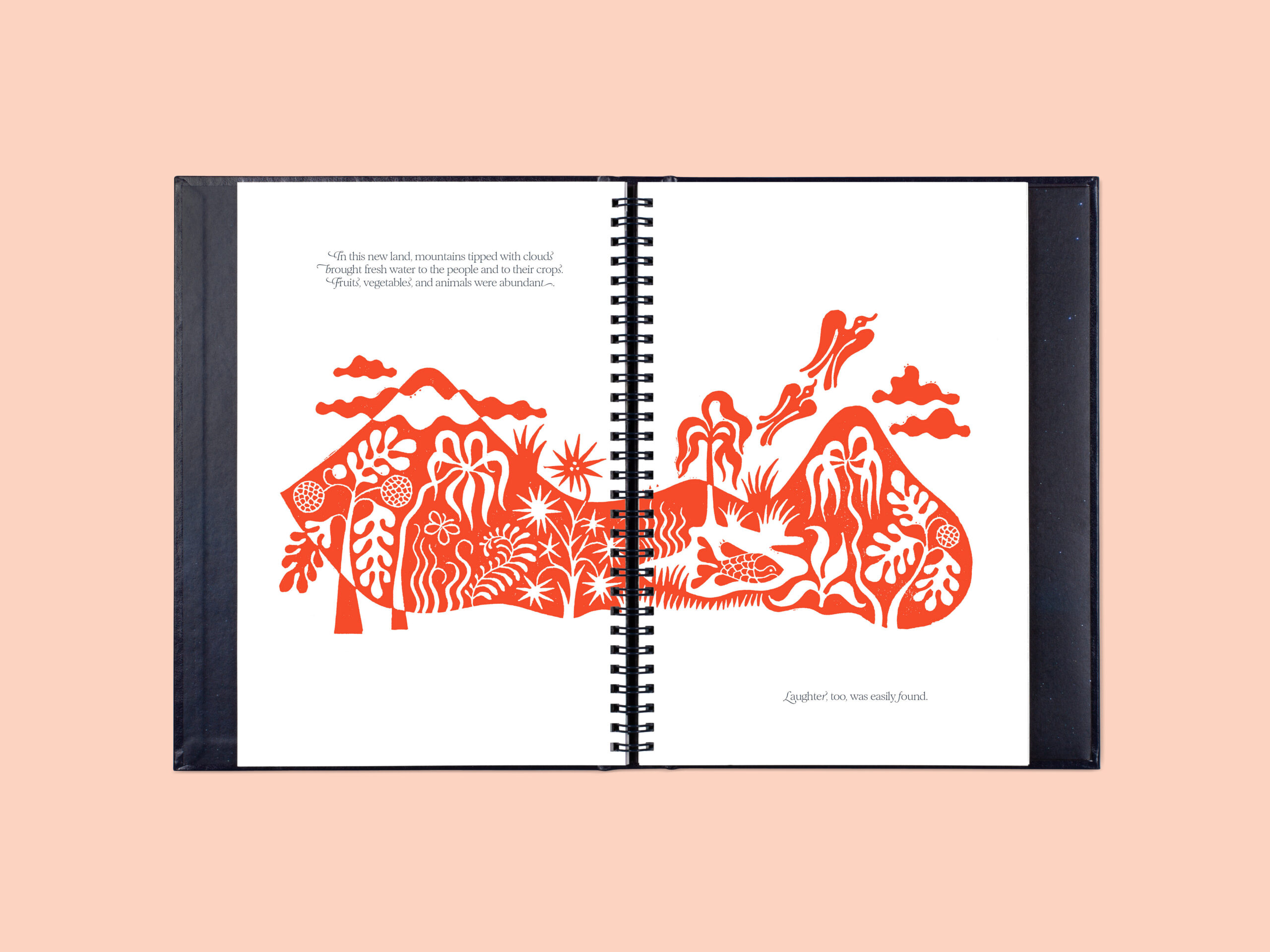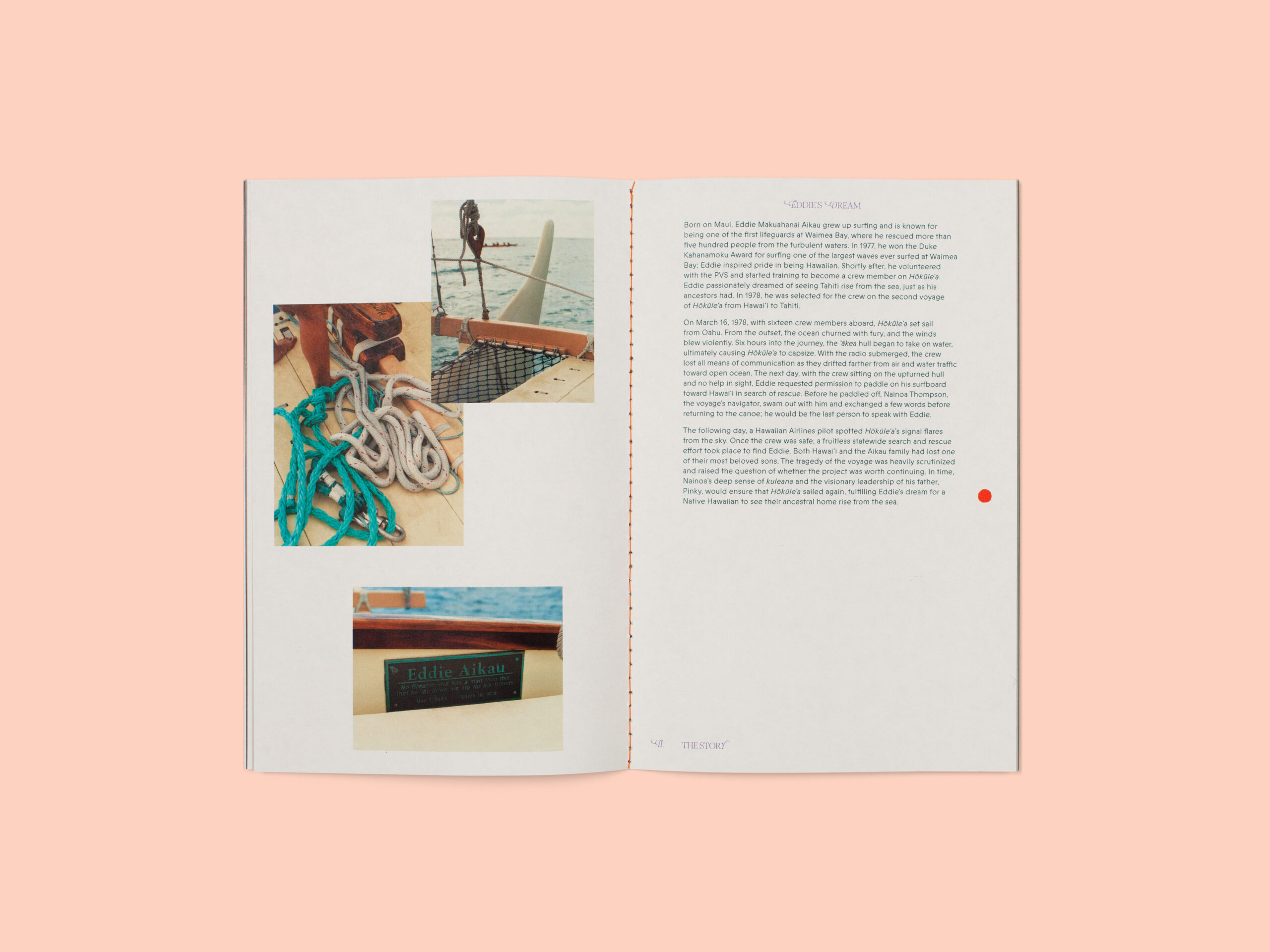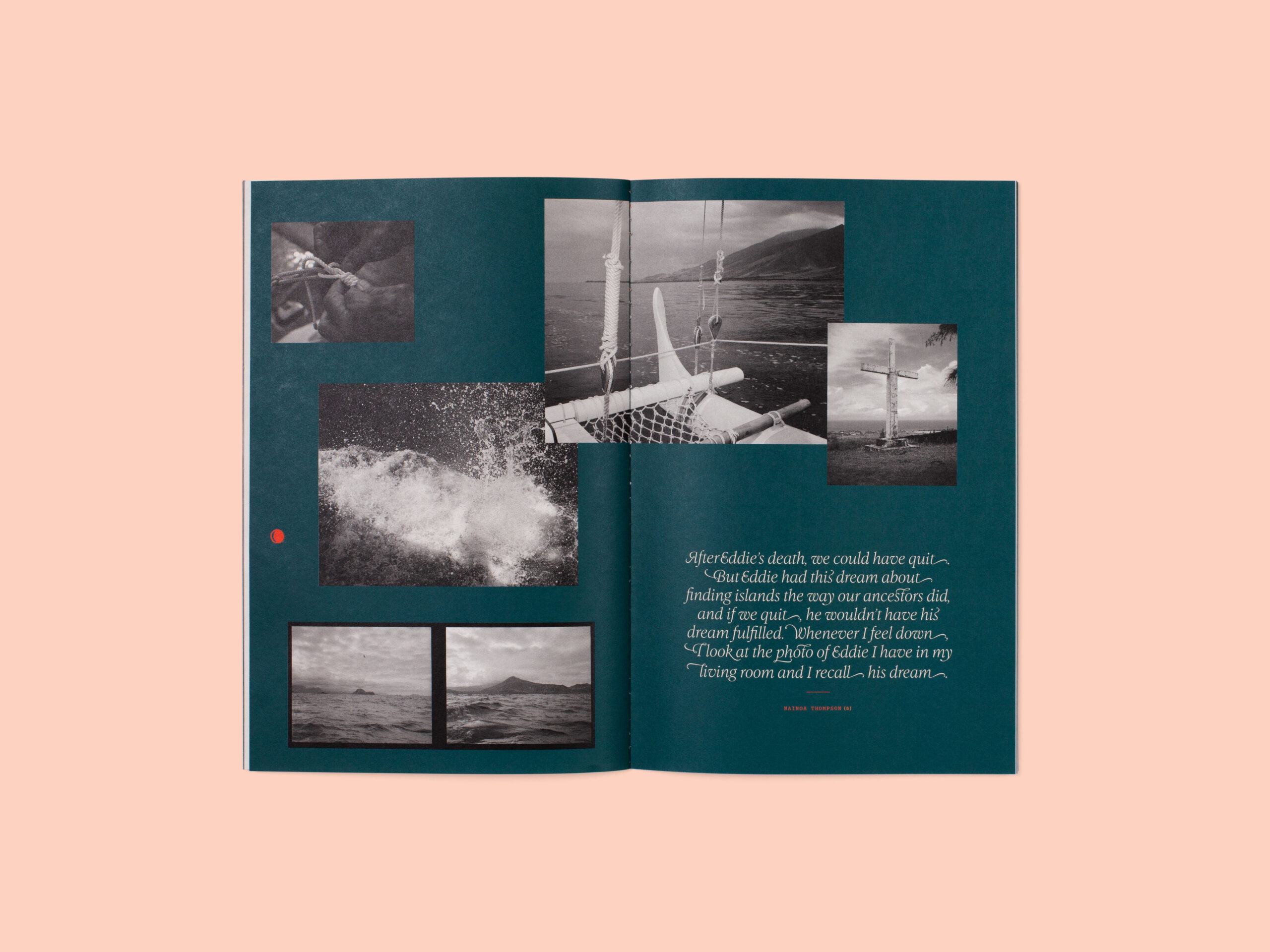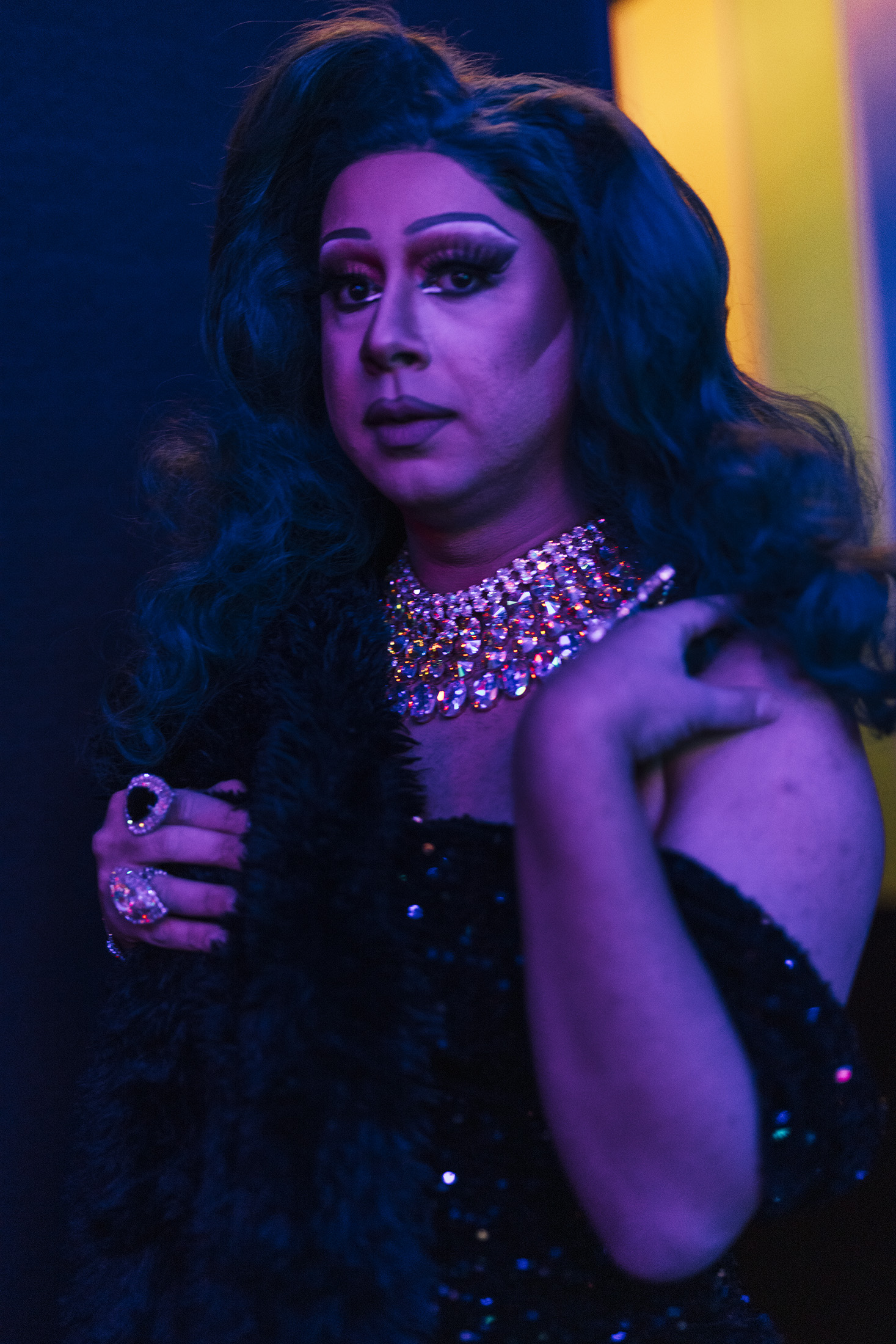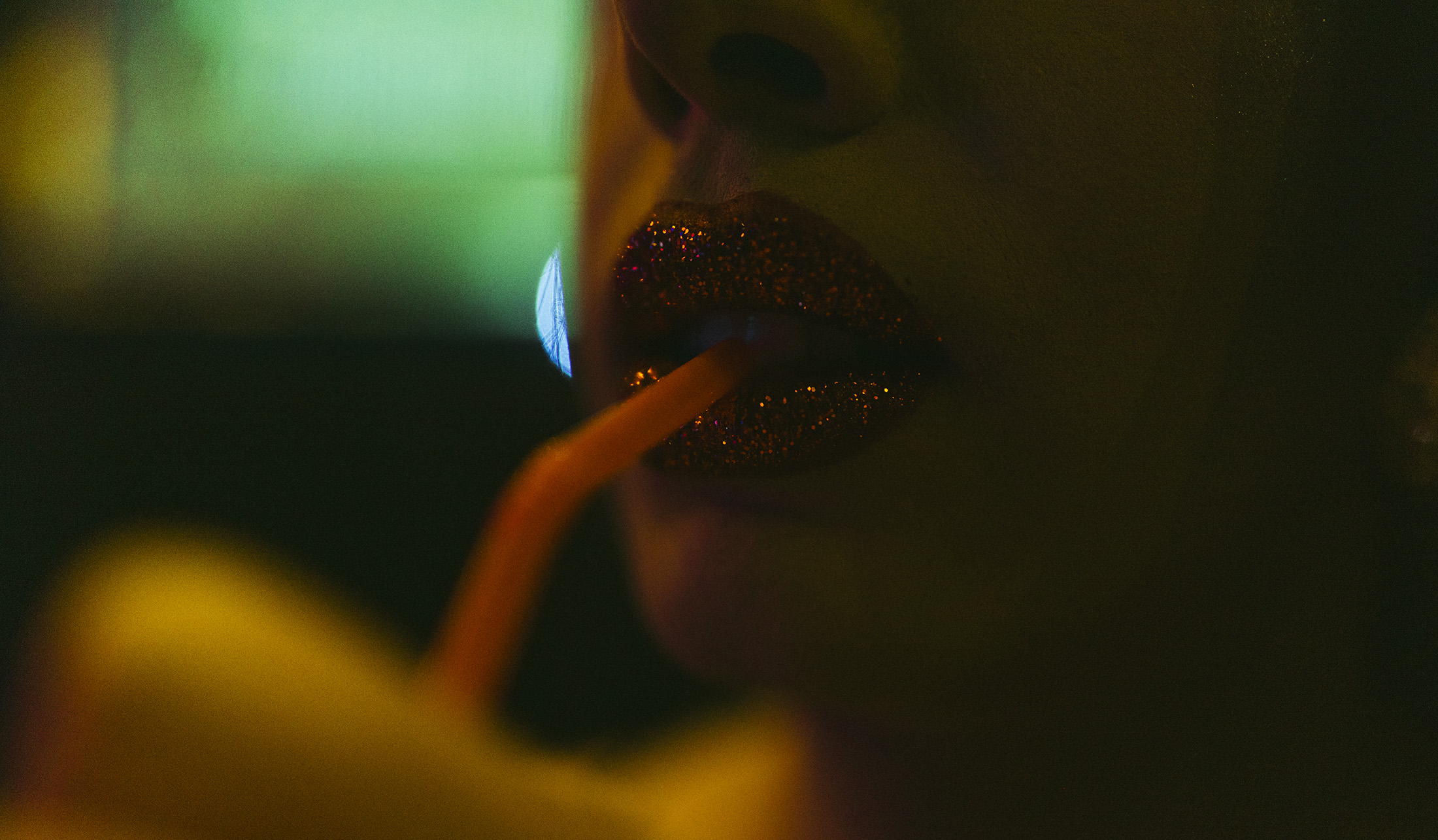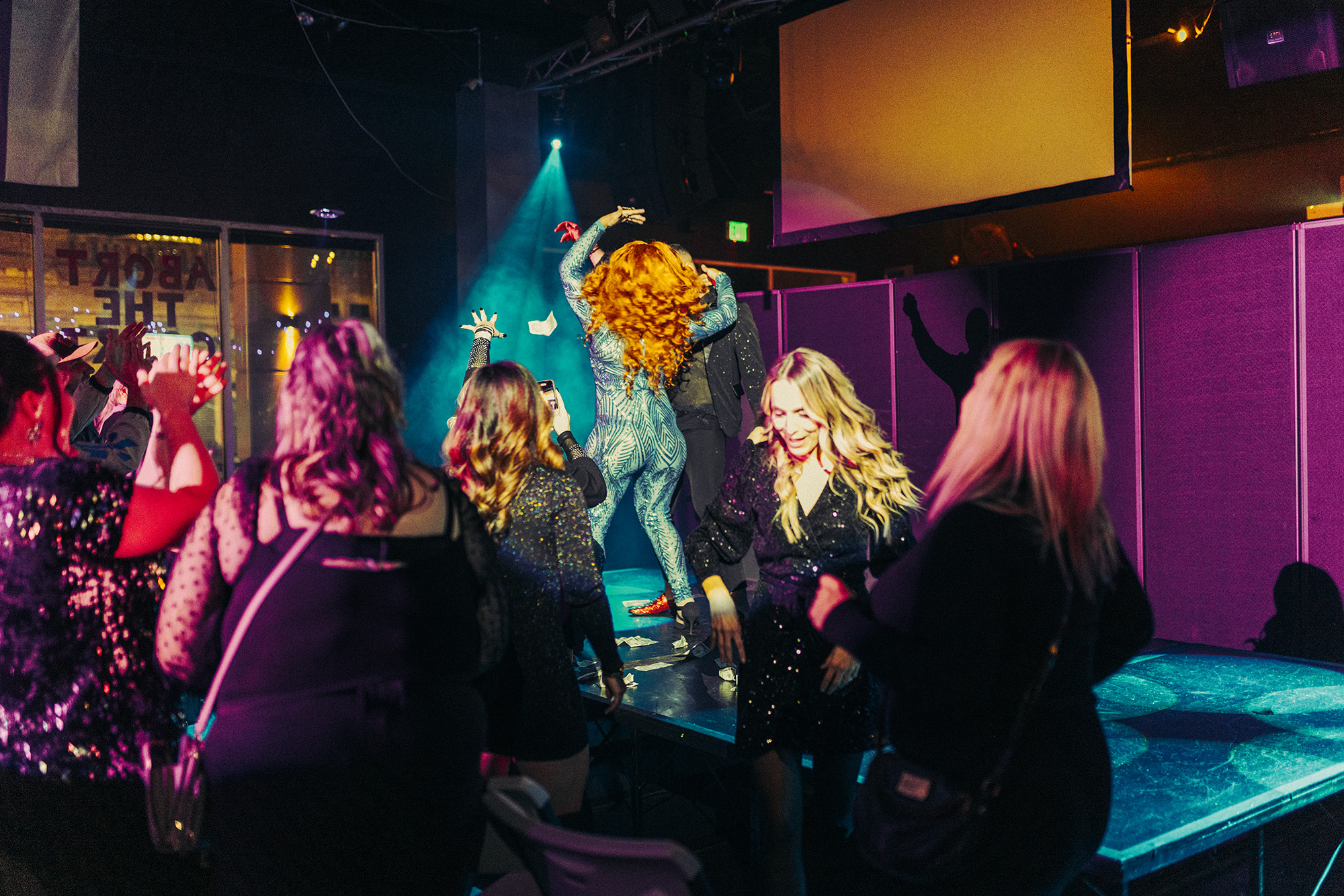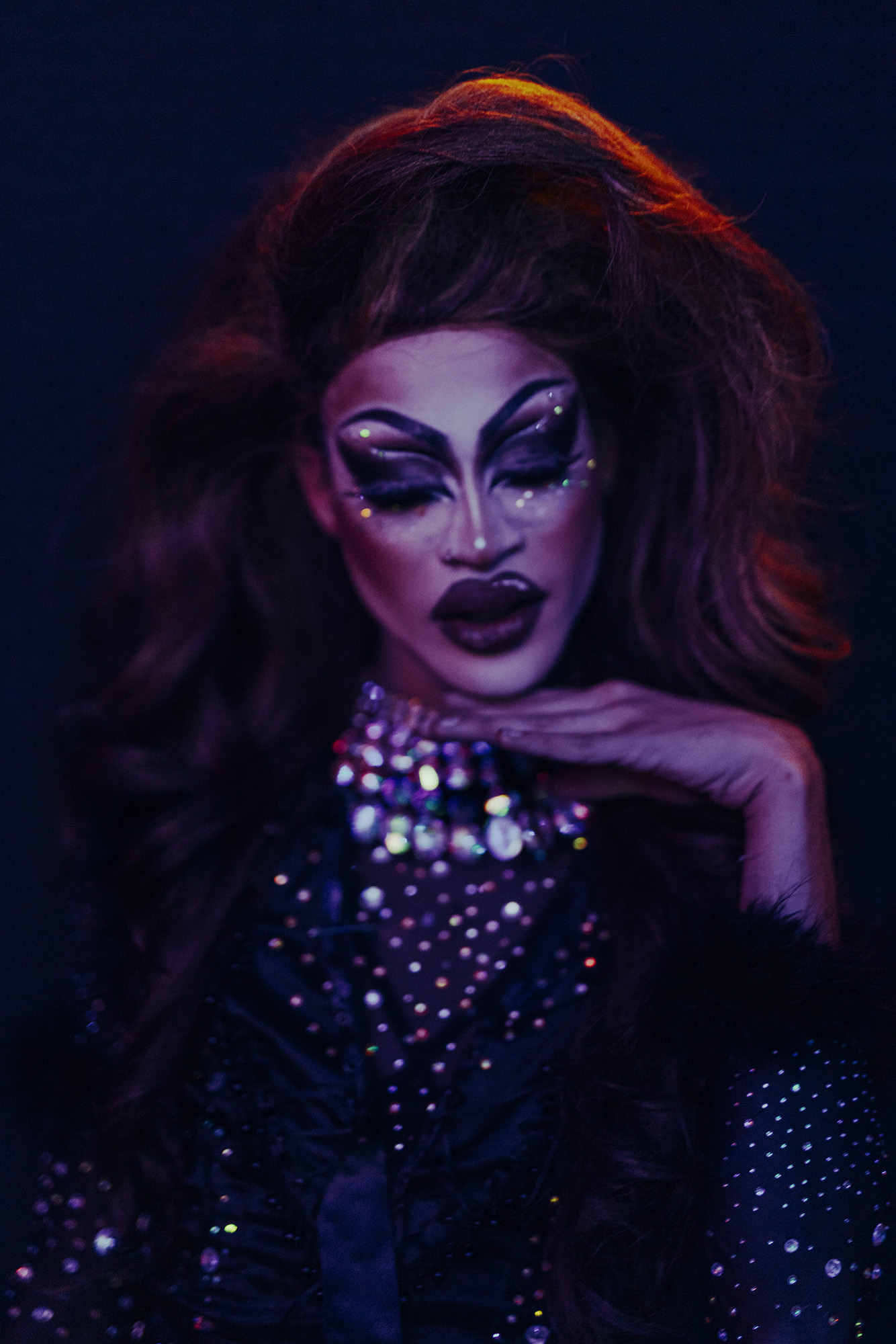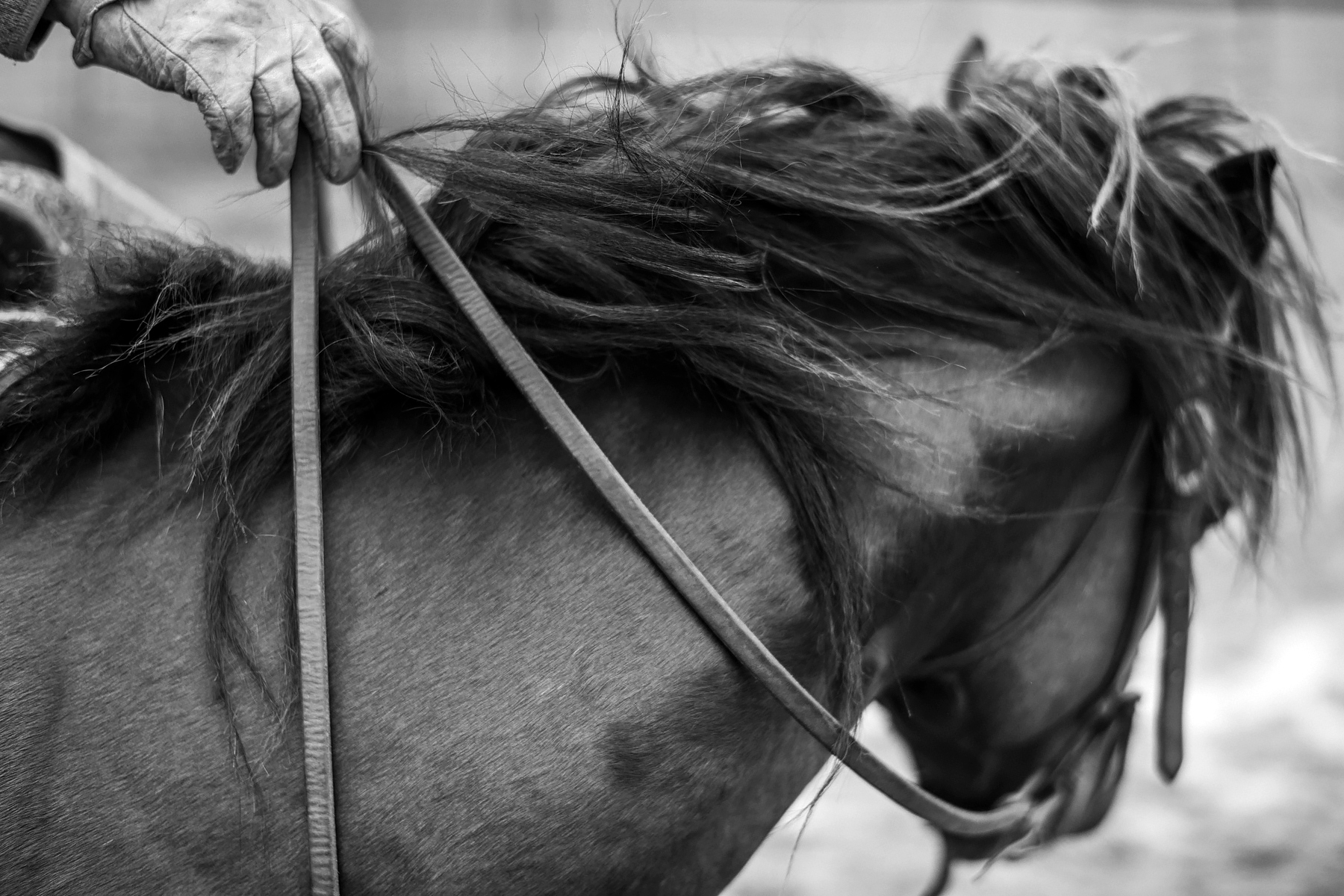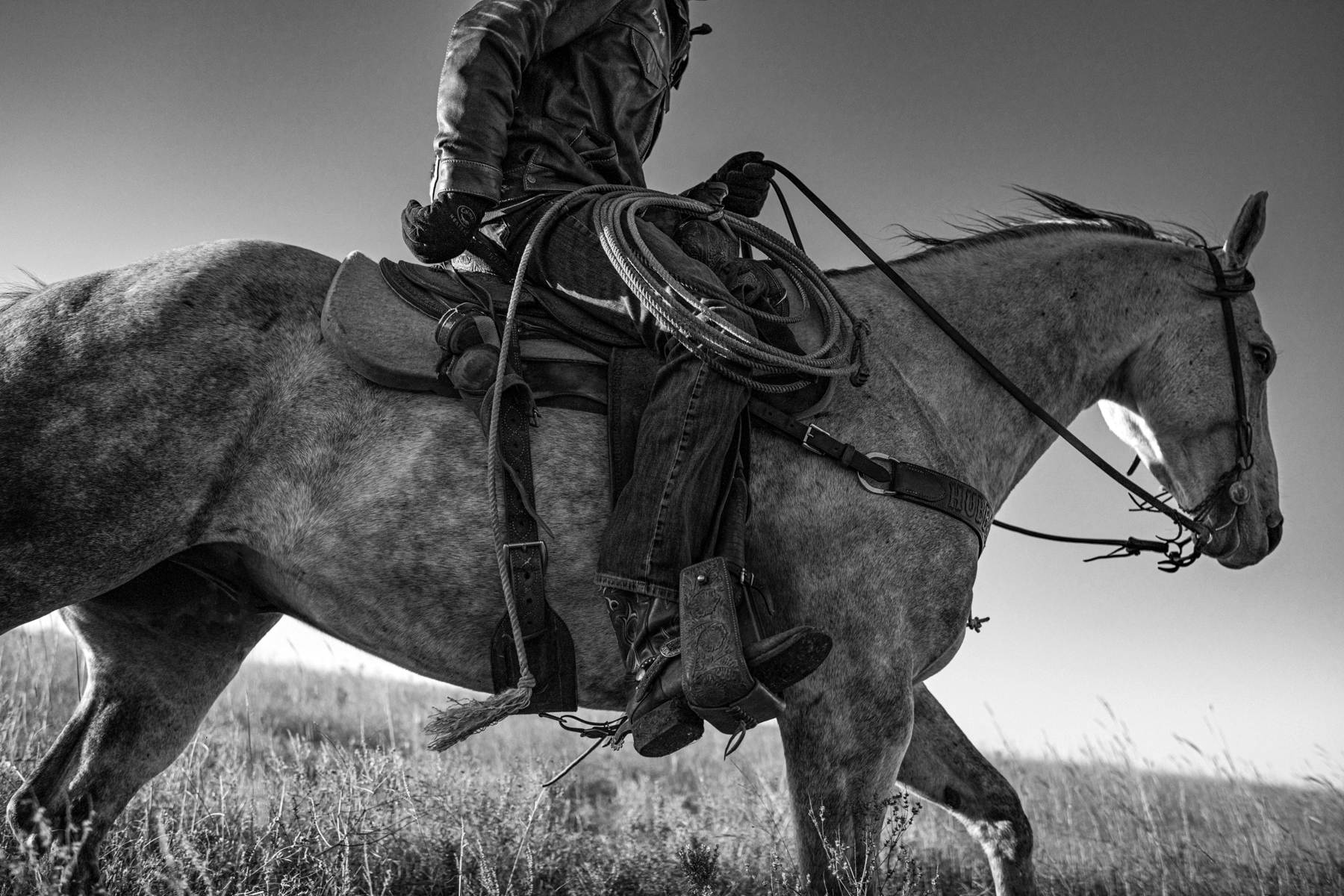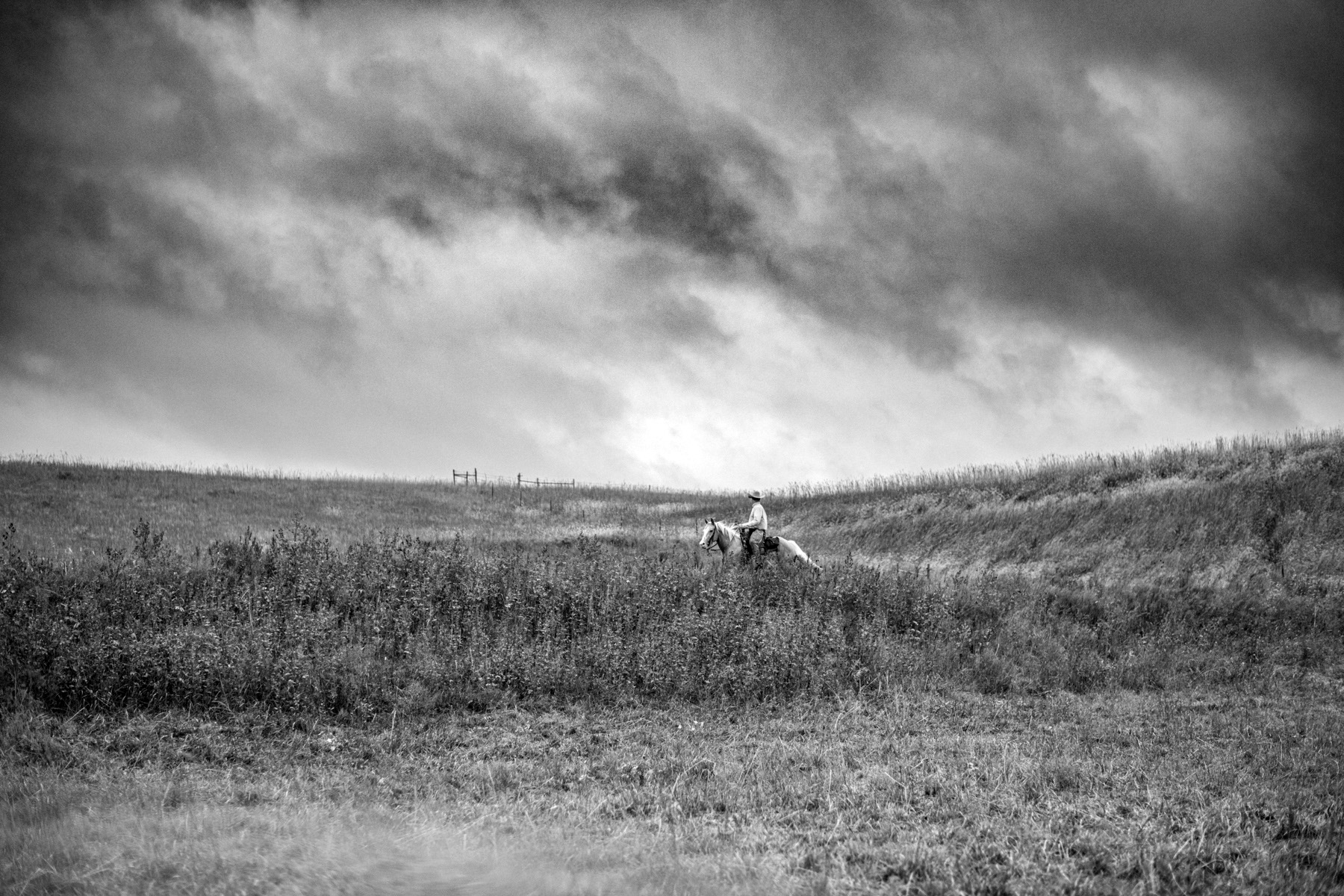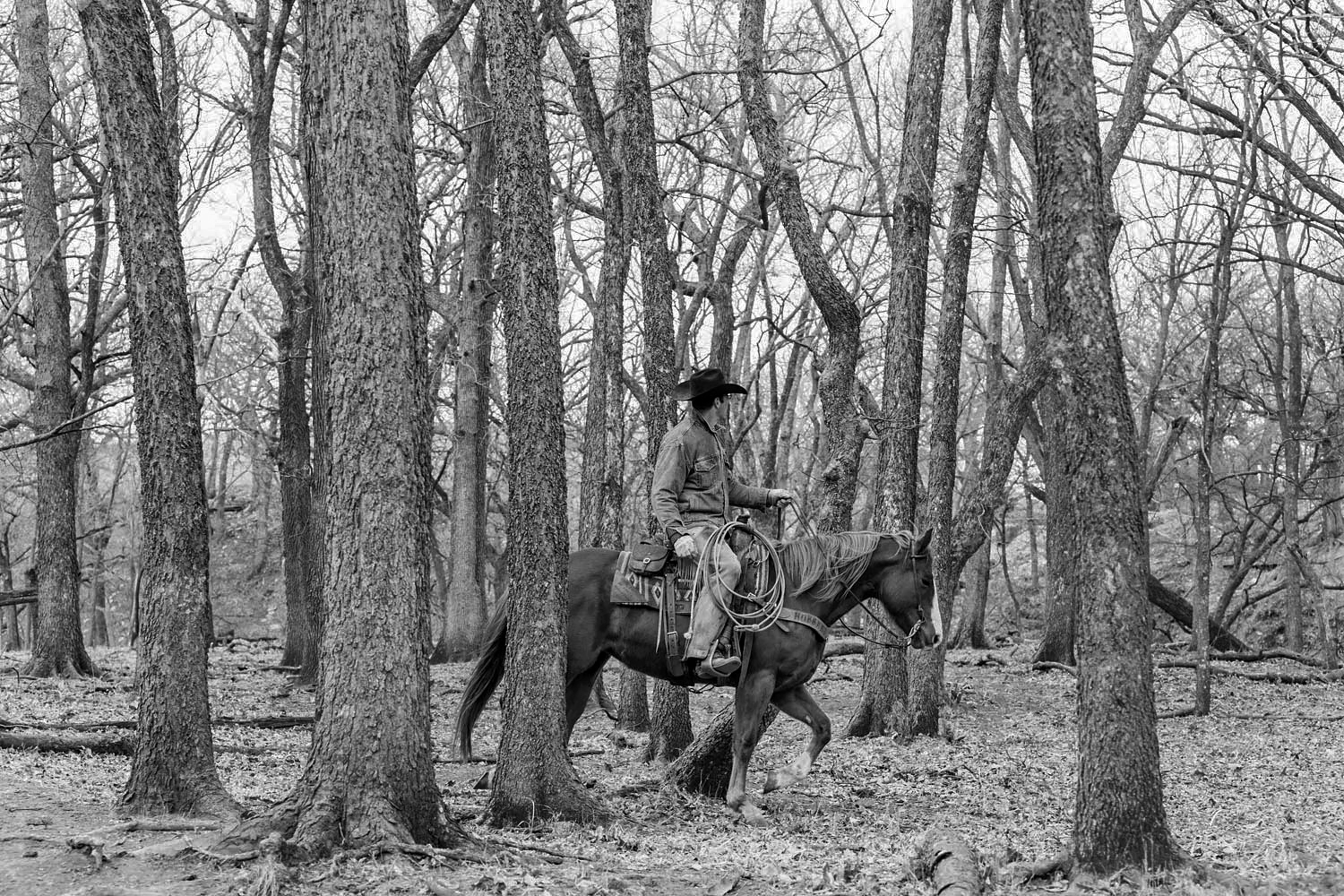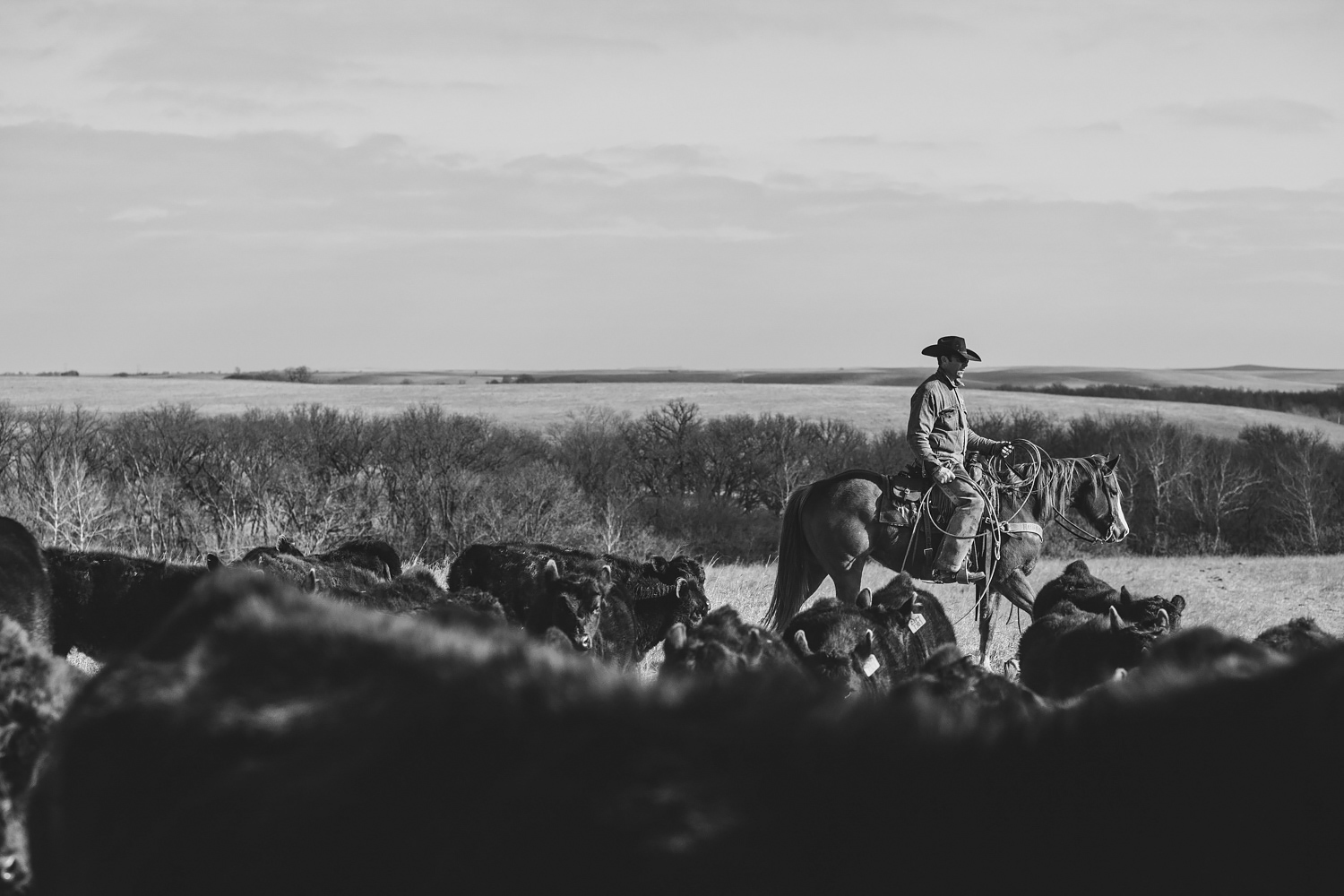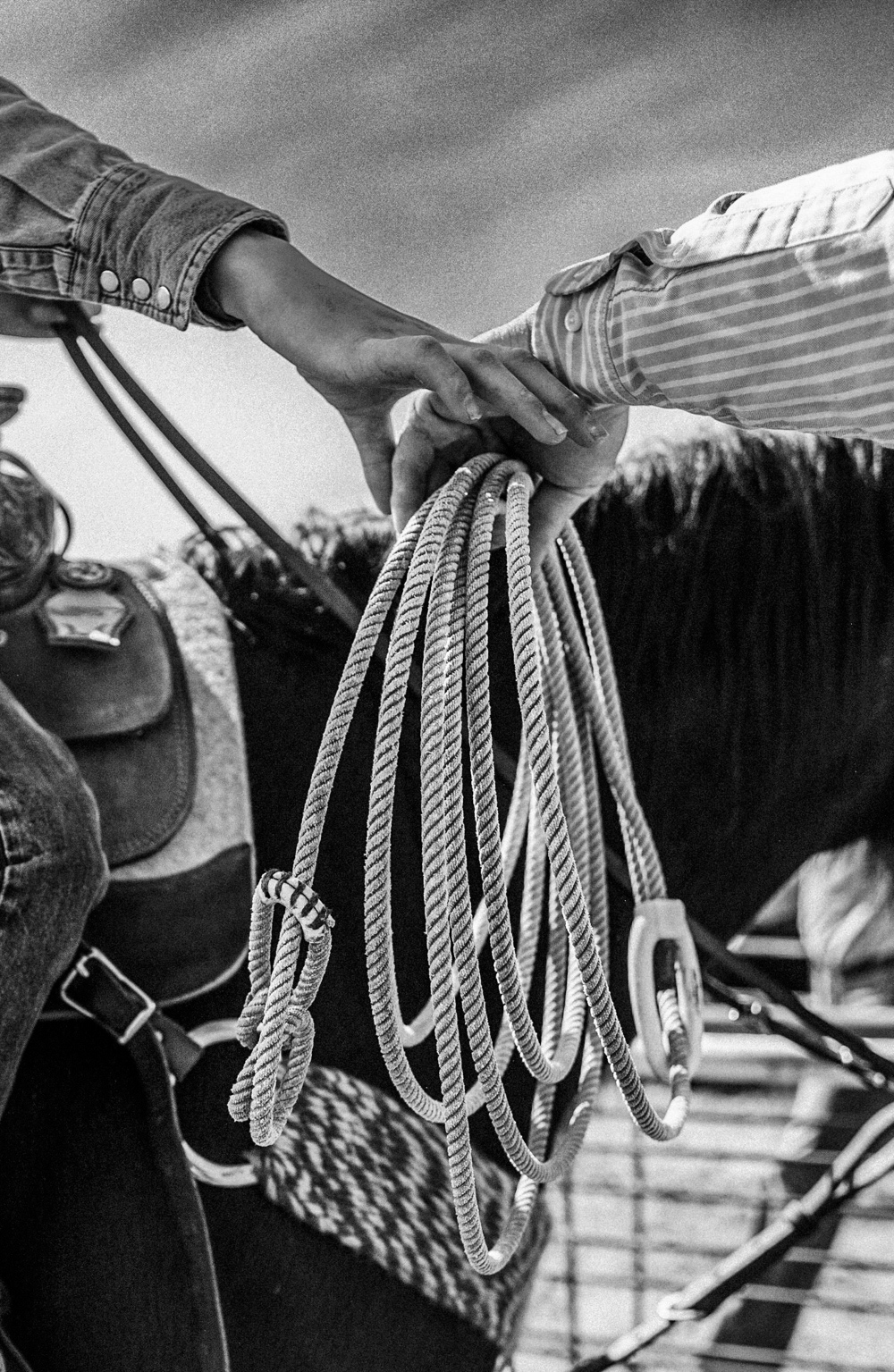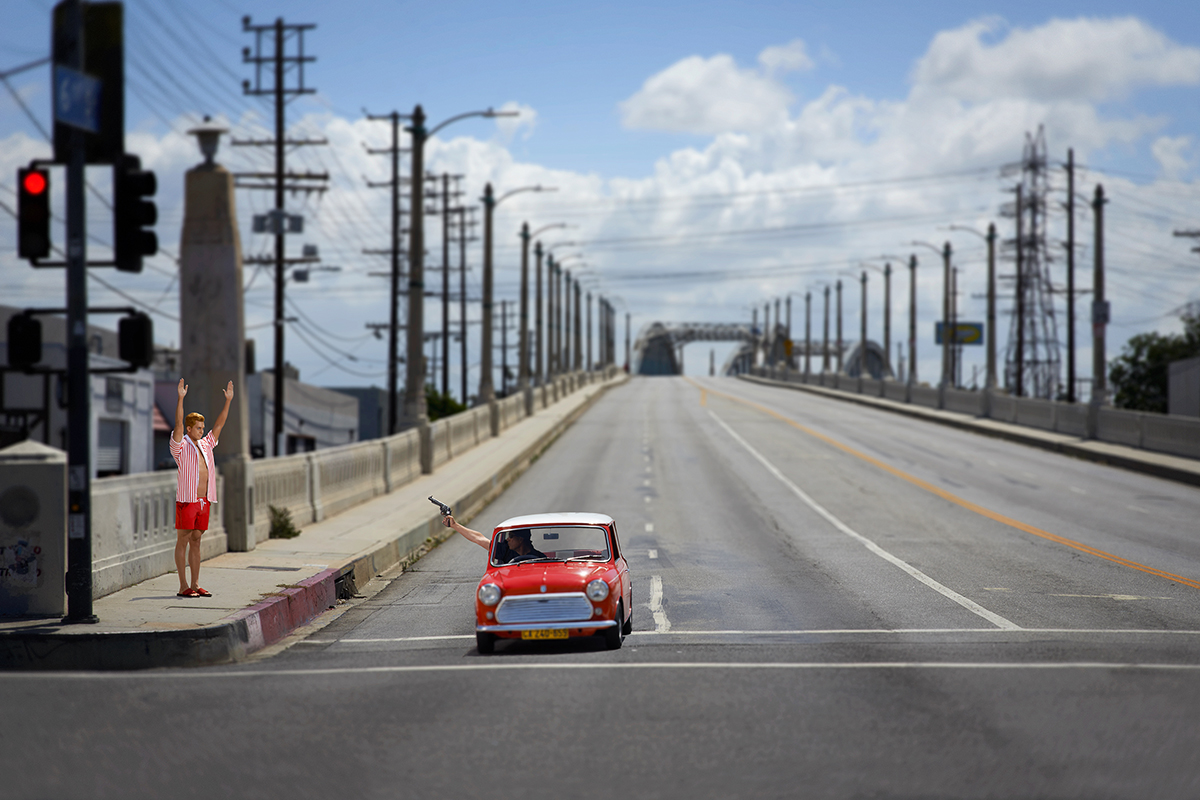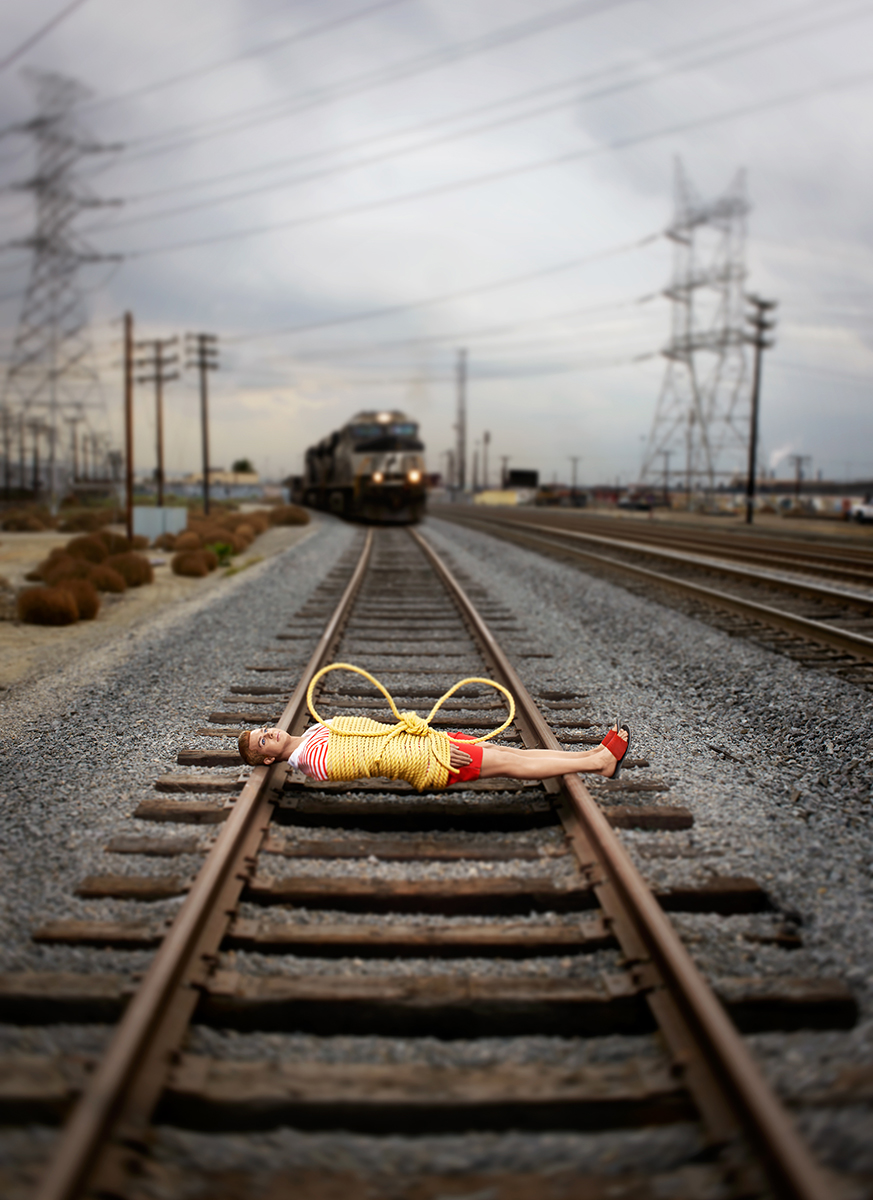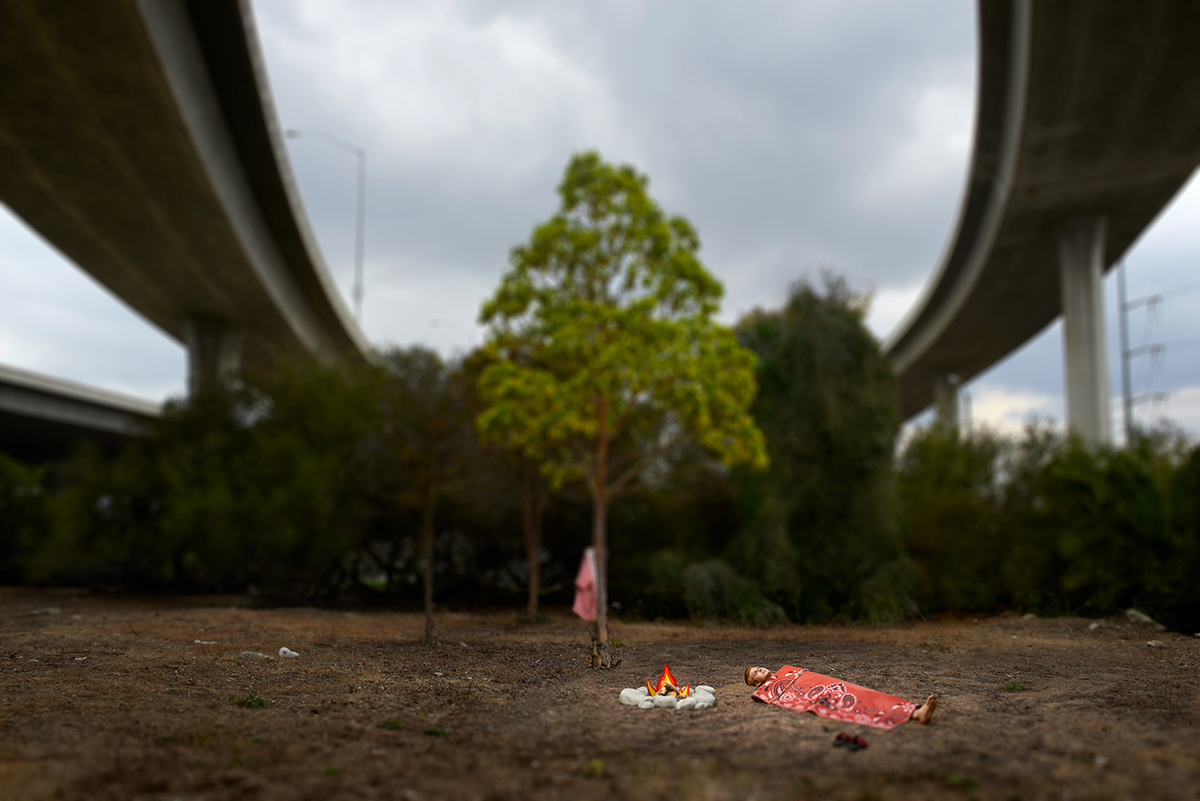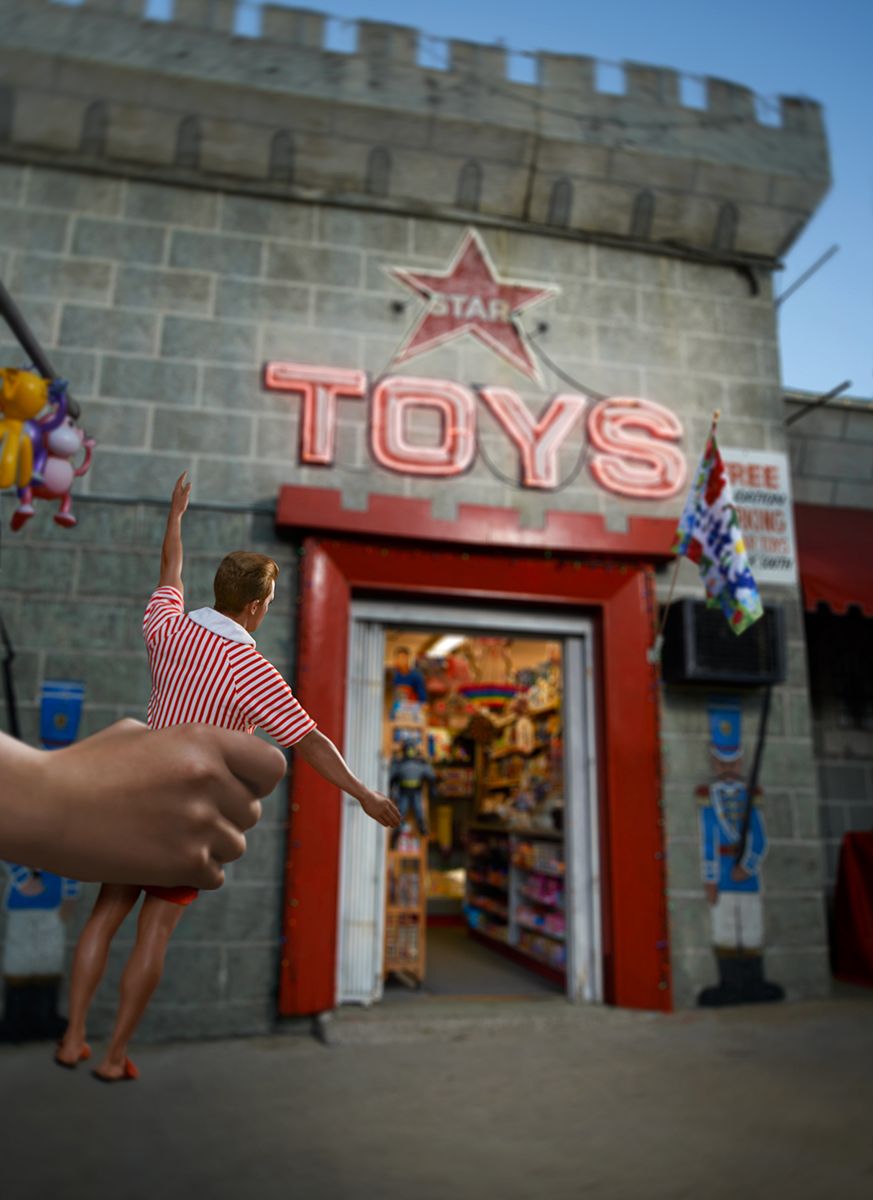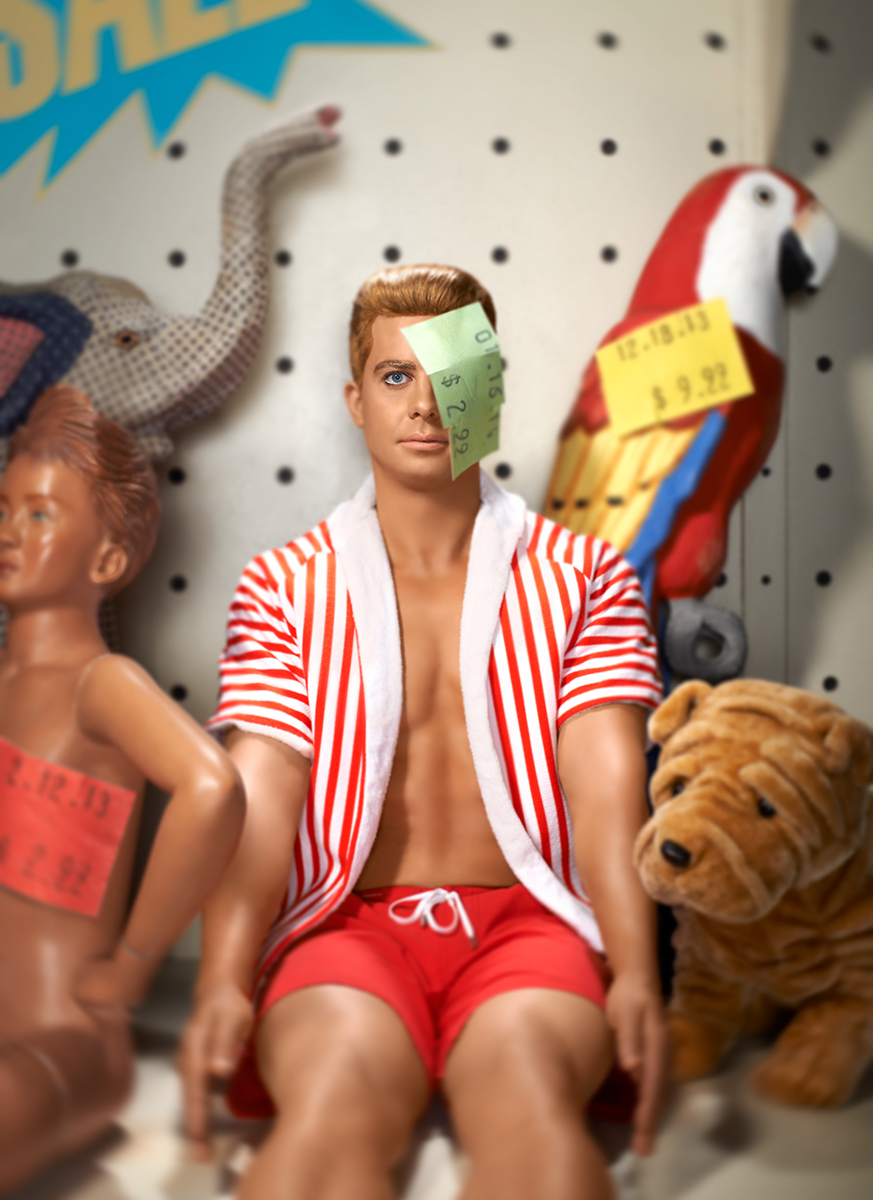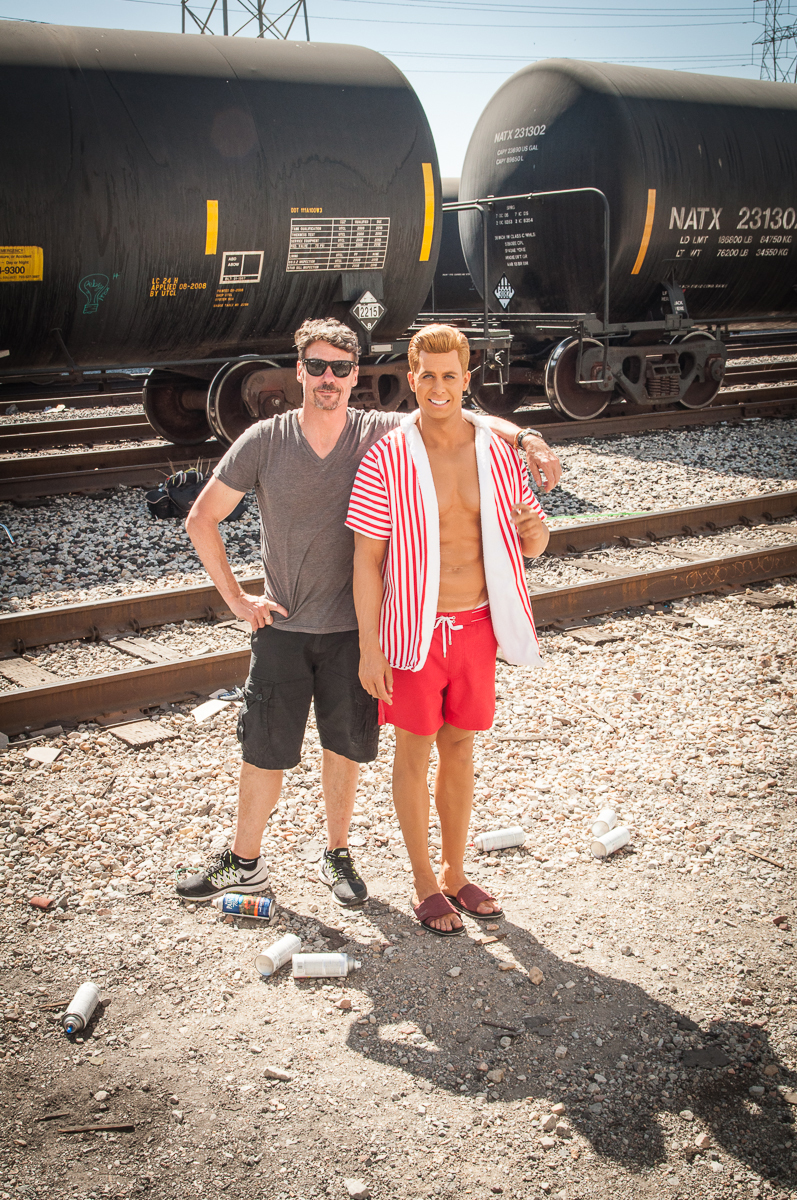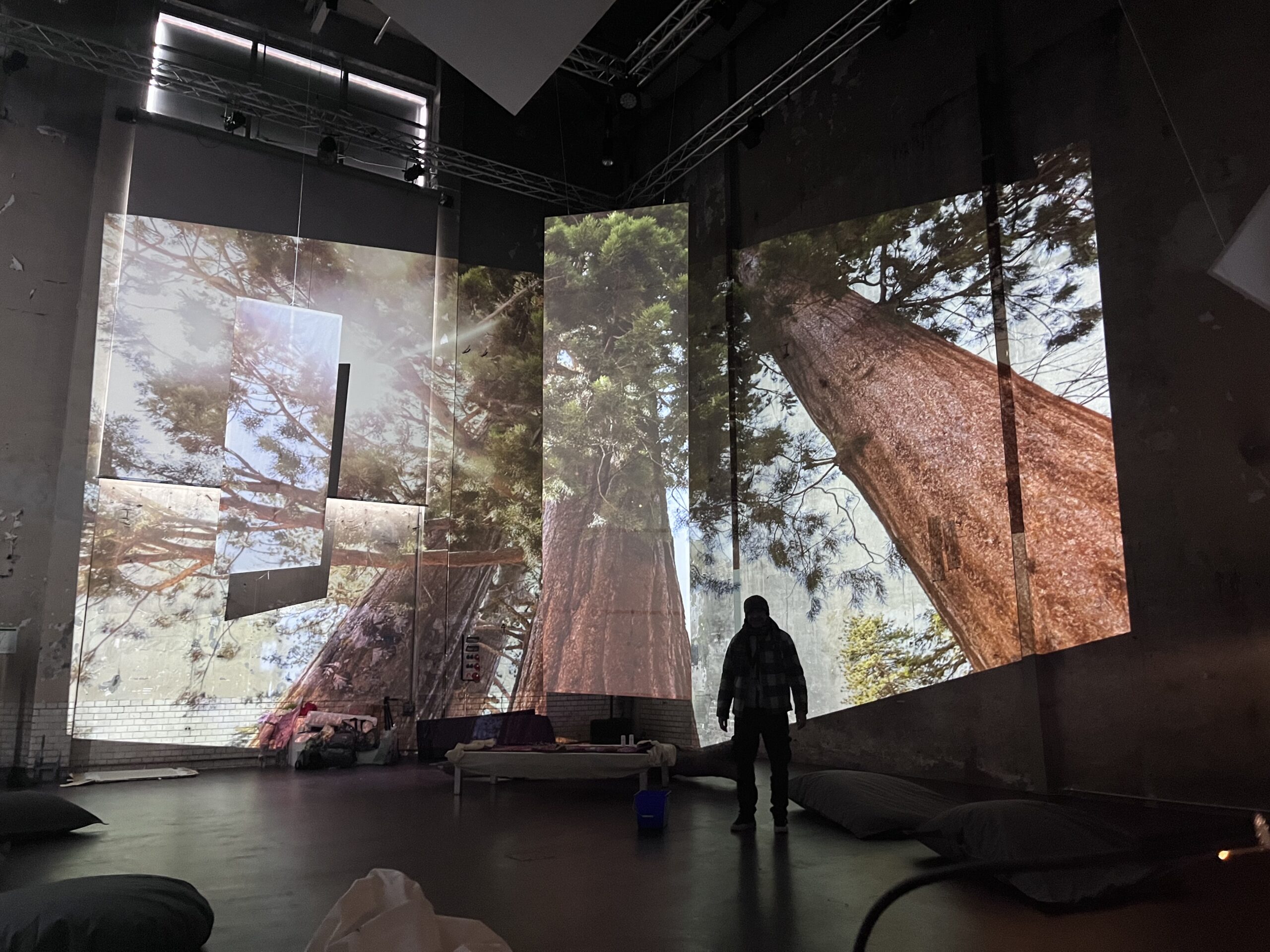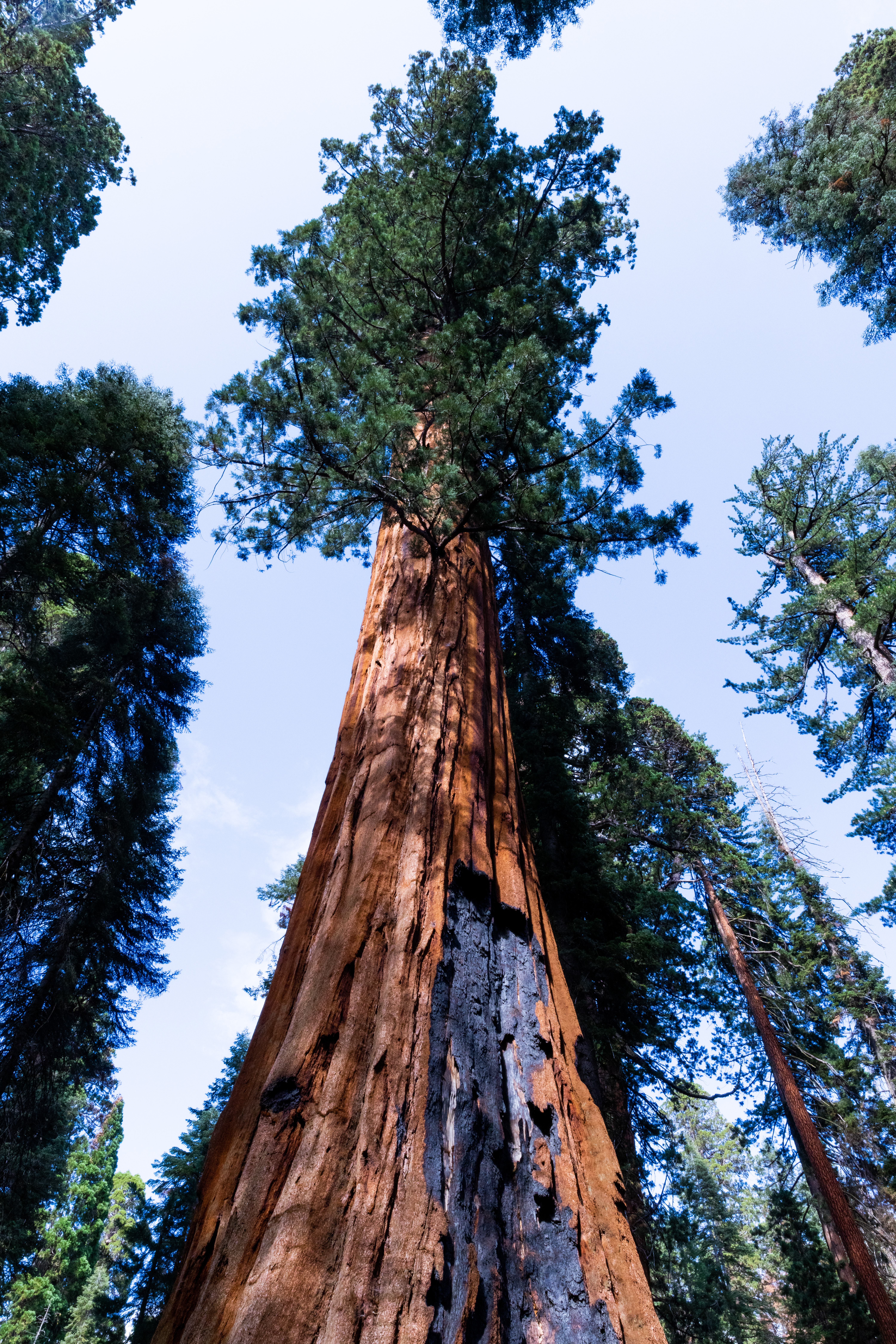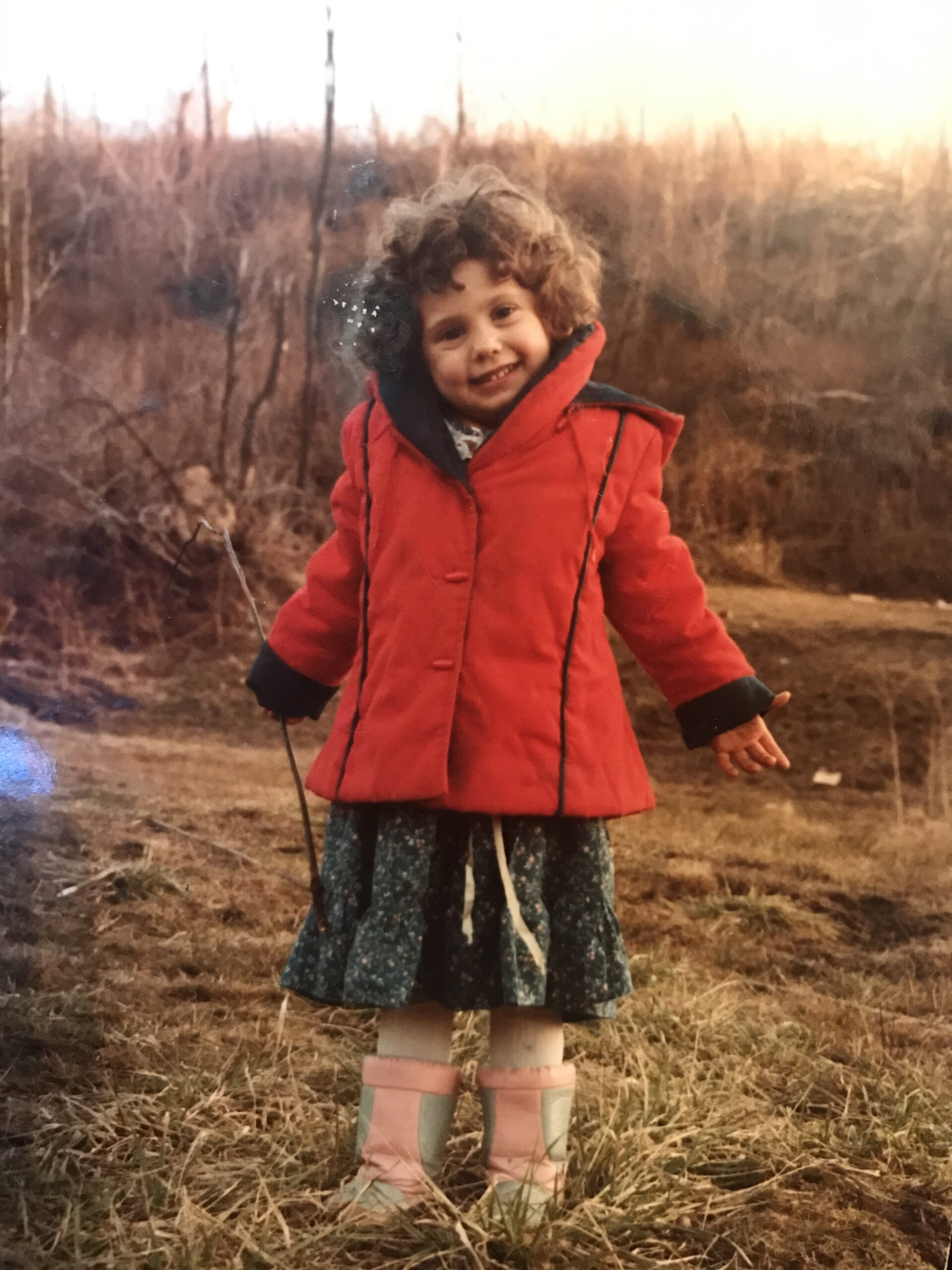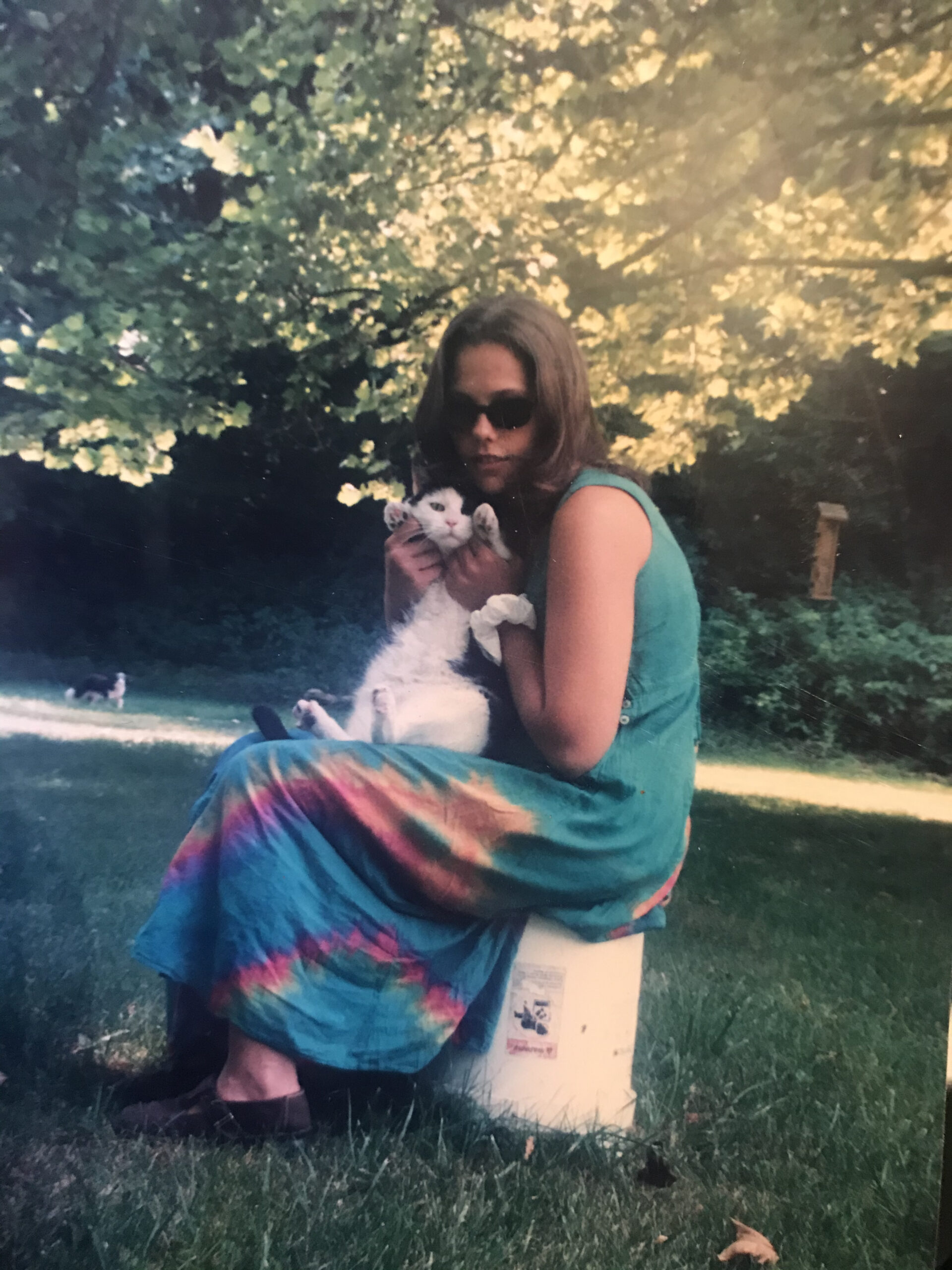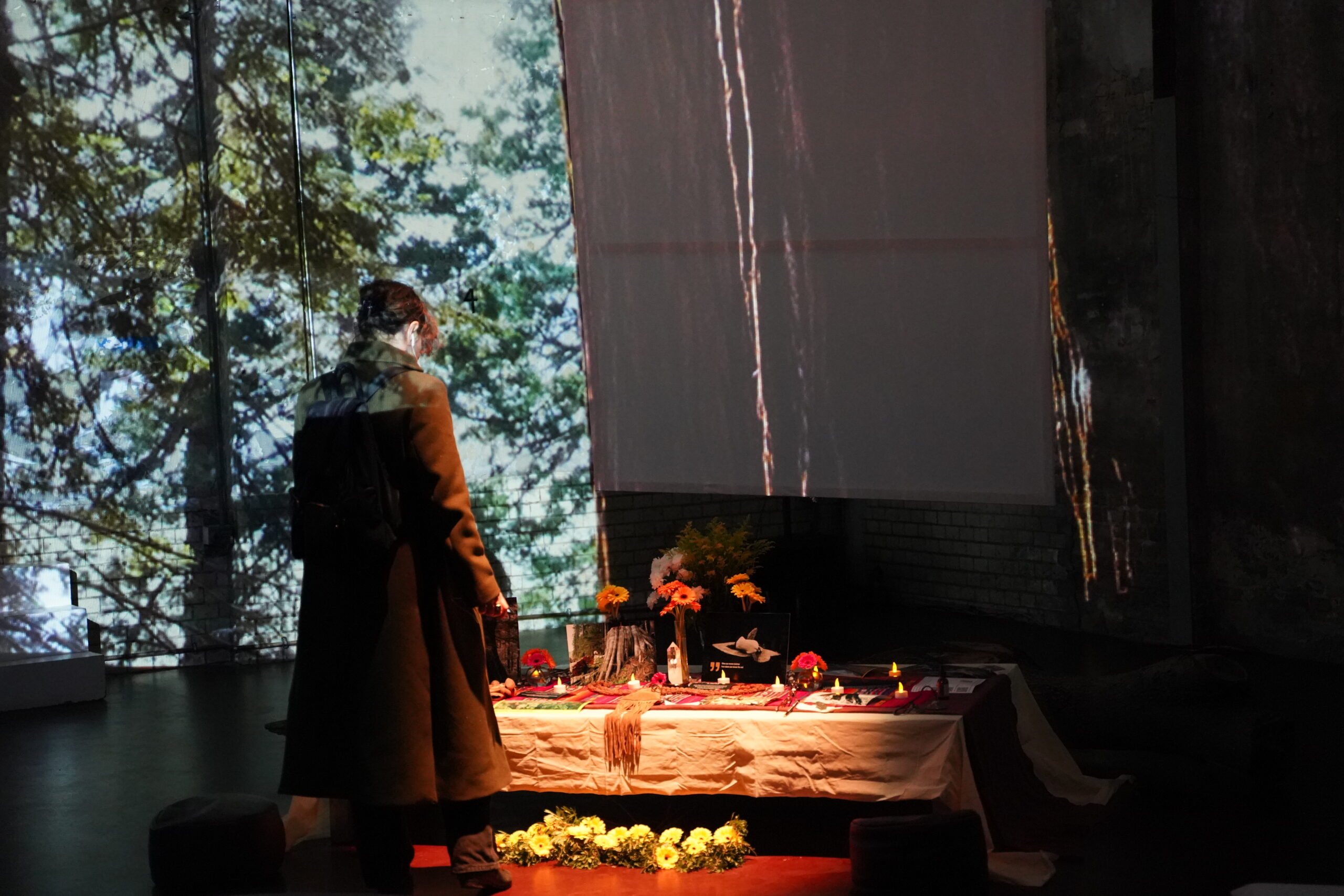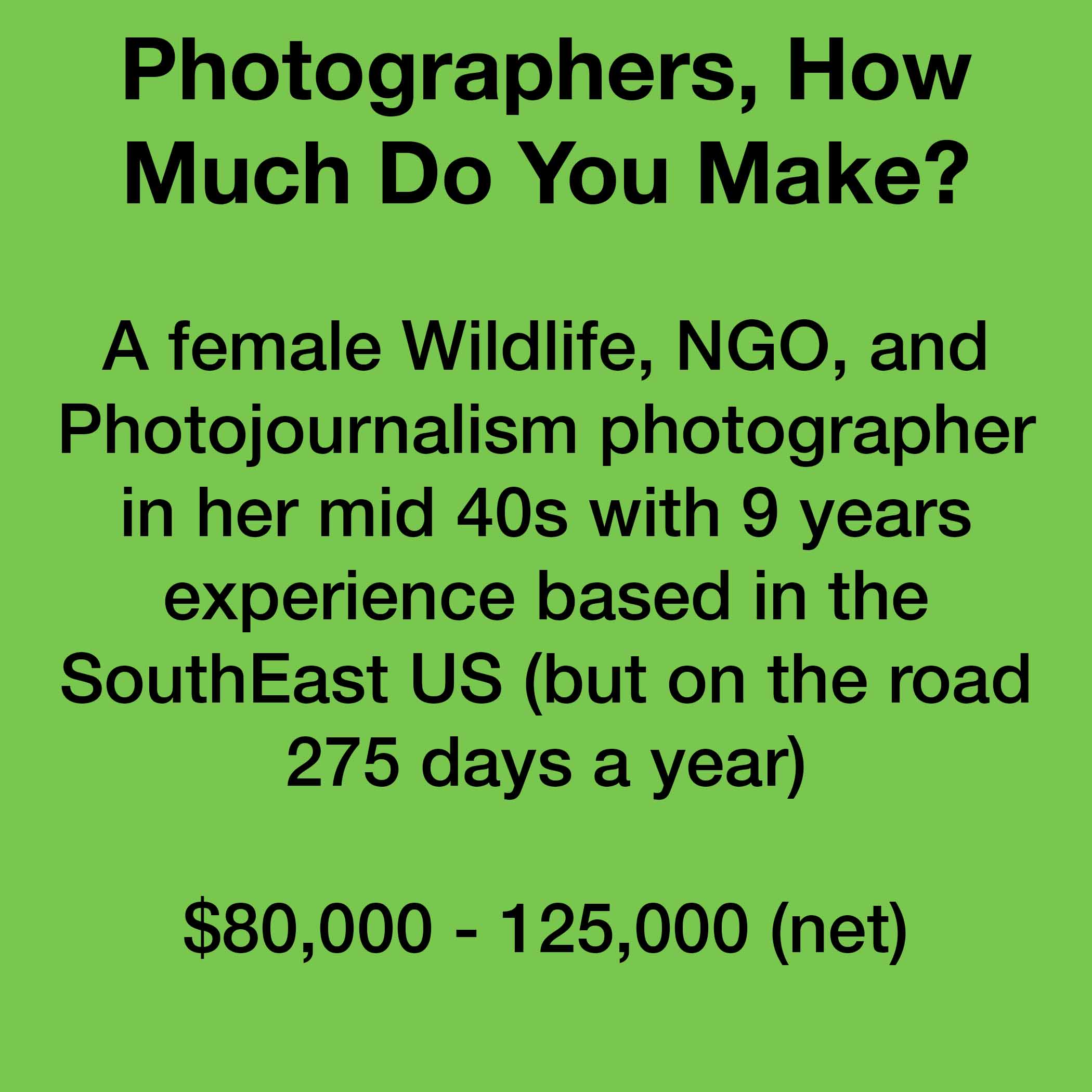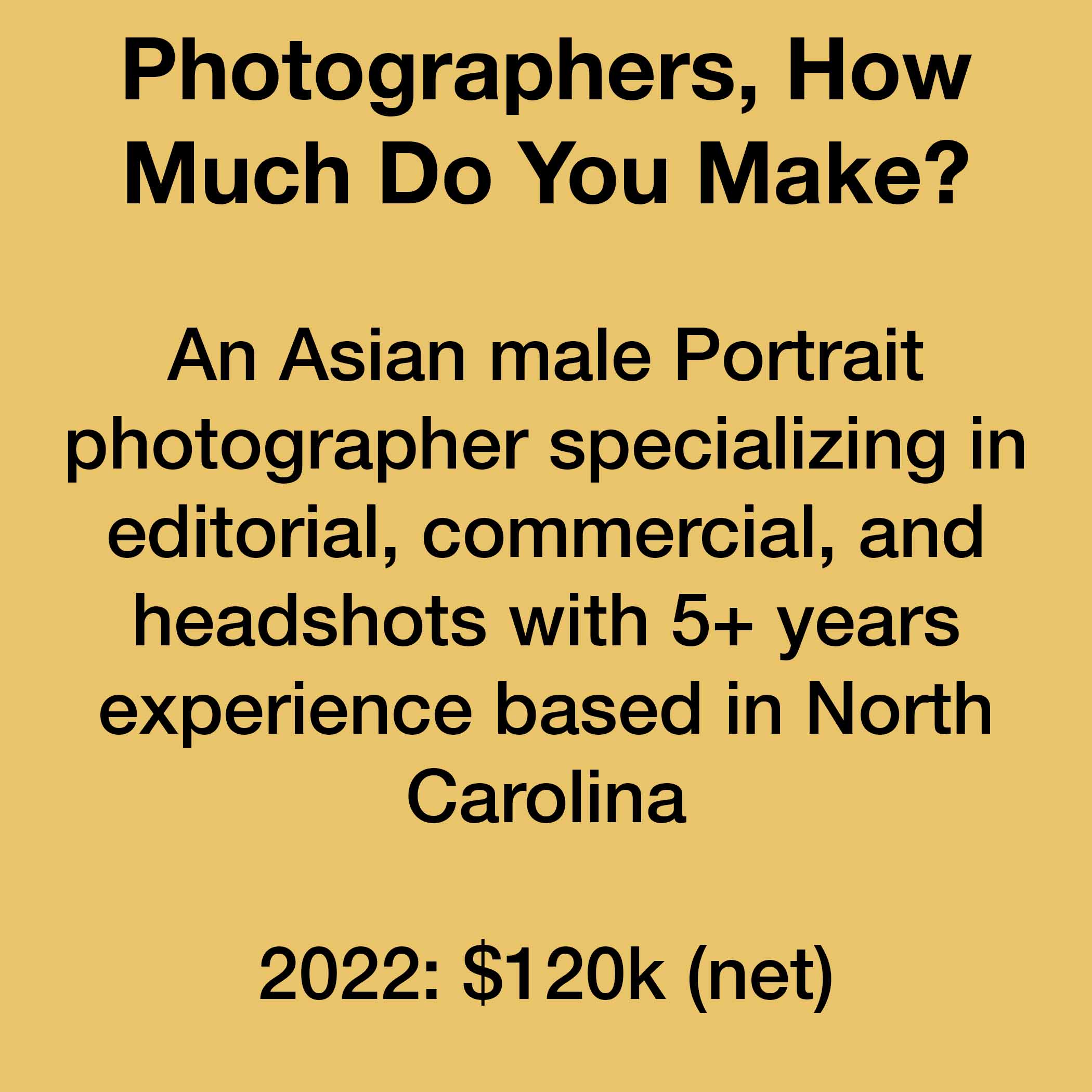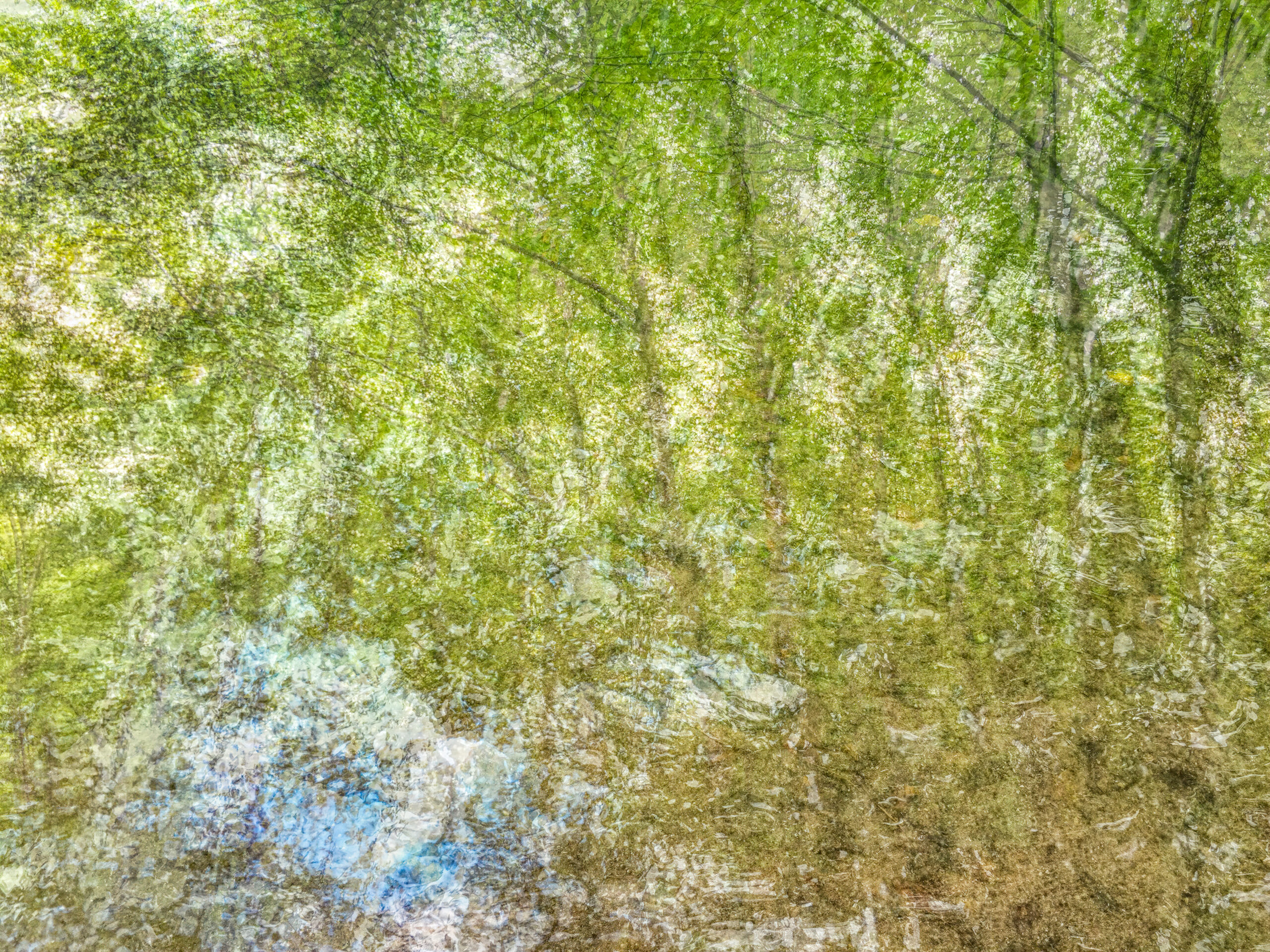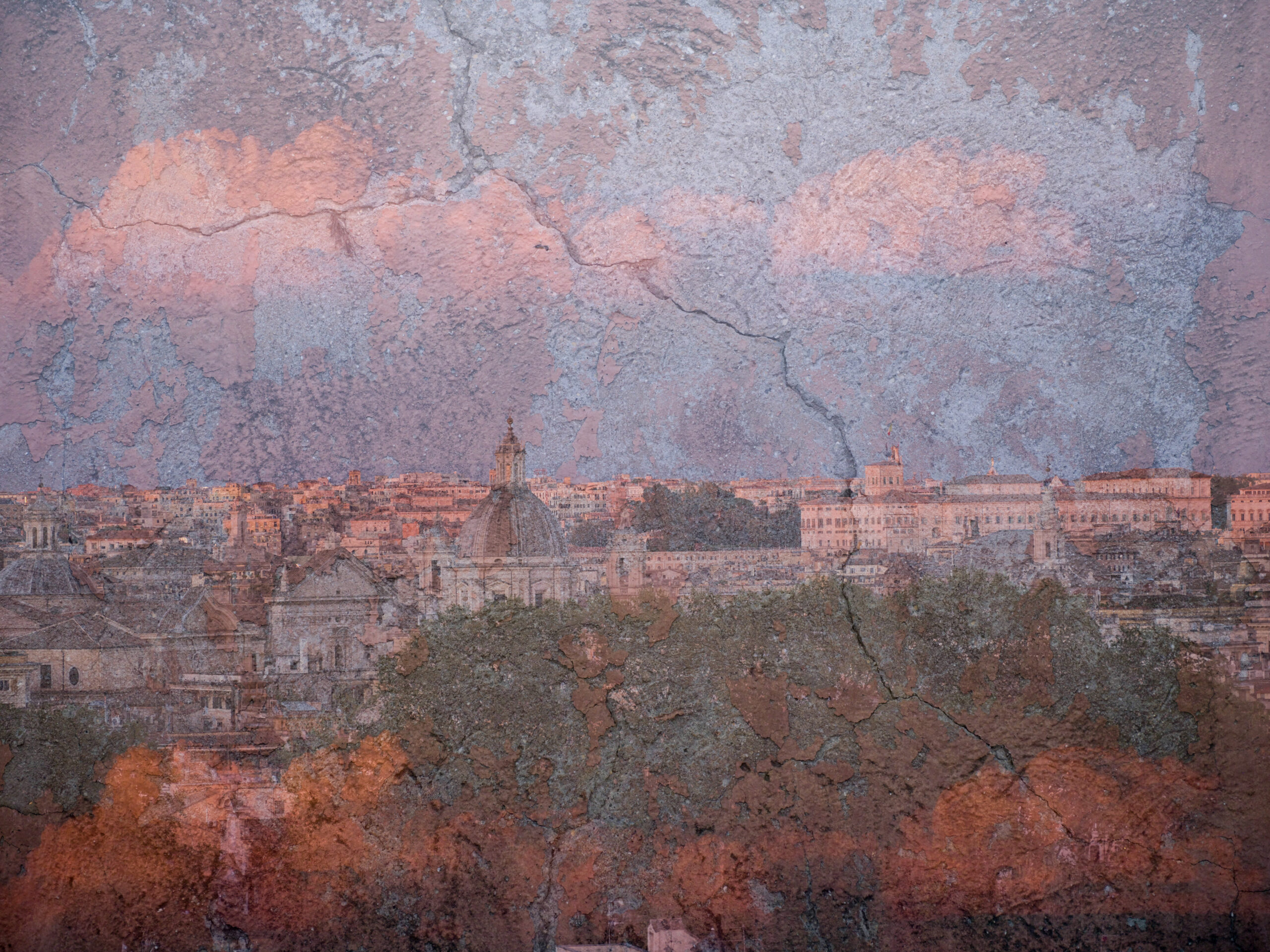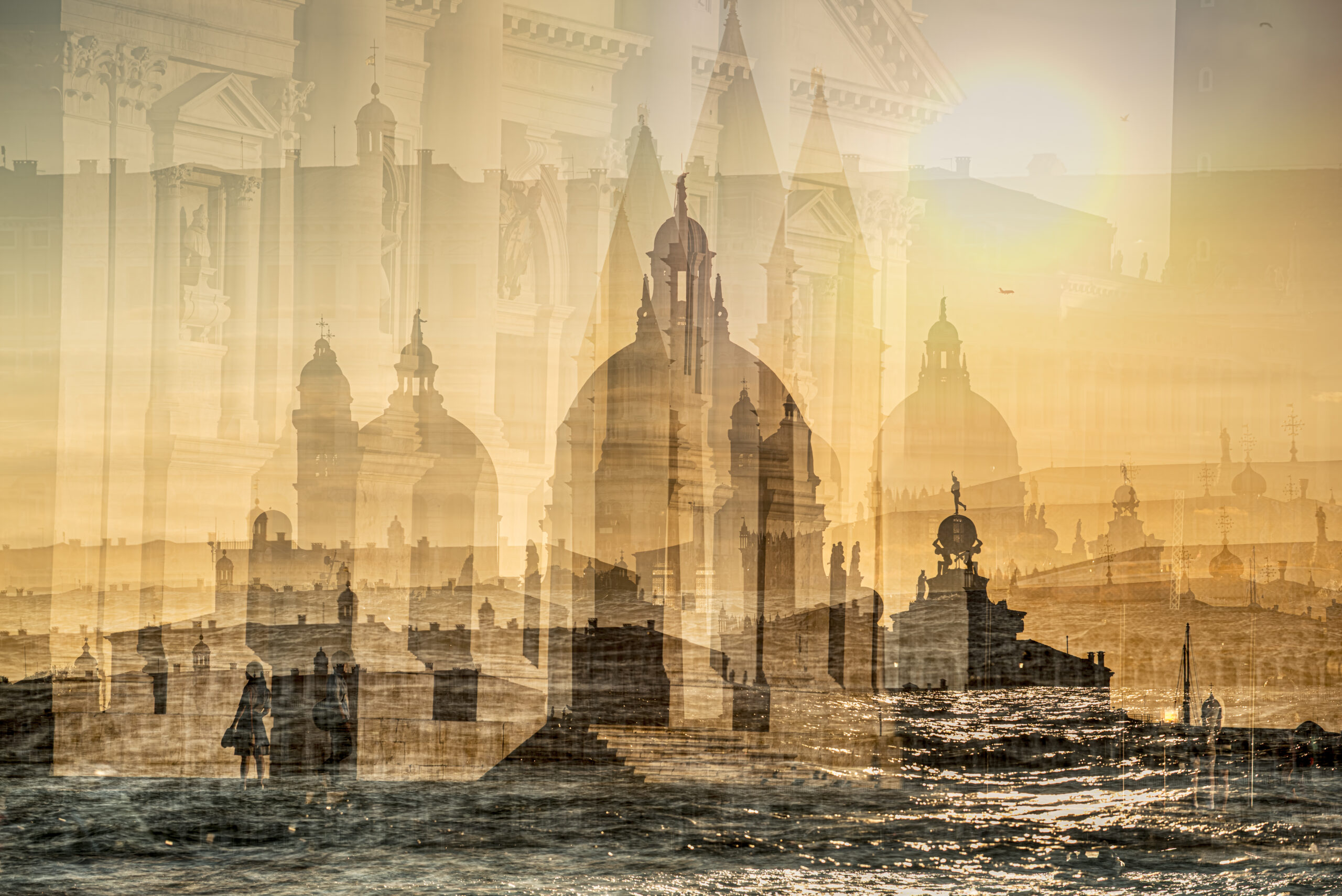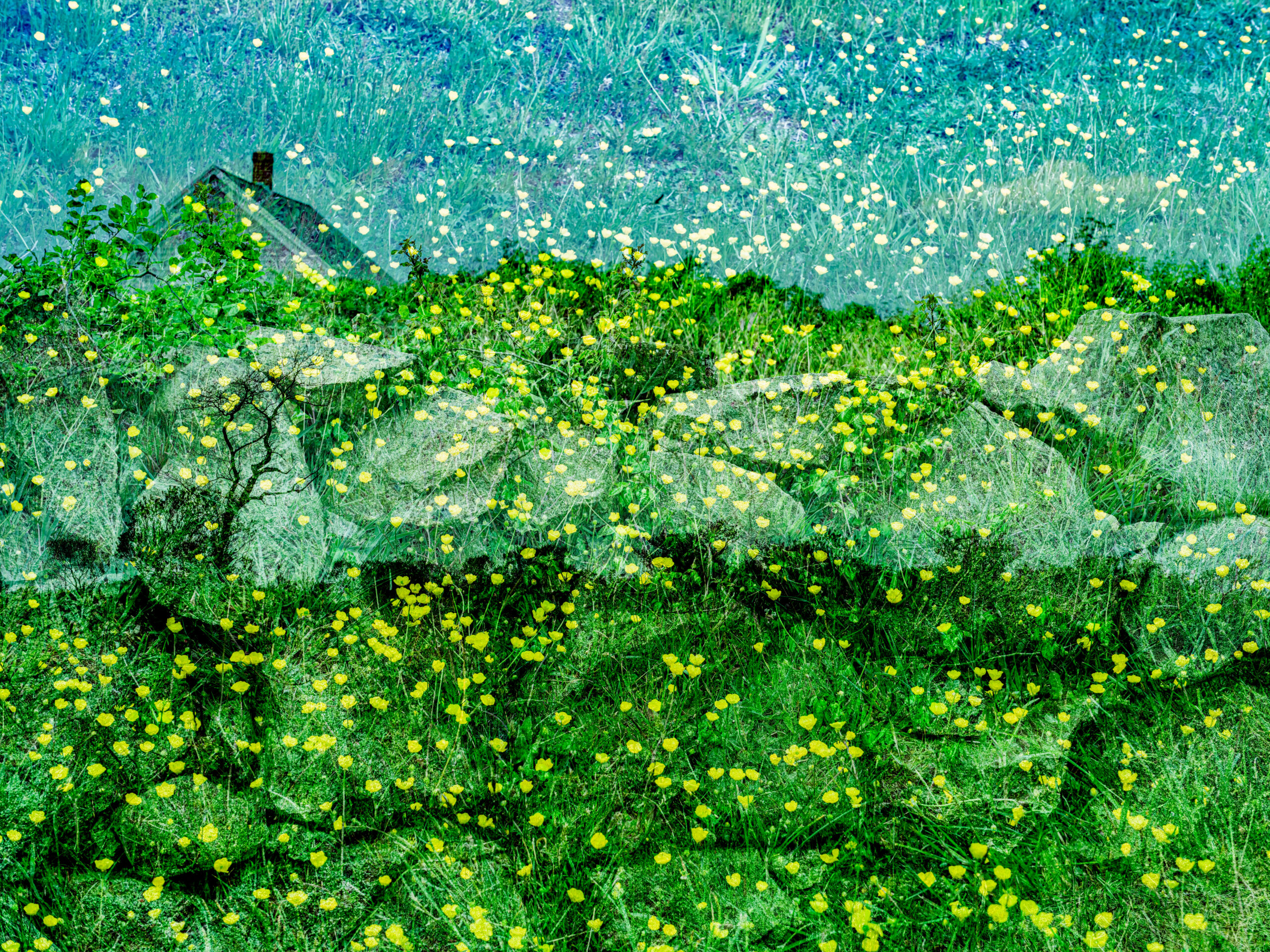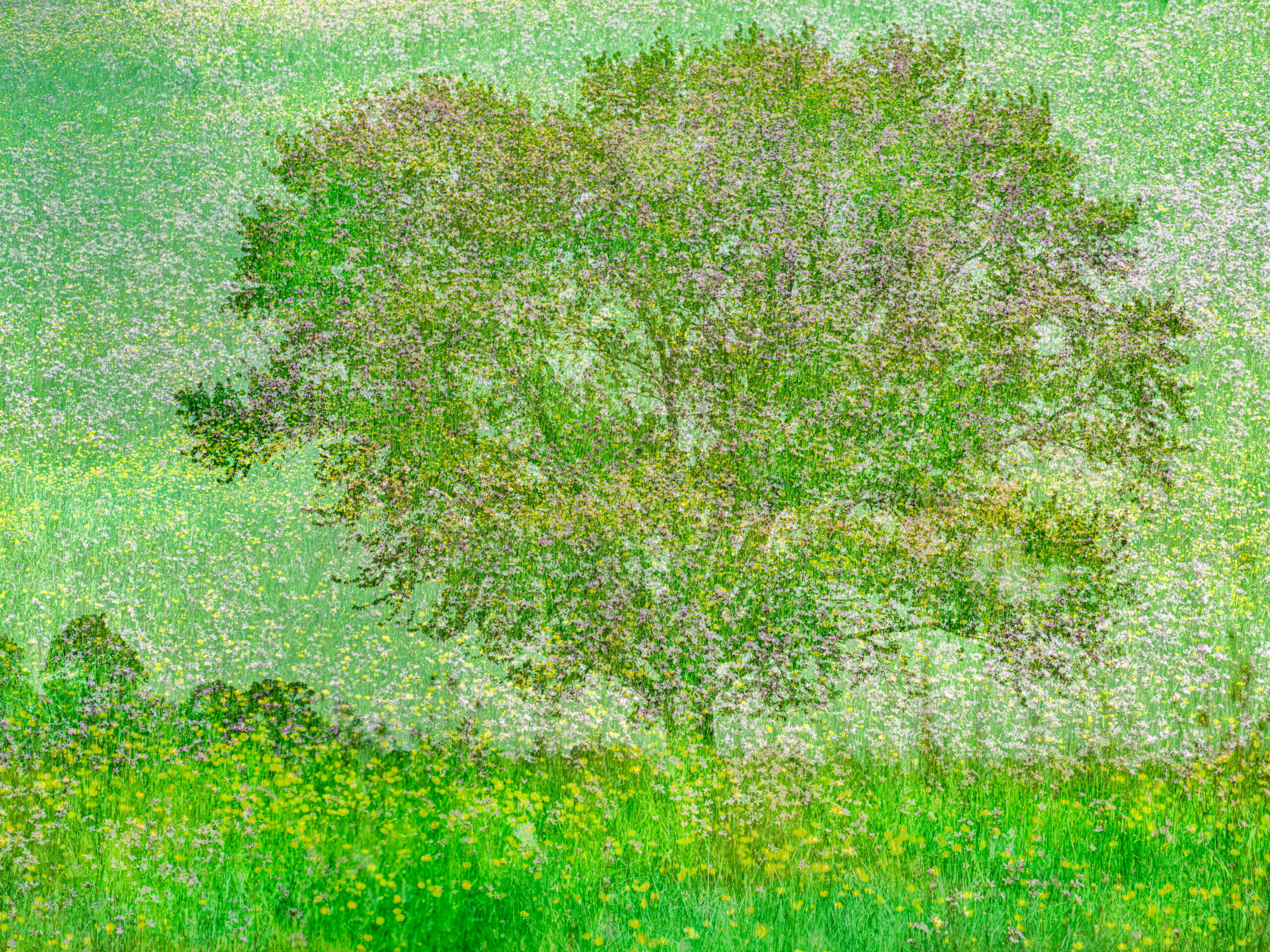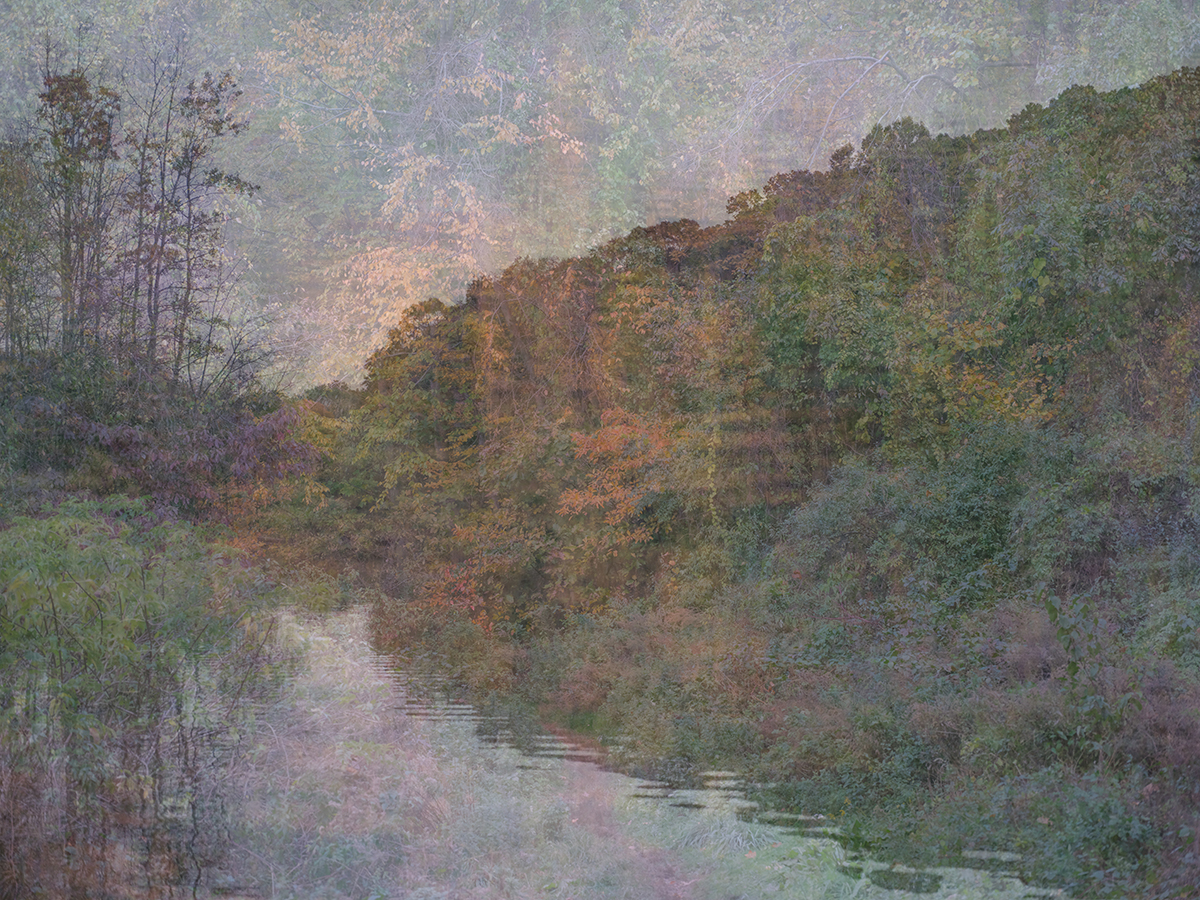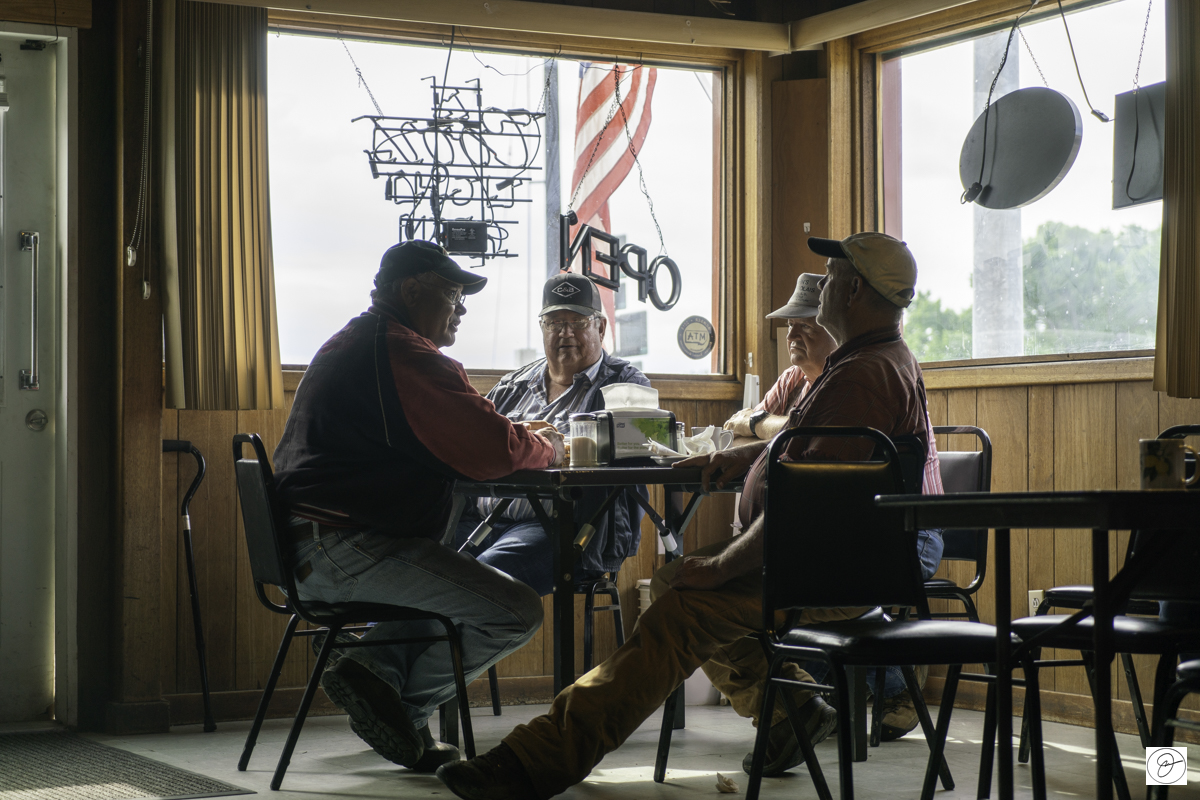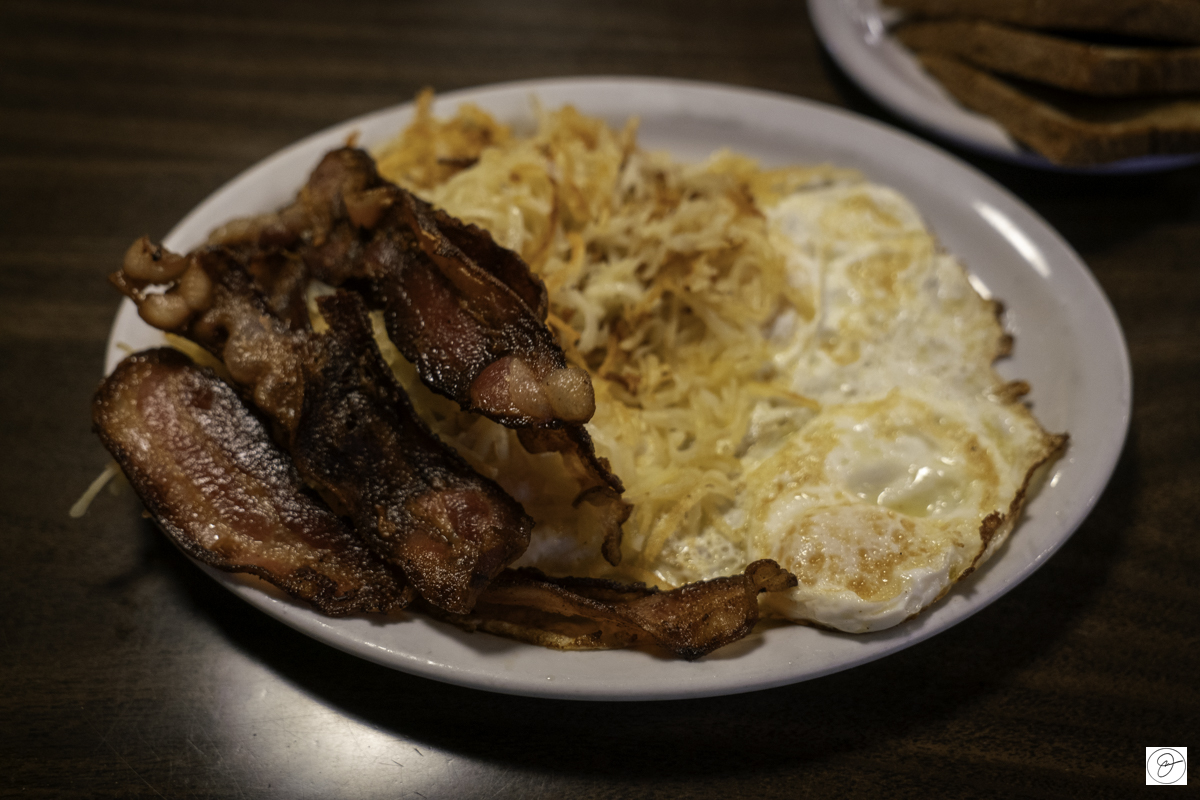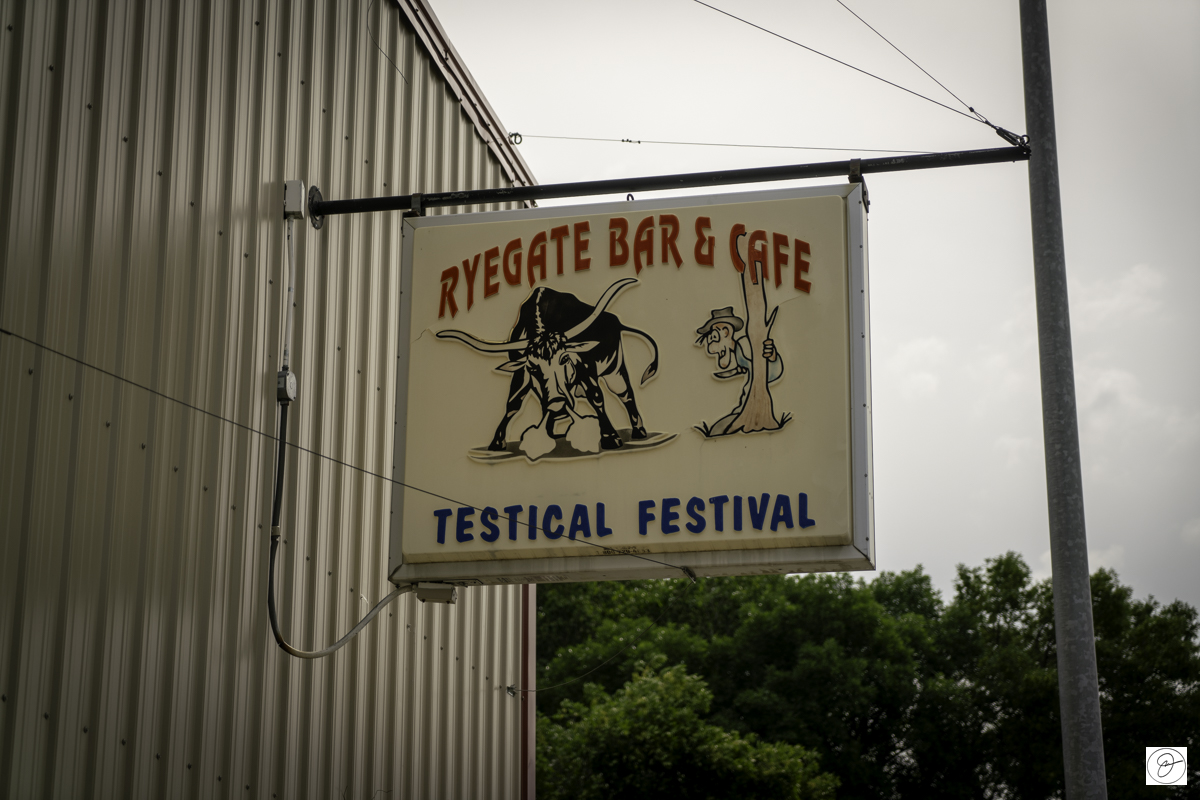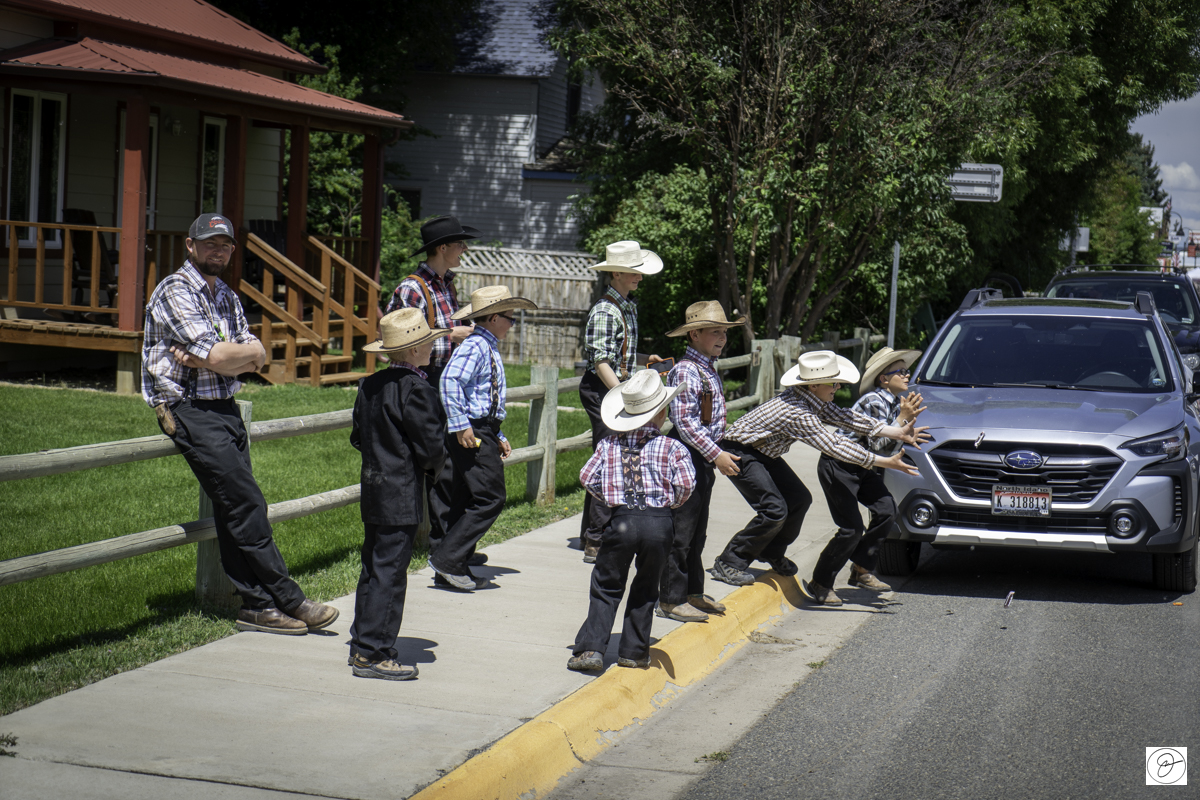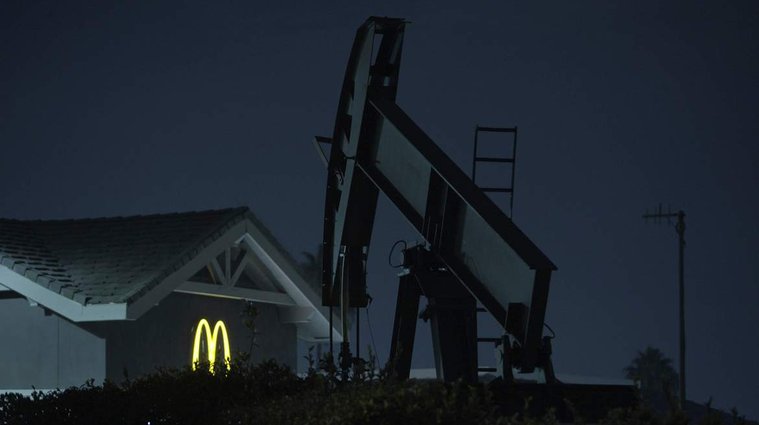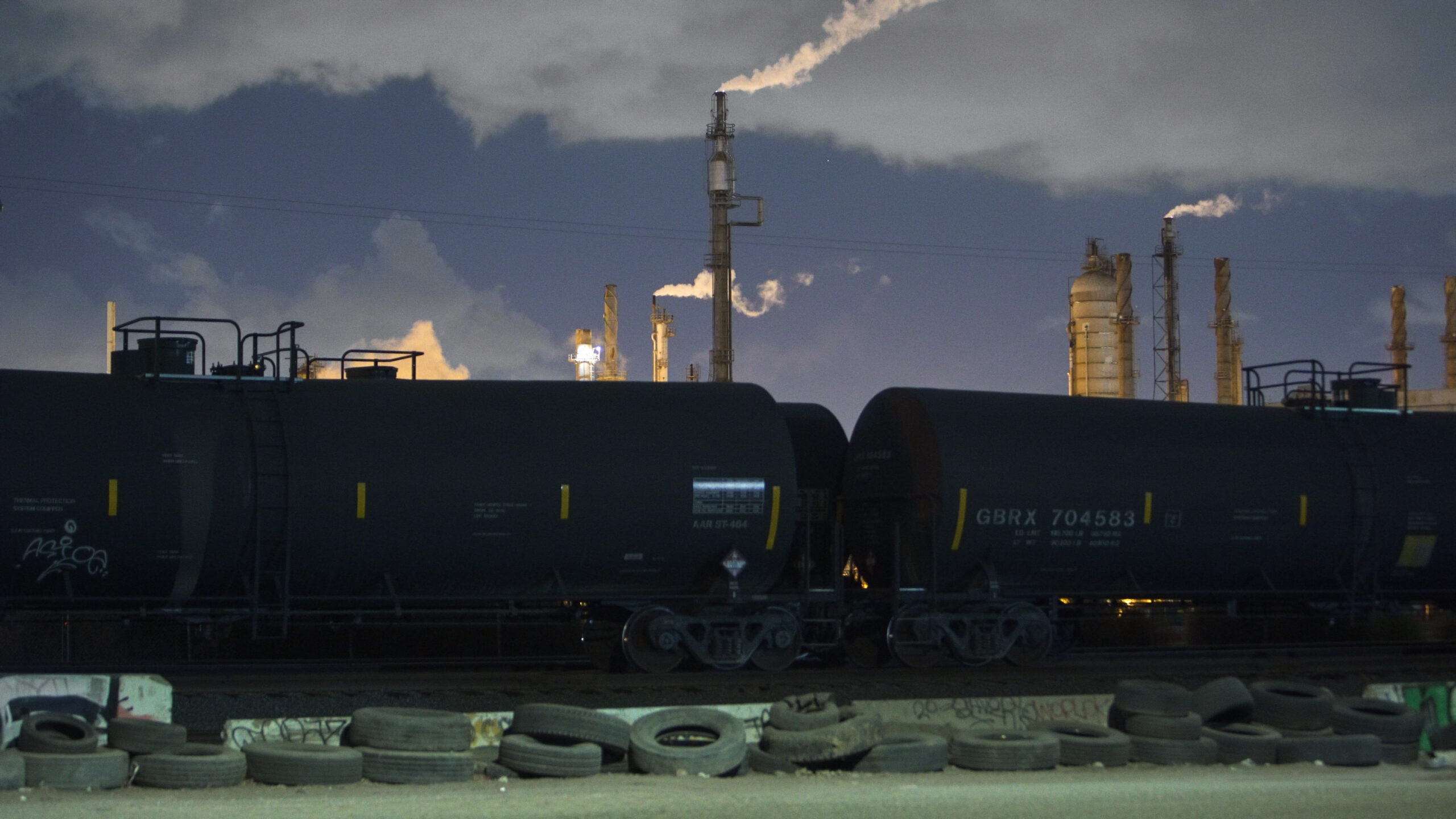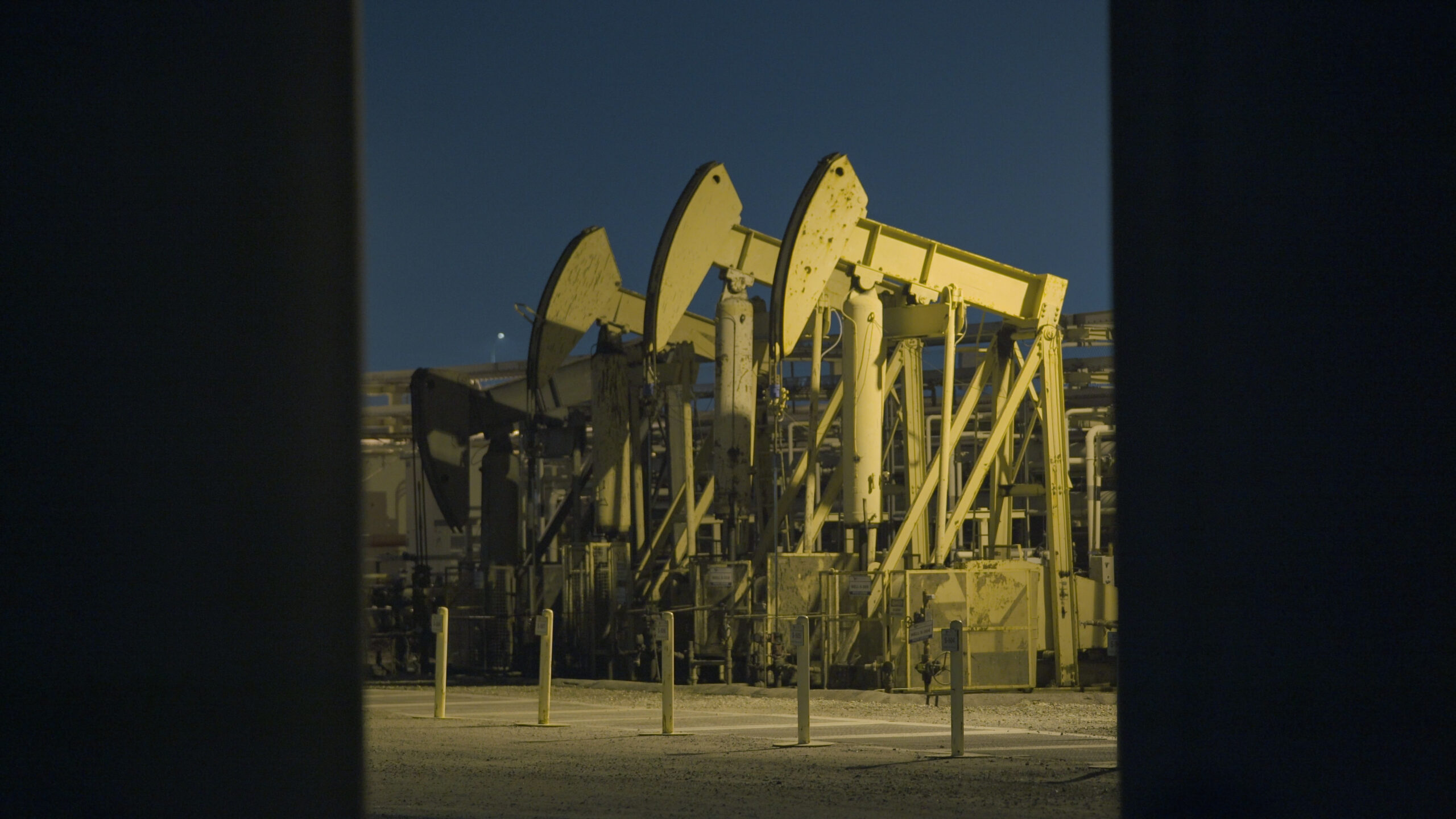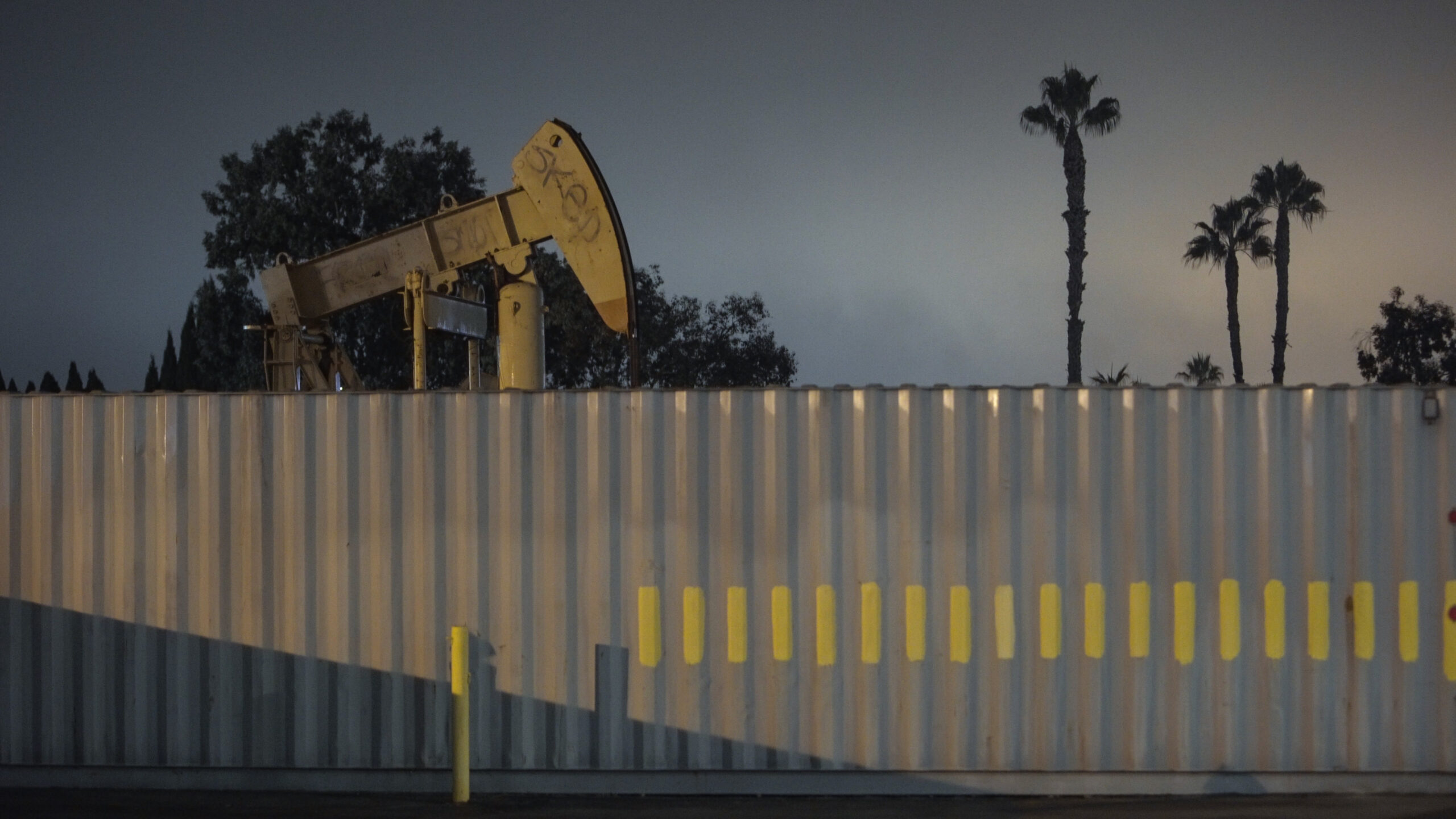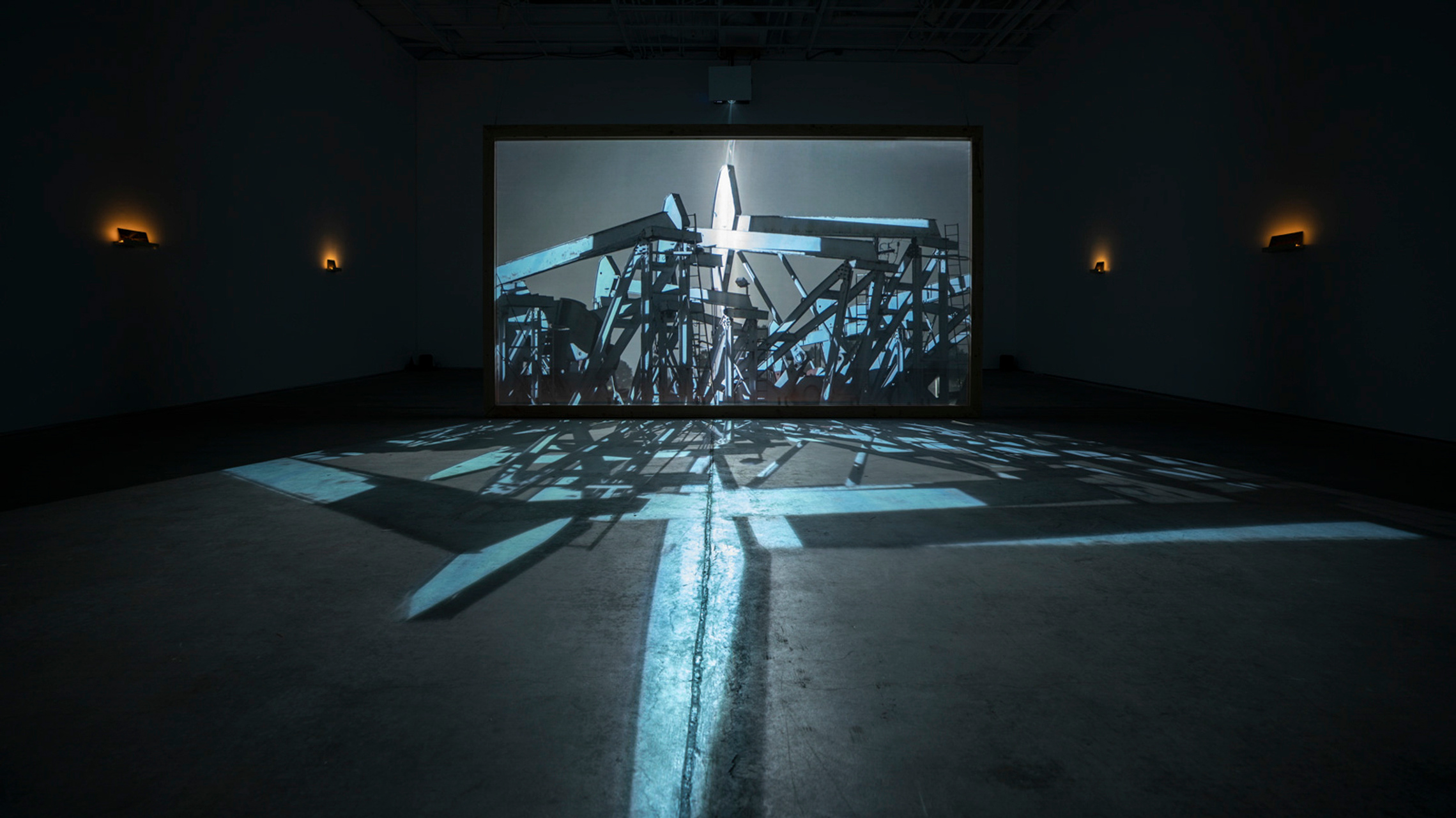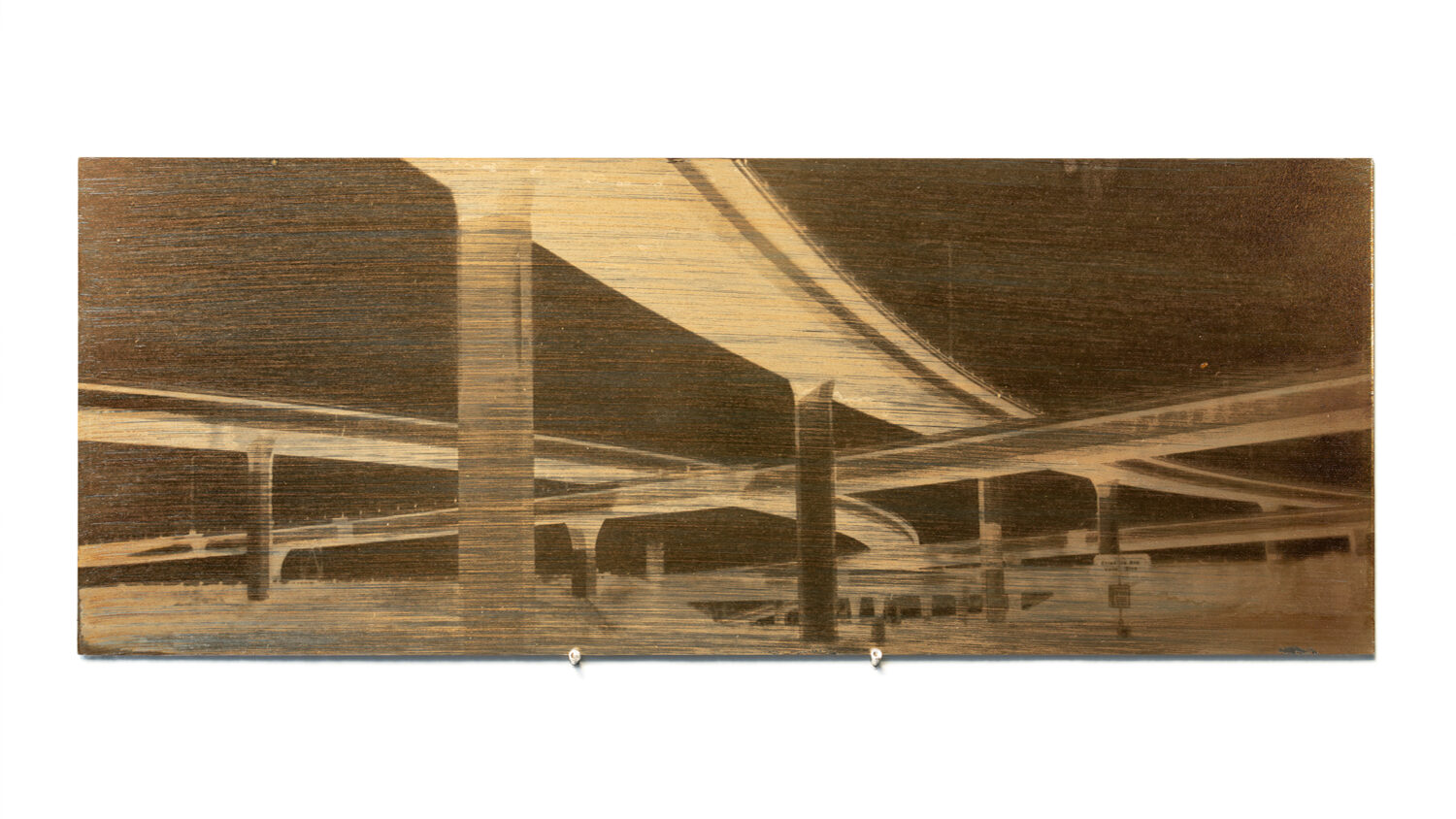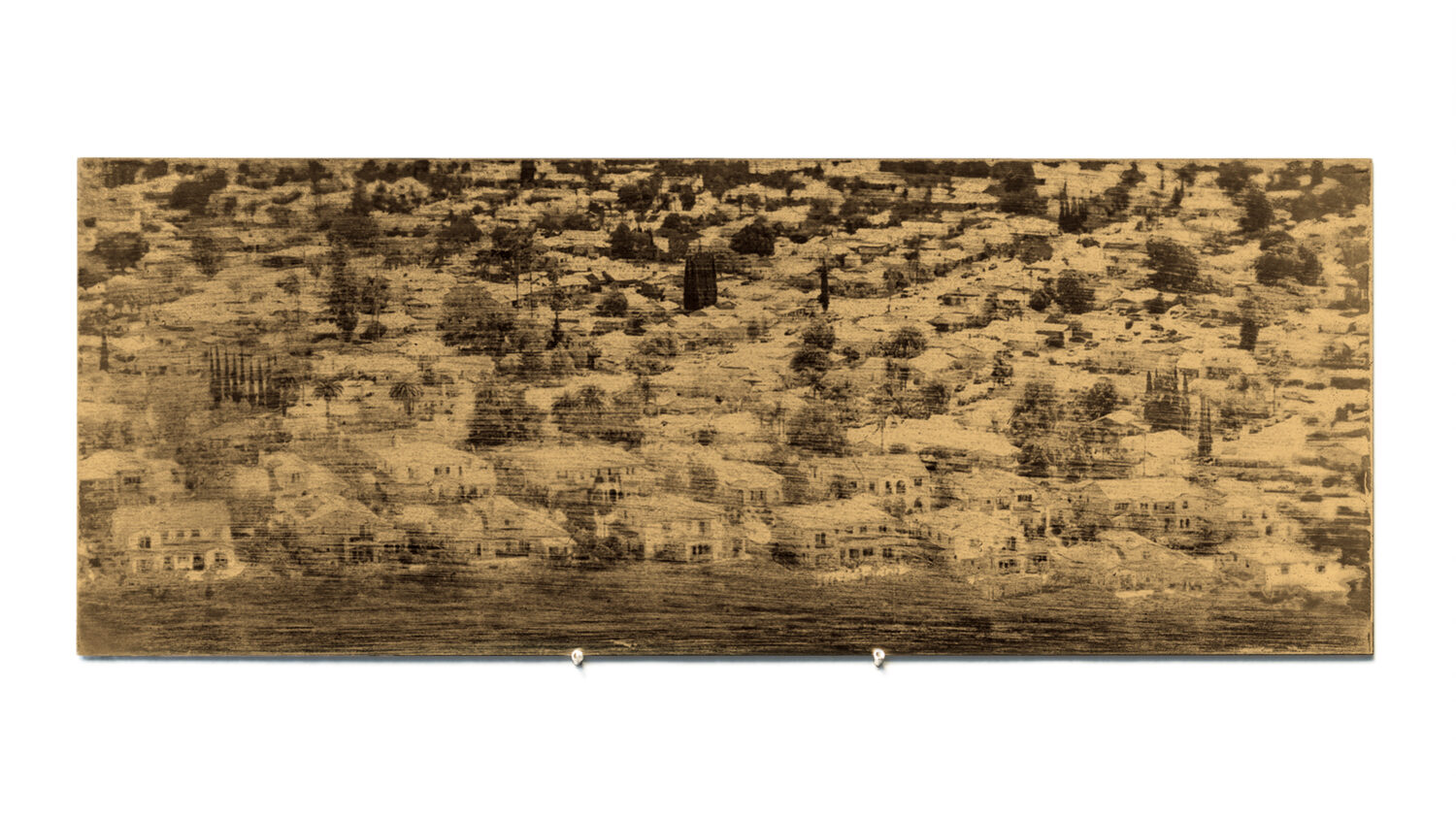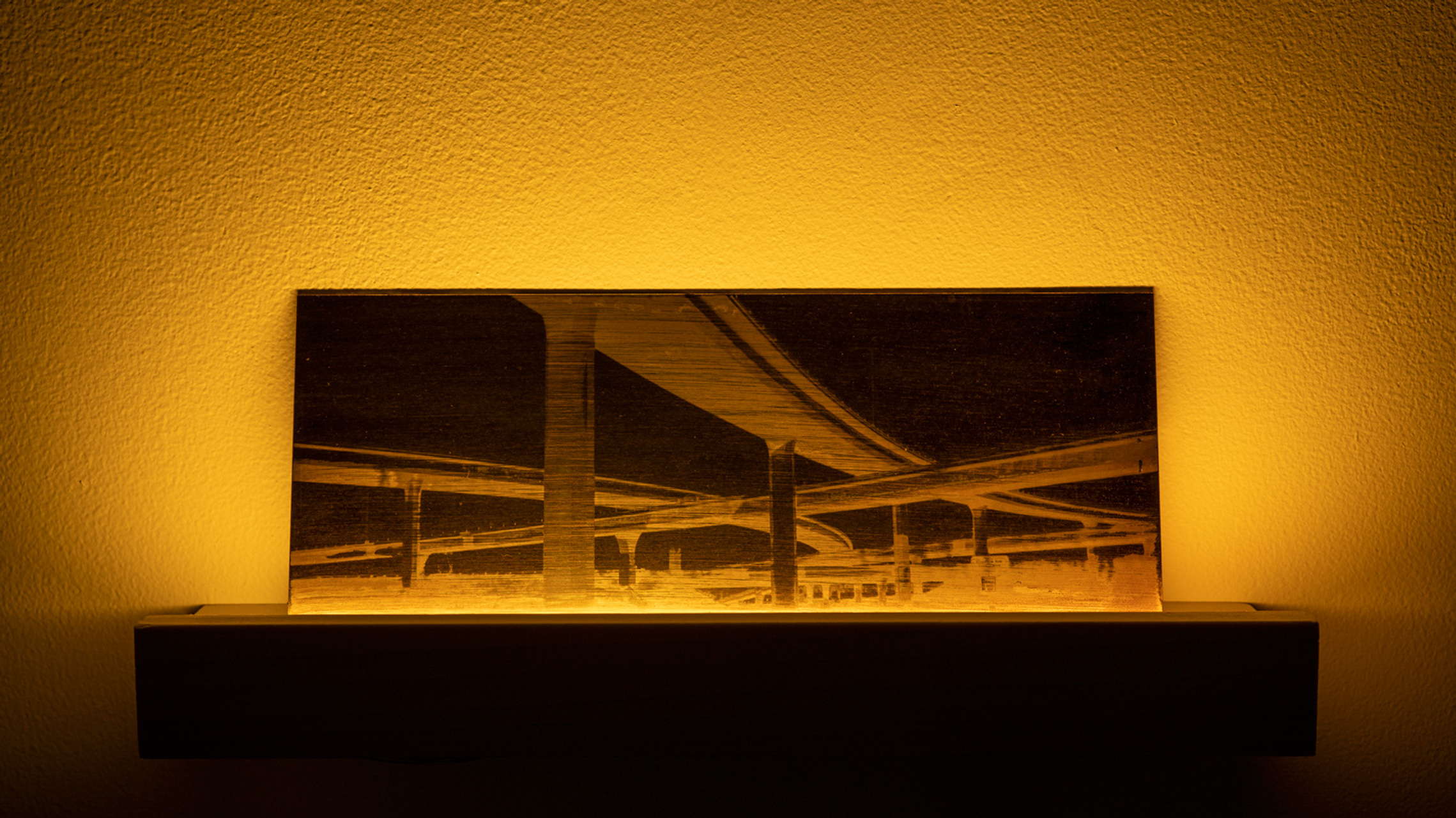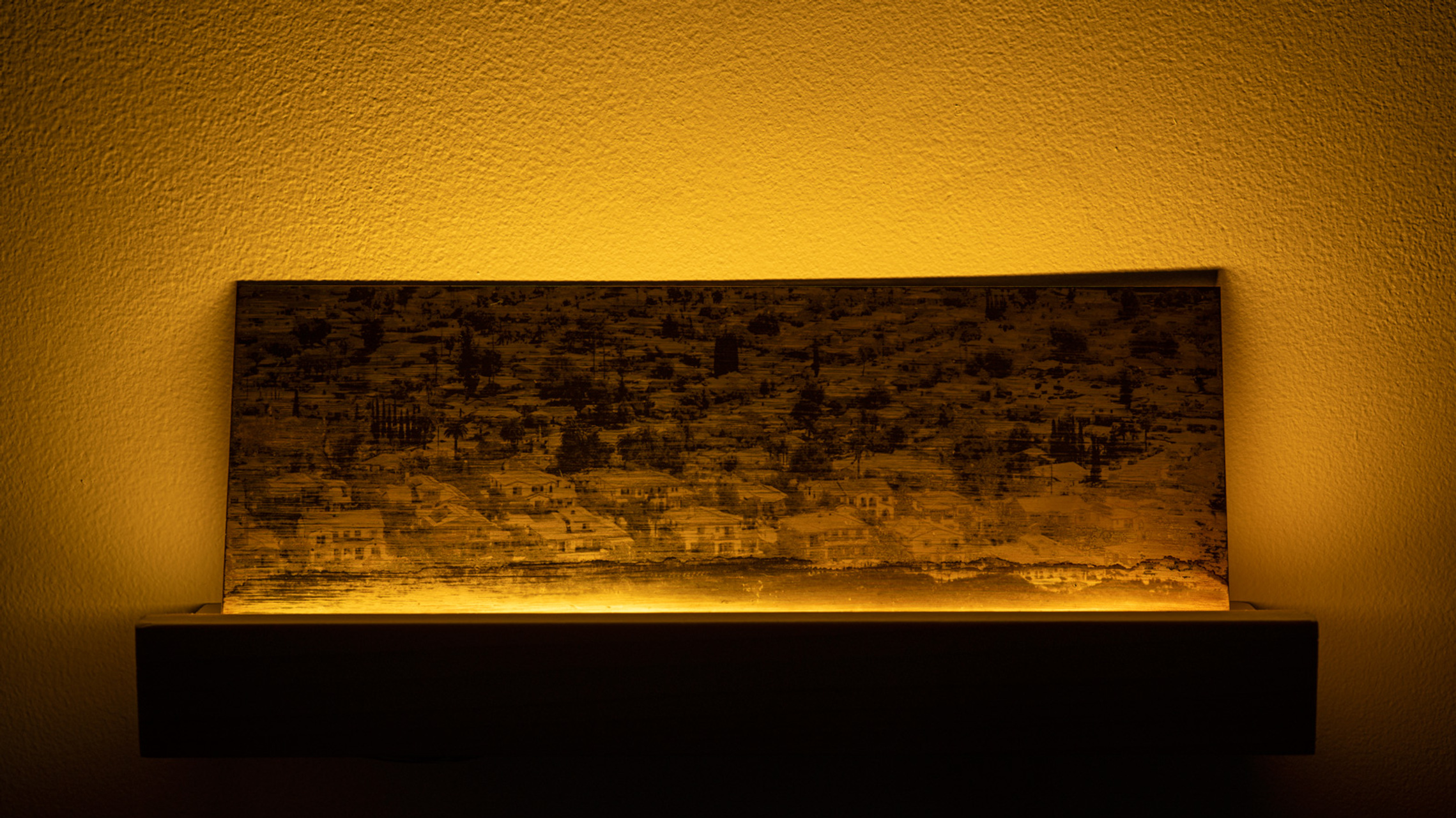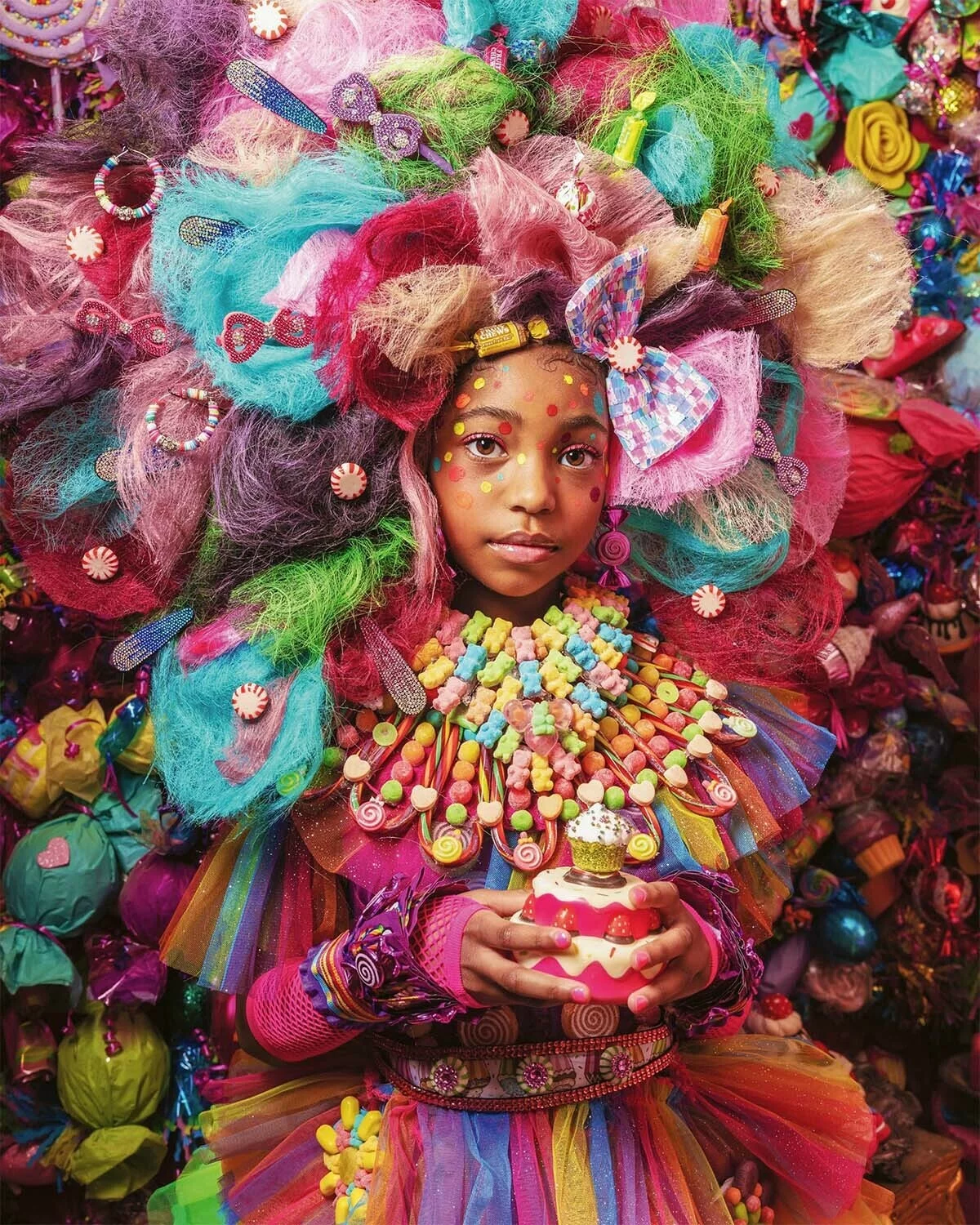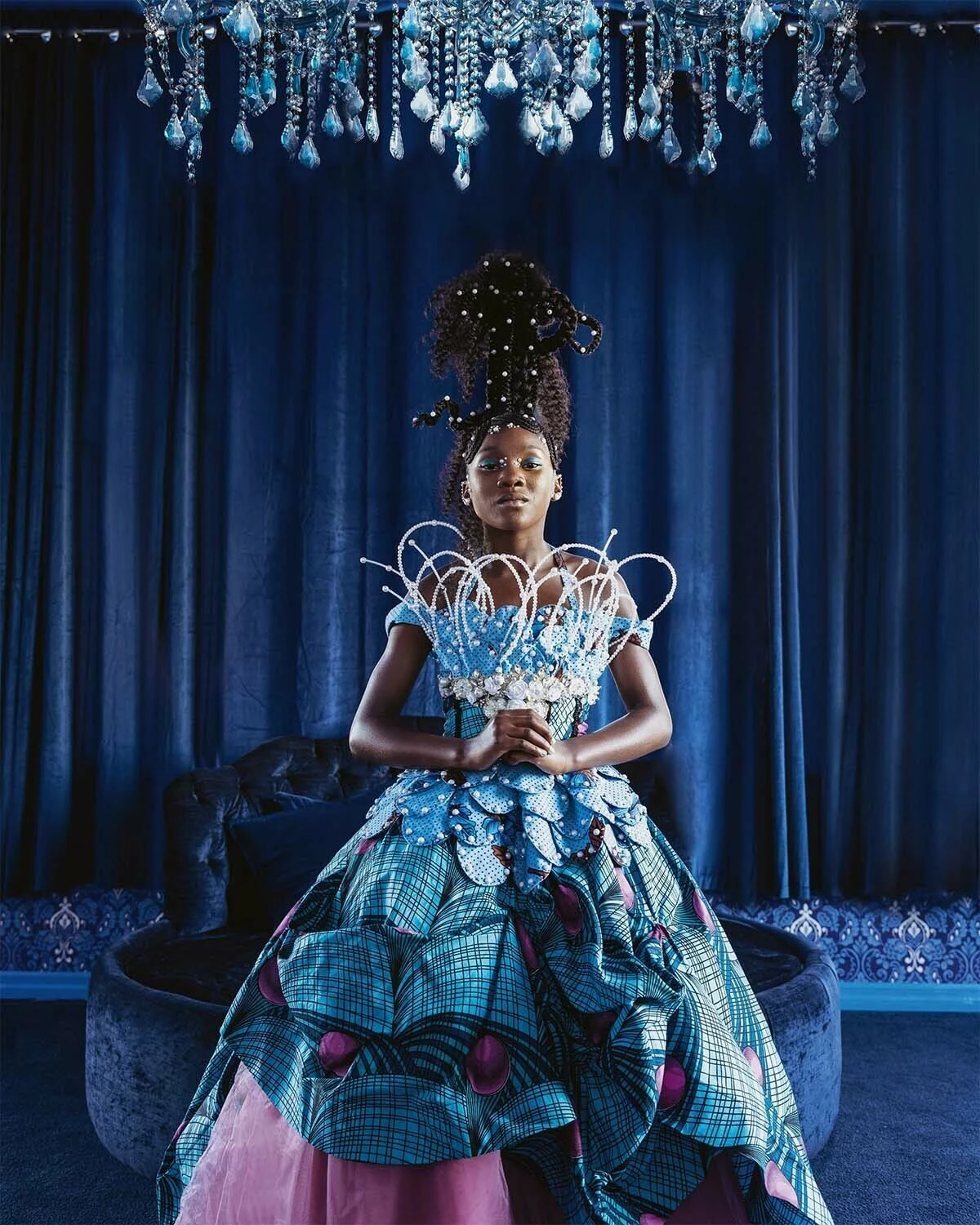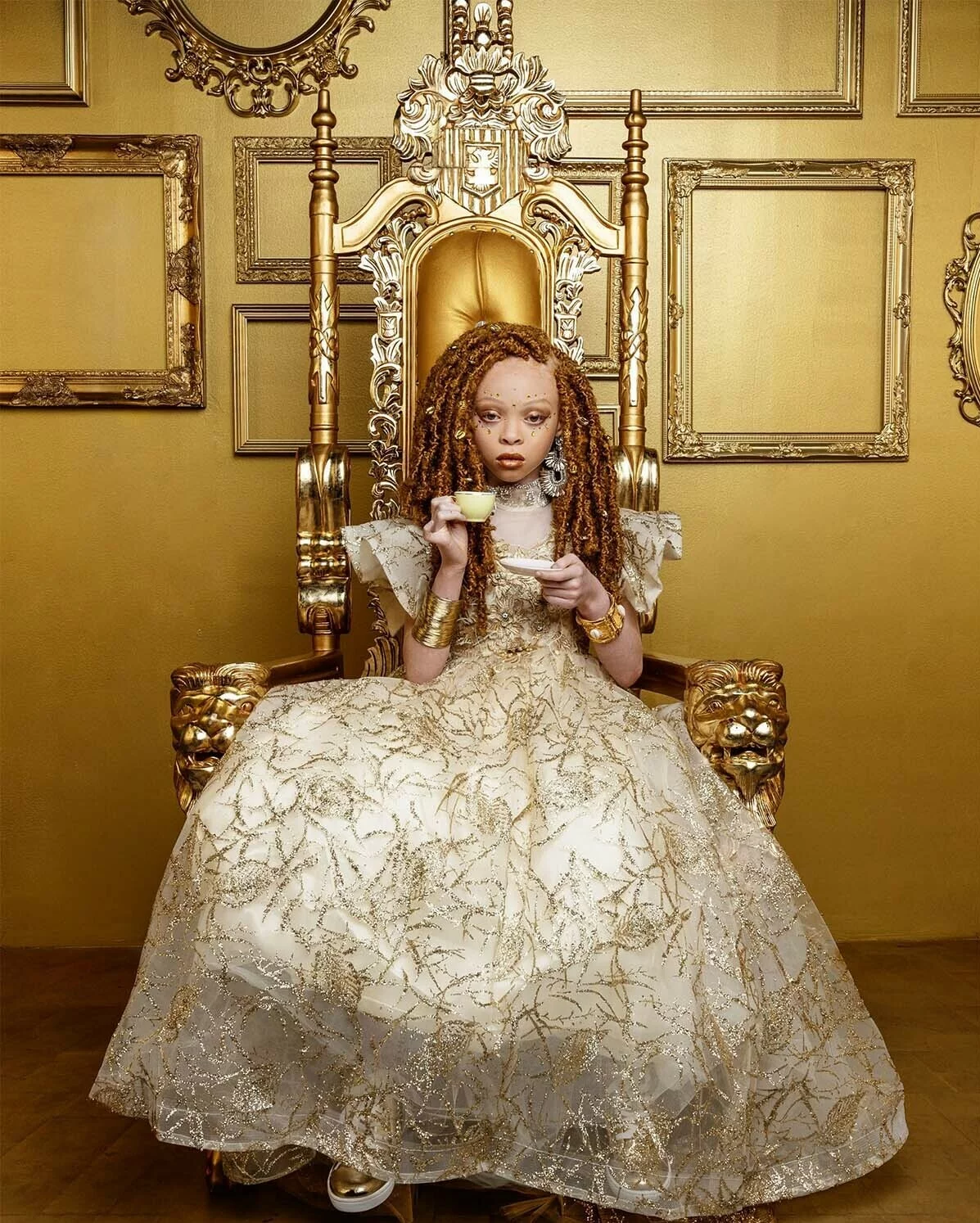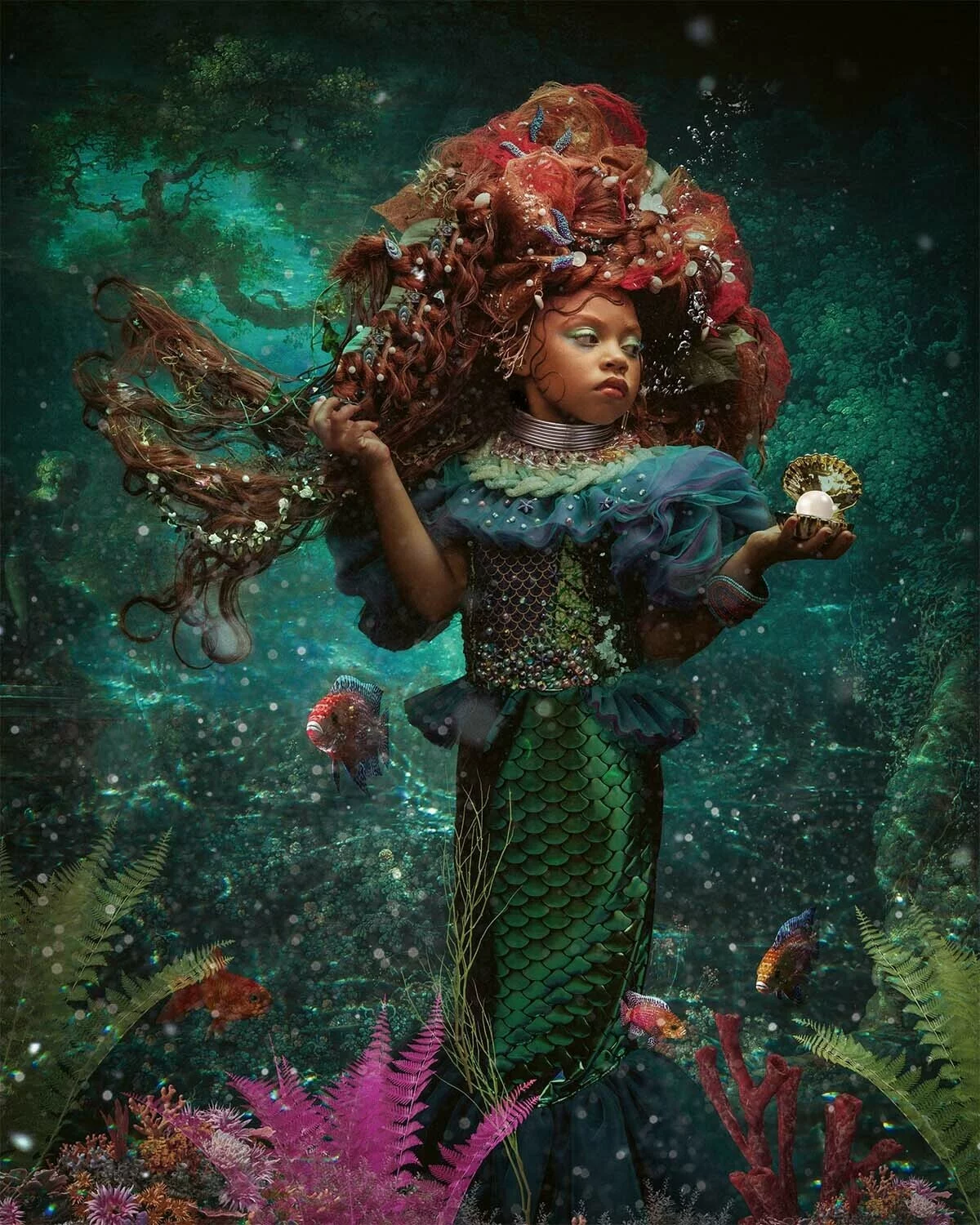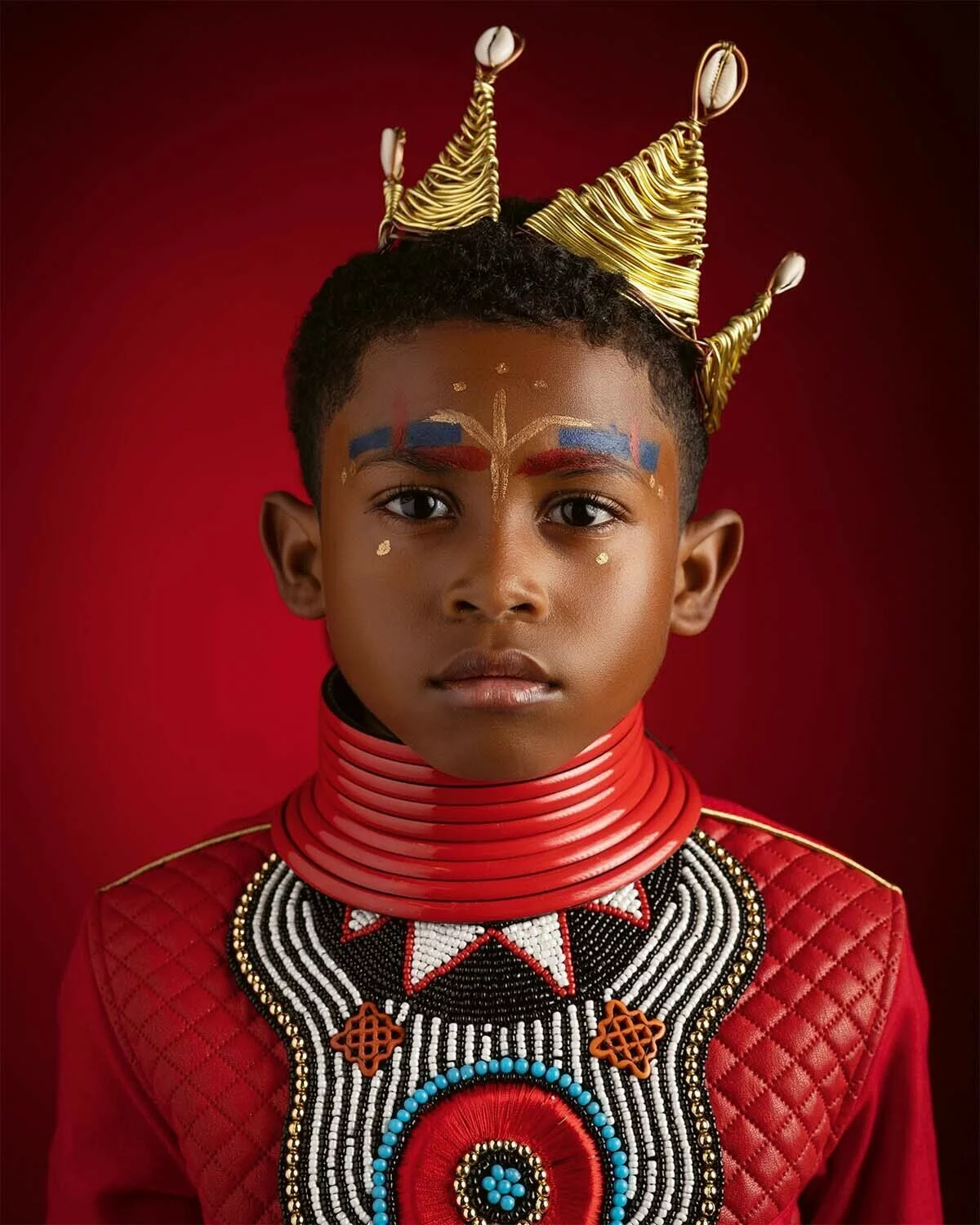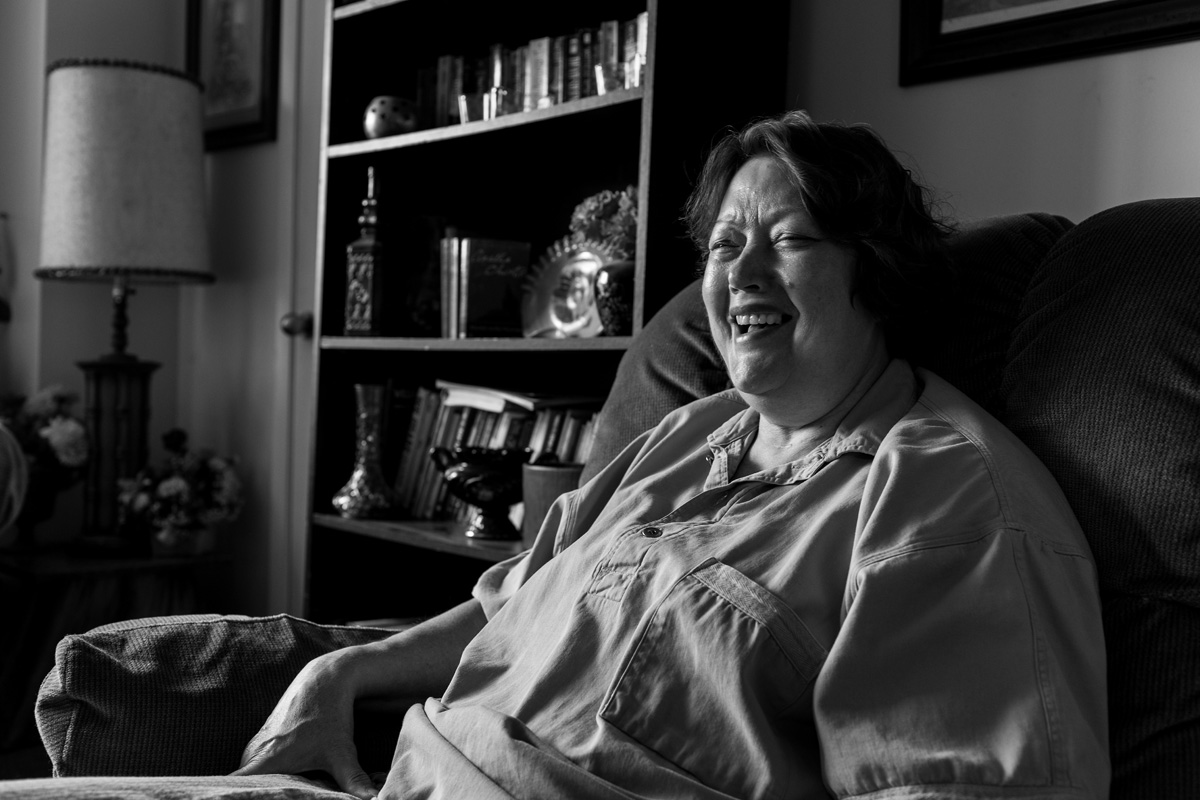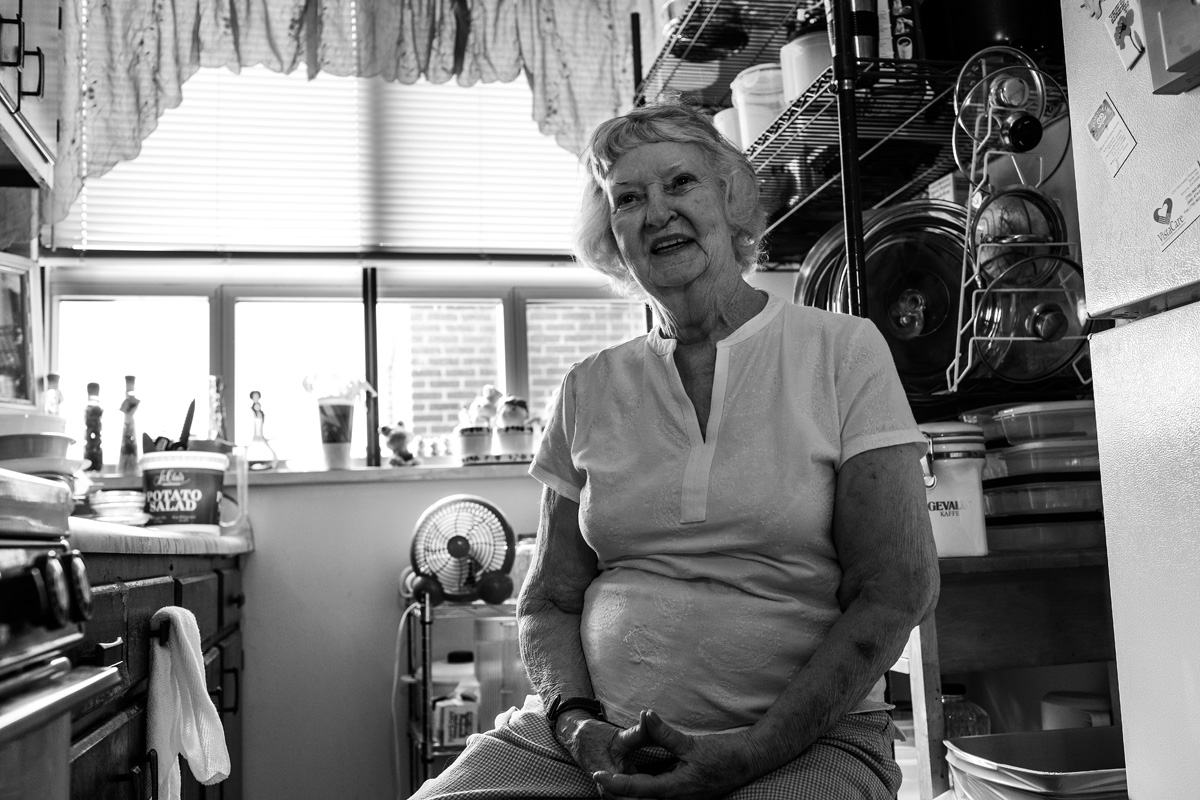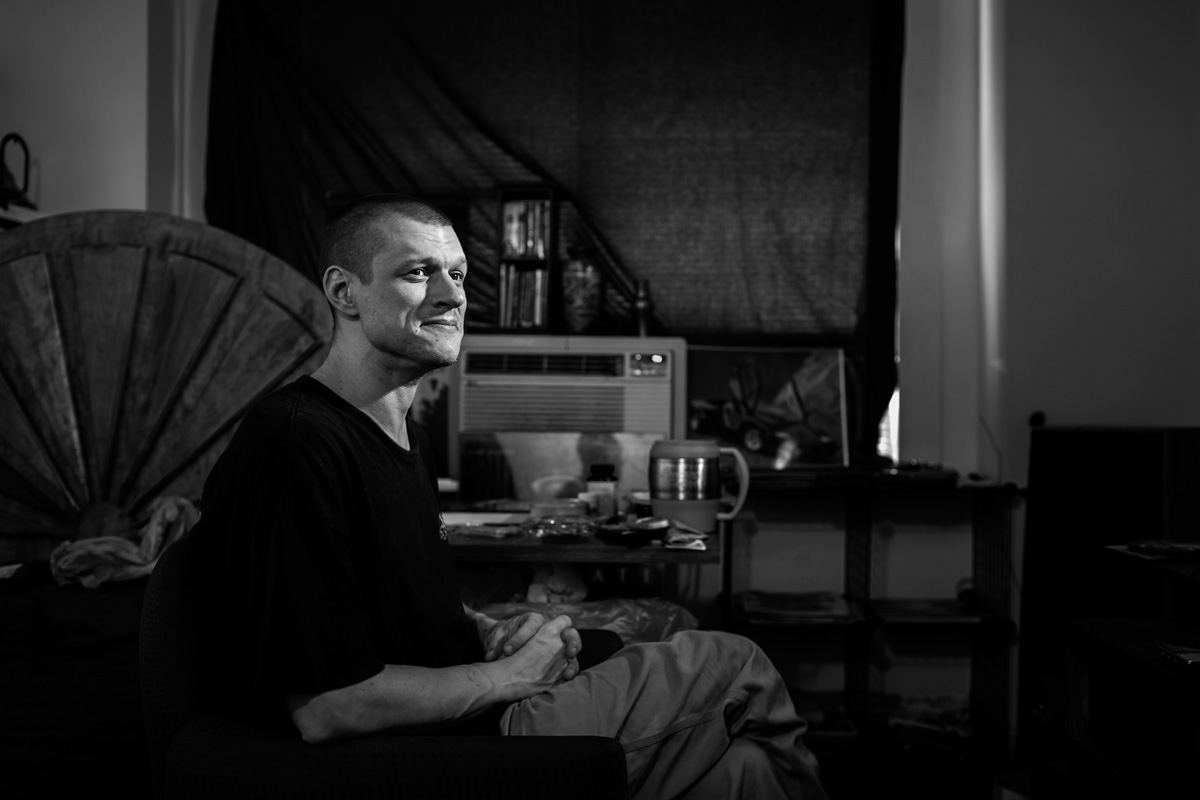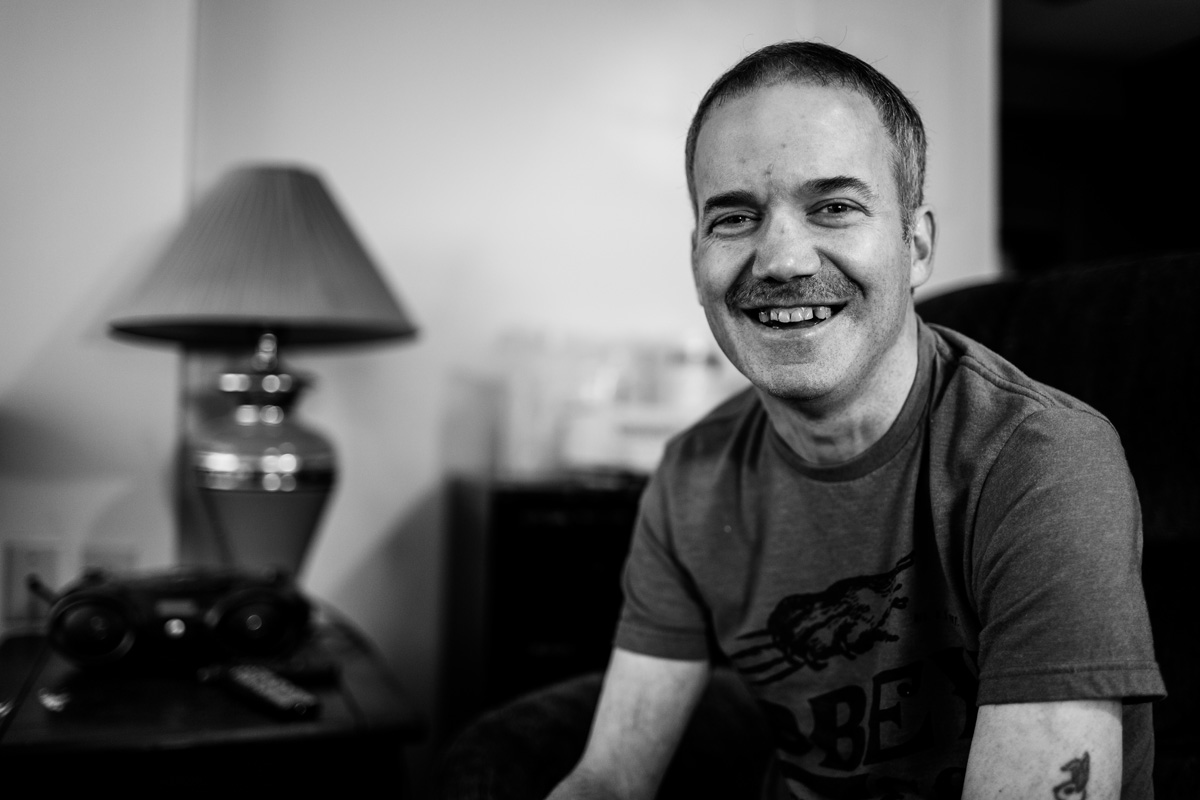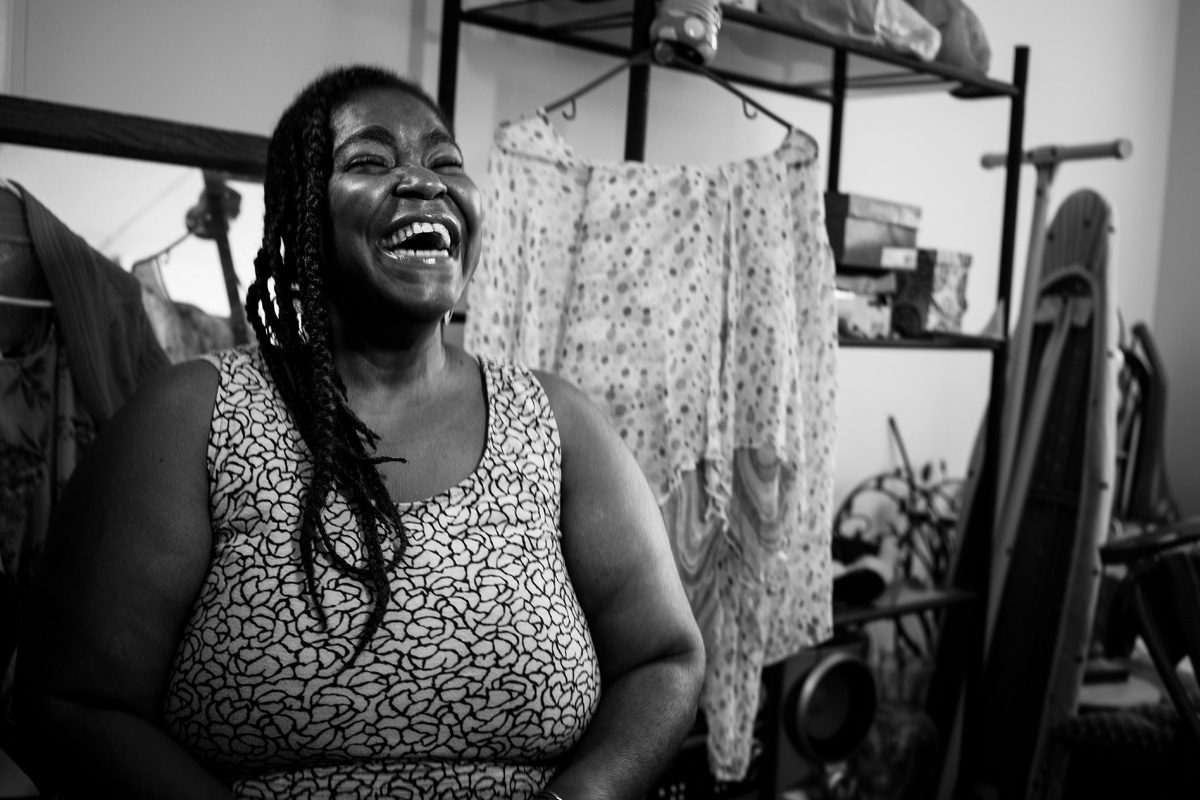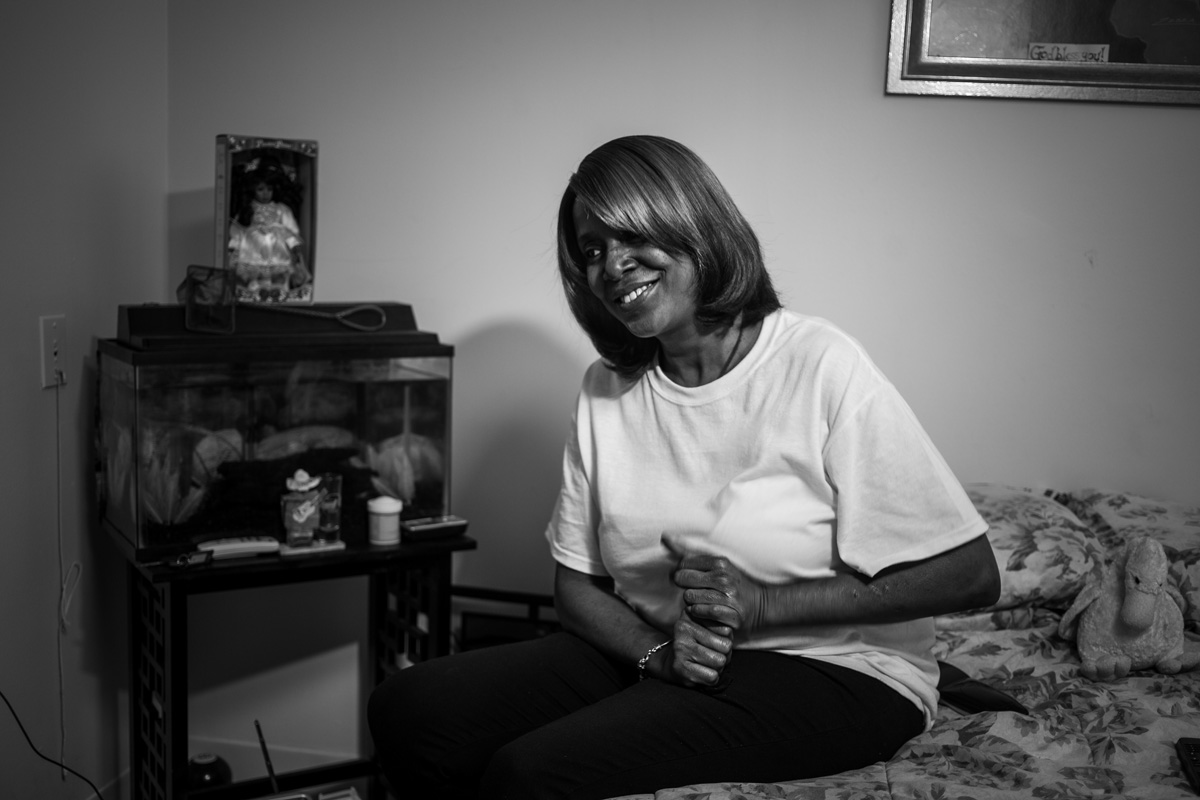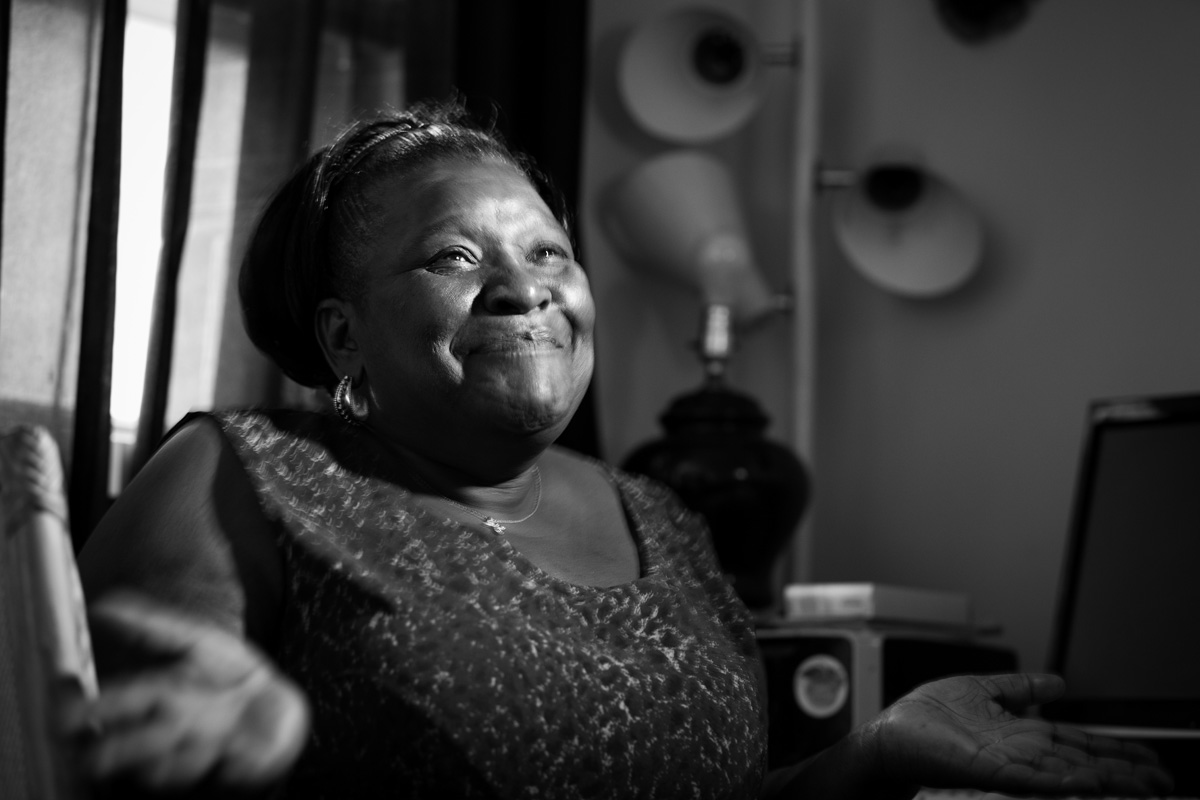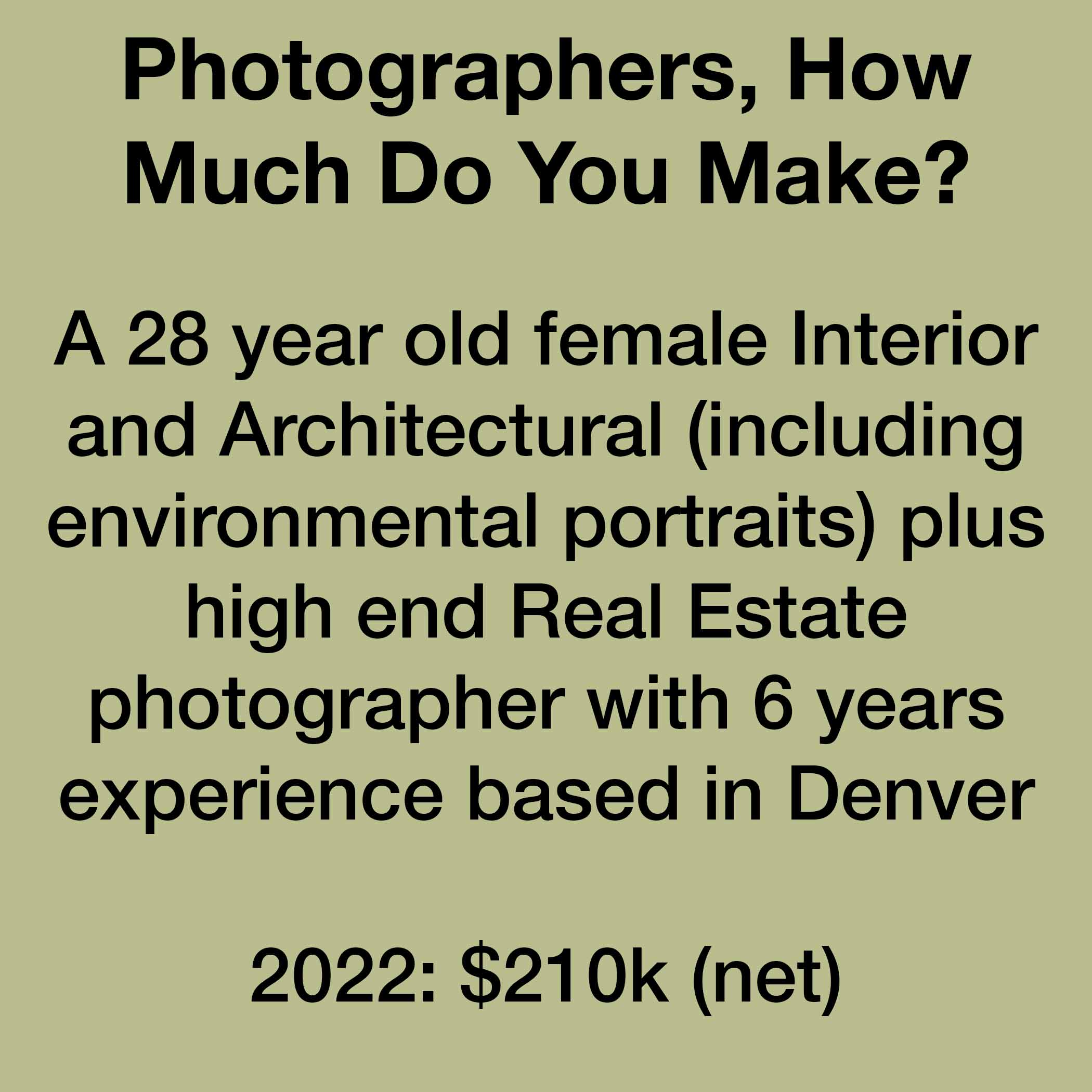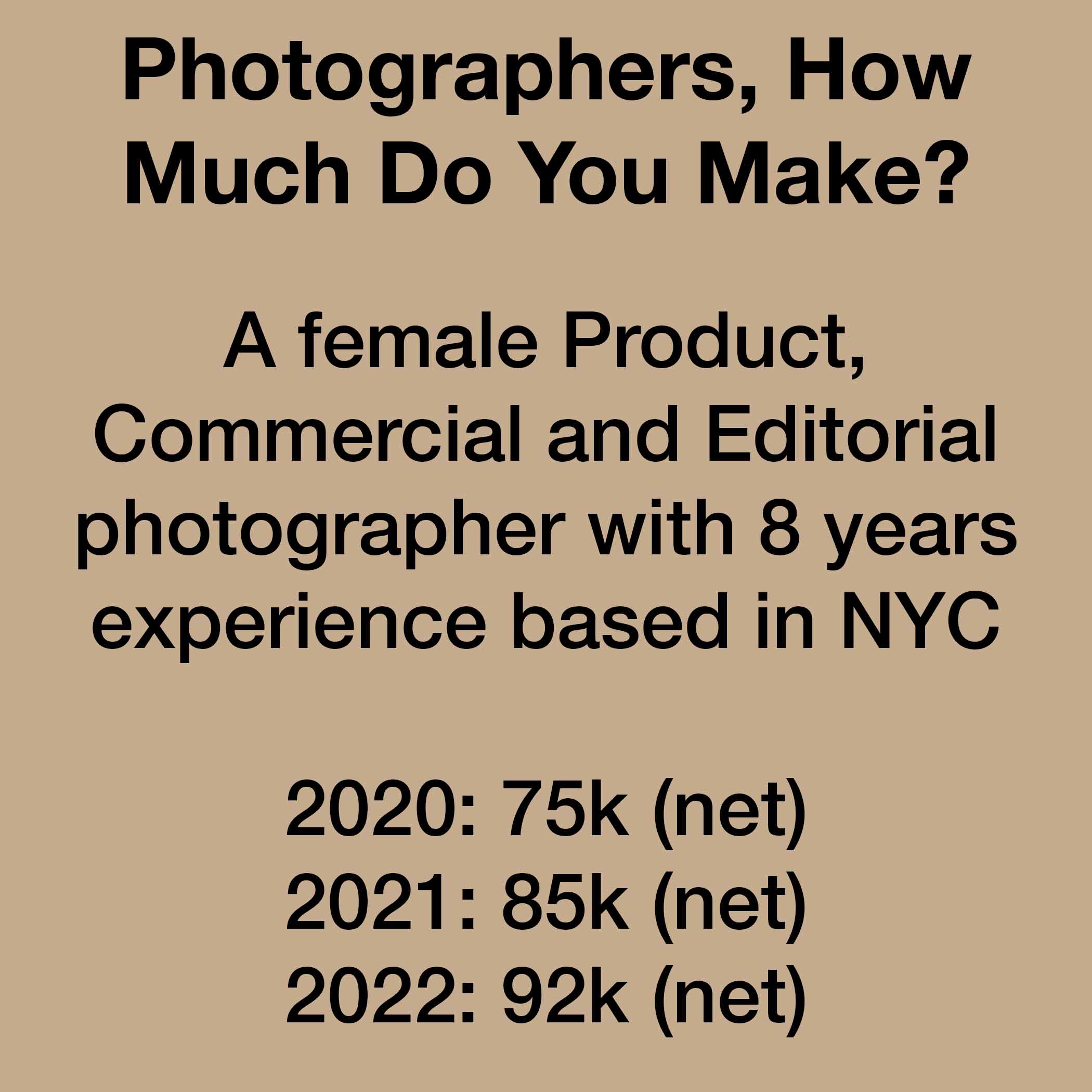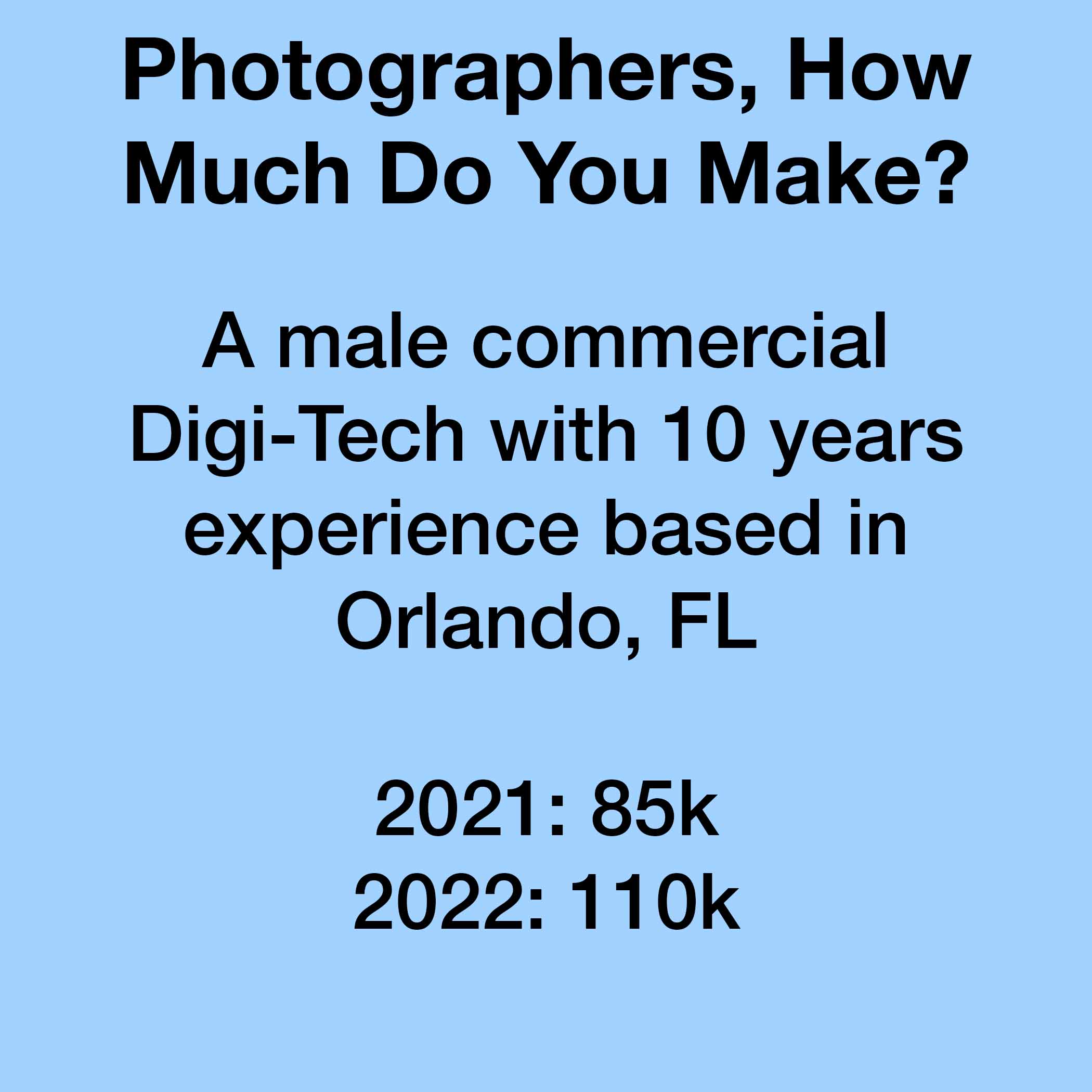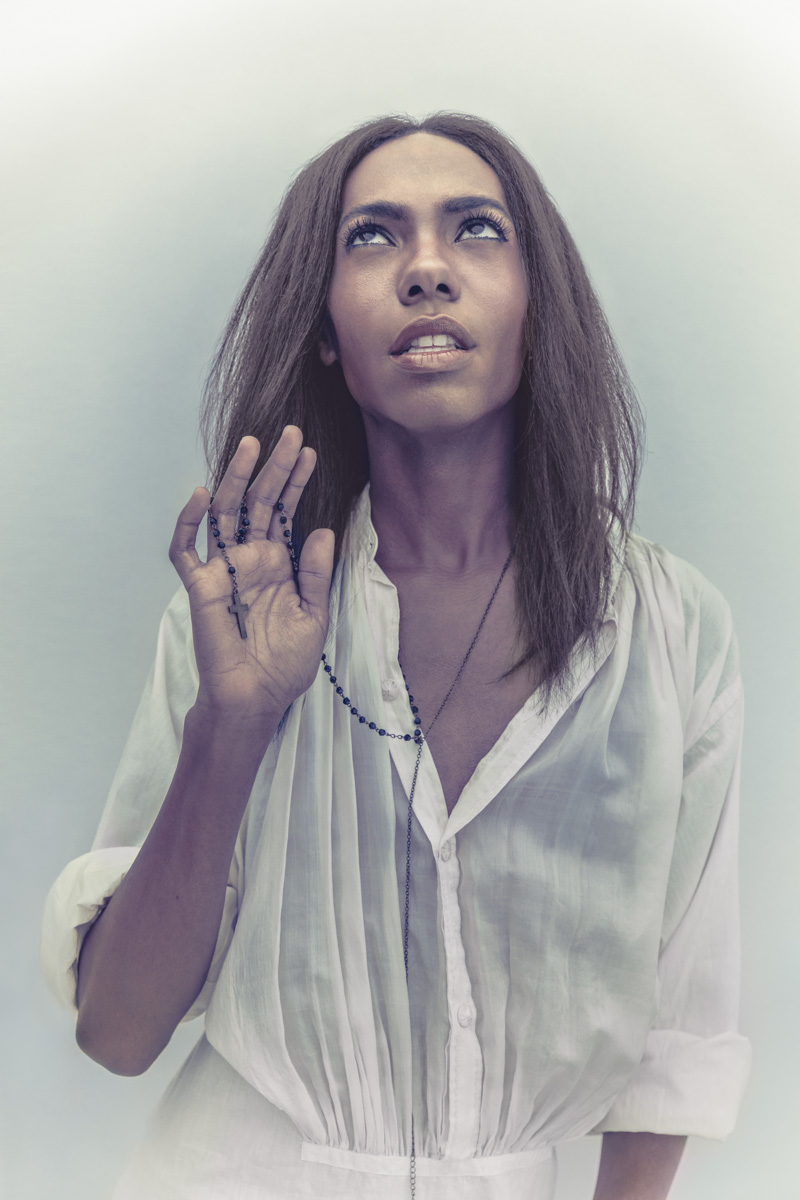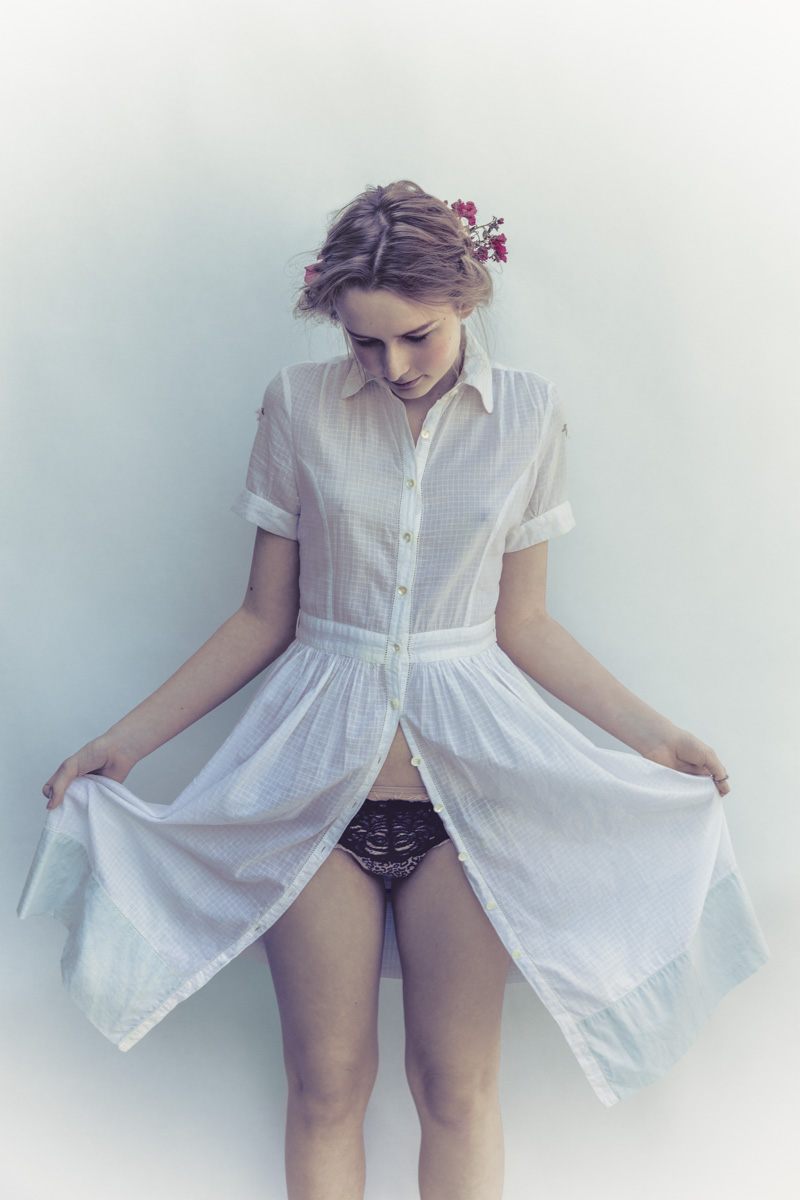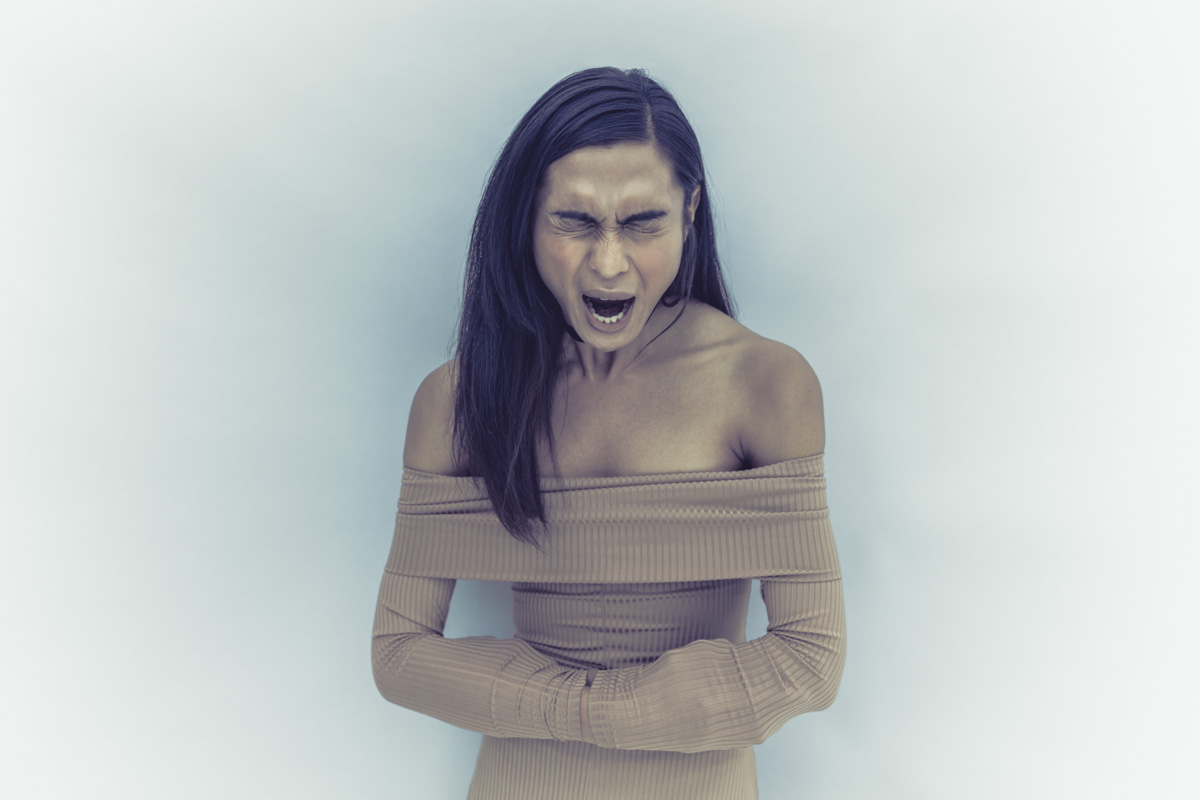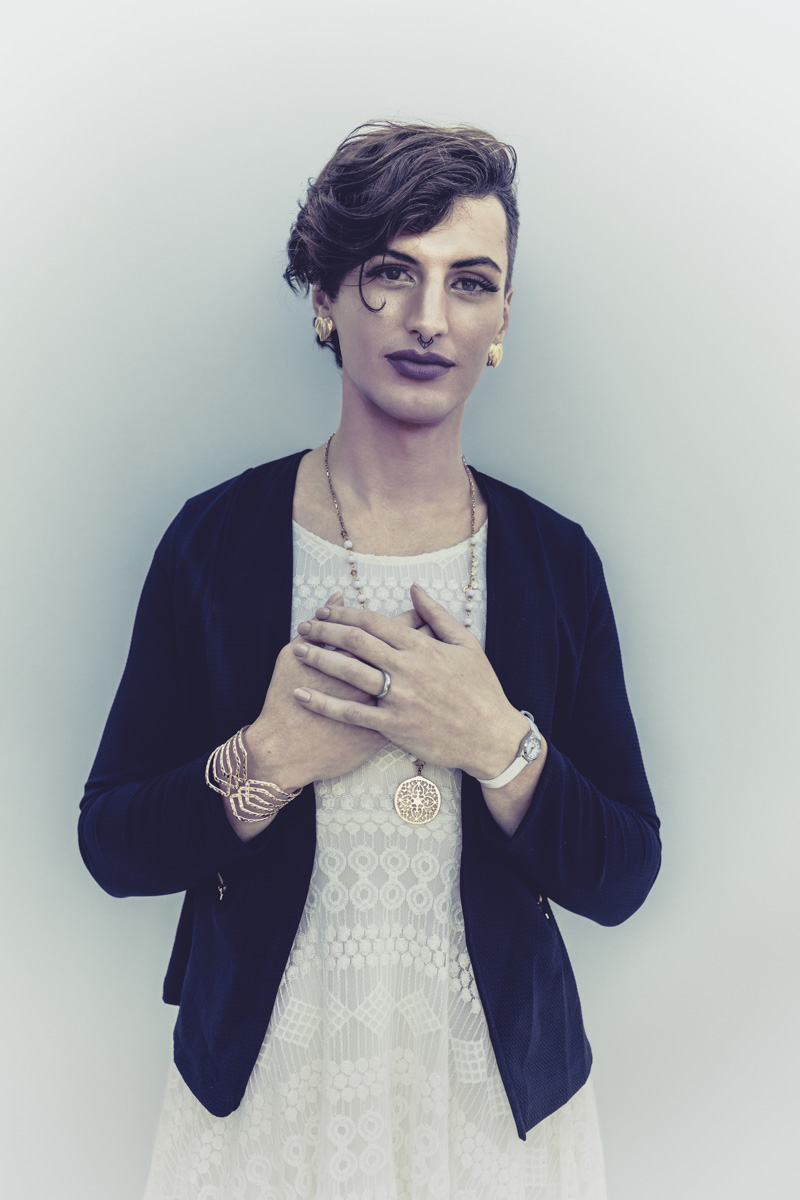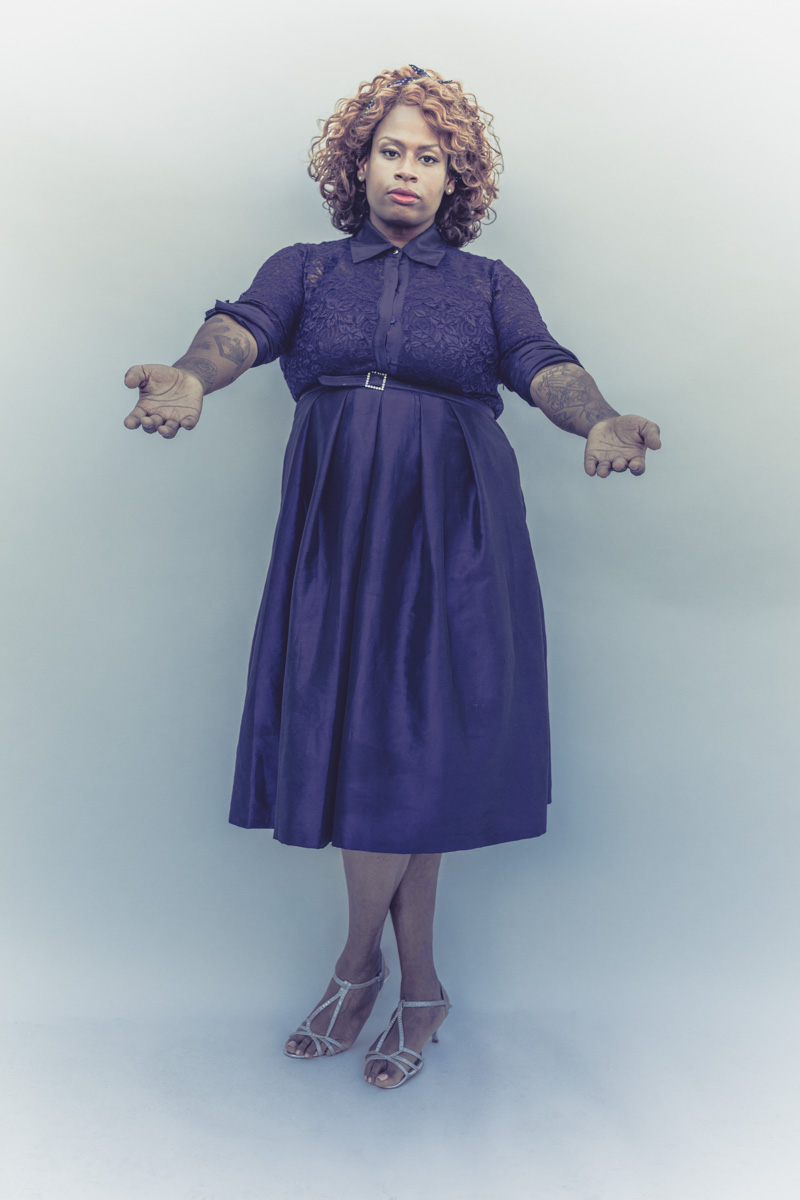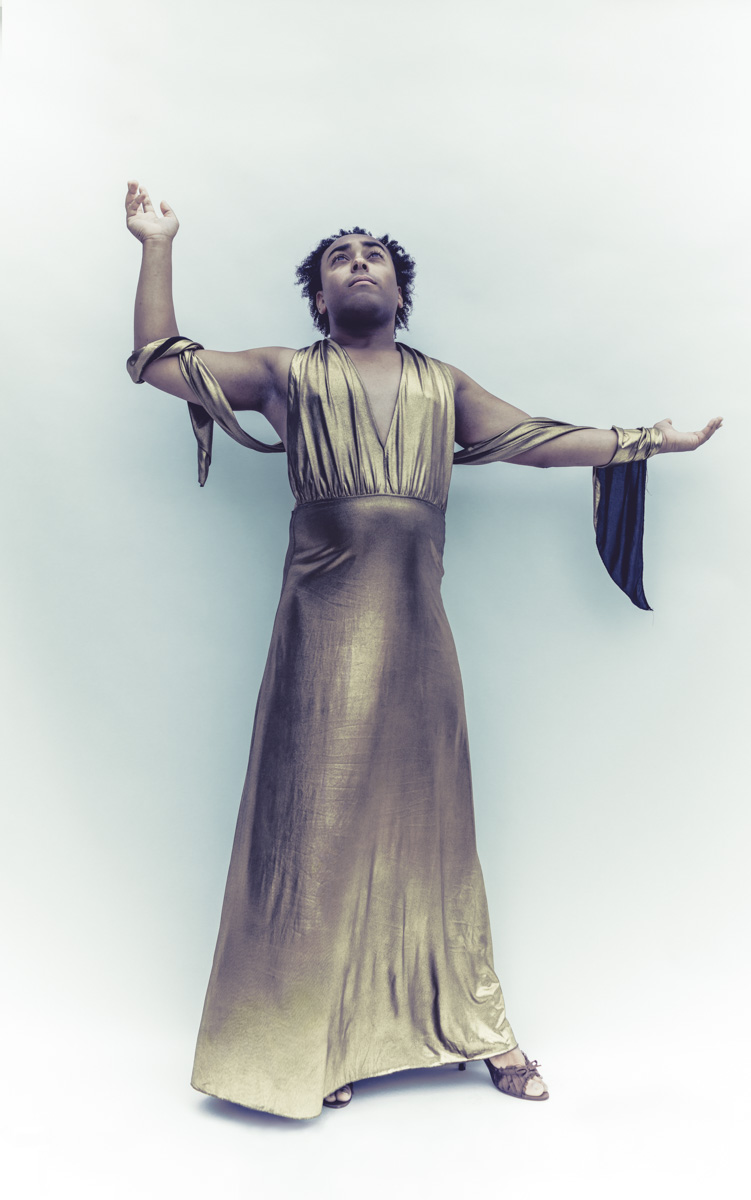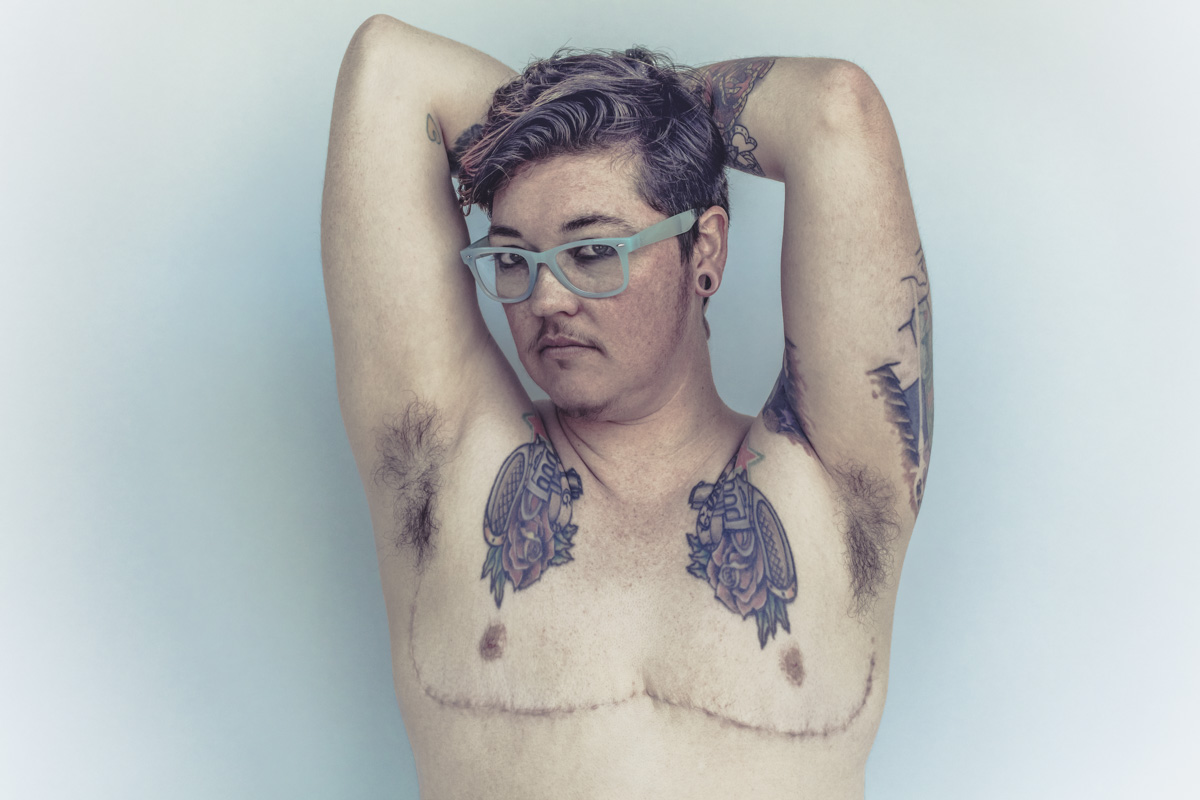
I’m a full-time staff photographer for a quasi governmental institution. I shoot mostly corporate portraiture, events, and reportage. I started out shooting live music, portraits, and weddings. Eventually I found success doing food and beverage work for editorial and commercial clients, and did a lot of corporate portraiture for private clients as well as trade publications. In 2015, I took a full-time job doing in-house illustrative product photography and started learning video on the job while still freelancing. In 2021 I parlayed that experience into a new job with my current employer.
It’s a pretty even 33/33/33 split between portraits/events/reportage now that the “day job” is my only work. Since 2015 I’ve been slowly transitioning away from freelance work as my salary as a staff photographer has increased. This year I shut down my freelance website and sold half my gear since I no longer actively market myself for freelance jobs.
I bought my first camera in 2008 while touring with my band and went “full-time” in 2009 when my day job in the construction biz tanked after the housing crisis.
Most of my freelance clients were small to medium-sized companies based in the Midwest, but my editorial work involved a lot of travel all over North America.
I rented a dingy studio space for $1000/month in 2014-2015 but got rid of it when I took a staff job. Other than that, I’ve never had much overhead aside from the essentials: liability insurance, web hosting, software subscriptions etc. which total about $200/month. I don’t buy equipment often, and when I do I keep it for a long time. Since I don’t shoot video as a freelancer, I don’t need to invest in the latest gear. A 3-light setup, Nikon D850, and a few lenses can go a long way if you have good technique and are good with people.
As a full time freelancer, I would shoot about 200 days a year, but I was always “working”. As a staffer, it’s a 40-hour week most weeks, so 250-ish days a year.
My freelance clients ranged from individuals to mammoth companies like Energizer. I’ve shot tons of different stuff, partly to pay the bills and partly to find what I really like shooting. It turns out that I really like shooting what gets me paid.
In 2015 I took a full-time staff job doing in-house product photography for an e-commerce company. It was only $38k but I was allowed to augment it with freelance work, which I did. I knew I was being grossly underpaid, but a staff gig offered stability at a time when I was frustrated with chasing freelance work in my small Midwest market.
in 2019, I was offered a staff photographer job at a different company but my boss offered to match their $60k salary so I stuck around, even though I now had confirmation that I’d been underpaid all along. The upside is that I’d been honing my video chops along the way and continued to look for a new job.
When the pandemic hit in 2020, my freelance work evaporated. I’d been doing a lot of corporate portraits on the road for trade mags, so that was just gone. But my staff job got crazy busy. We were an e-commerce company, so business was gangbusters for the remainder of 2020. My salary didn’t reflect that increase in revenues, so I kept looking. In 2021 I found and accepted a fantastic staff photographer job.
I currently make $91k a year plus bonuses, full benefits, and even have a pension. It’s a unicorn of a job for a photographer. The subject matter isn’t necessarily exciting, but it is challenging and creatively rewarding. Besides, I never got into photography to be an artist. I wanted to do something I enjoy, and do it well for money.
For years I was a freelance photographer, busy gigging musician, and had a day job. It was a hustle, and usually it was pretty fun too. But I no longer gig regularly and have shifted away from freelance work in favor of a stable income. Getting married and having a kid influenced that a lot.
I know a LOT of photogs are able to have a family and still live that freelance life, but I never saw a way to make that work in my market. Not without driving my wife insane anyway.
An average shoot day for me is 10-12 hours of work. My fee is $1600 plus usage and expenses. Usage varies wildly from project to project.
My best paying shoot in the last few years was for an eyewear company. I got $2000 a day for two 10 hour shoot days, plus usage. It was for digital and print use and they licenses about 50 images so I netted about $30k on that job. Retouching took about 24 hours total.
The worst paying shoot I had was for a giant pet food company. $800 for 4 hours of shooting, another 4 hours retouching/editing. The big problem was that they used the photos before paying for usage. According to them, “someone” in their organization didn’t understand that there was an additional cost to license and use the photos beyond creating them (even though my contract stated there was). I had to chase down my money for months and ended up getting $2500 for usage. I’m convinced they used the photos for more than they admitted to and should have paid even more.
I’ve never shot video as a freelancer, but about 40% of my current job is video.
Since I was never chasing giant commercial clients, most of my marketing focused on building personal relationships with people within my market. I’ve never had a rep.
I’ve had great success by shooting and sharing ambitious personal projects that were picked up by local and national press. My background as a musician and salesperson means I’m a shameless self promoter, and getting press places like NPR and the Washington Post is both free and effective if you can pull it off.
I’ve contributed to a Roth IRA for years, but not nearly as much as I should have. I now have a 401k and pension. I know how incredibly lucky I am to work as a photographer and not have to worry about retirement, insurance, etc. and I fully intend to stay with this employer until I retire (in about 15 years).
Best advice: Work hard and be nice. The rest will take care of itself.
Worst advice: You can’t afford to turn down work.
Your artistry can only pay so many bills. If you want to live that unstuck bohemian life, go for it. But you better keep your living standards modest (or have a wealthy benefactor).
If you want to be a professional photographer, you have to be both a professional and a photographer. You HAVE to know how to communicate with people. The ones you’re photographing, the ones you’re working for, and the ones you’re working with. That means knowing how business works and not being a jerk to be around.
Lastly, hustle is a muscle. Build yours by returning emails and phone calls ASAP. Reach out and be proactive about stuff. Use your downtime to relax and refuel, but also to refresh and enhance your skills. Read a book about time management. Don’t wait on things to come to you, but don’t chase something that can’t be caught. And raise your damn rates. You’re worth it!
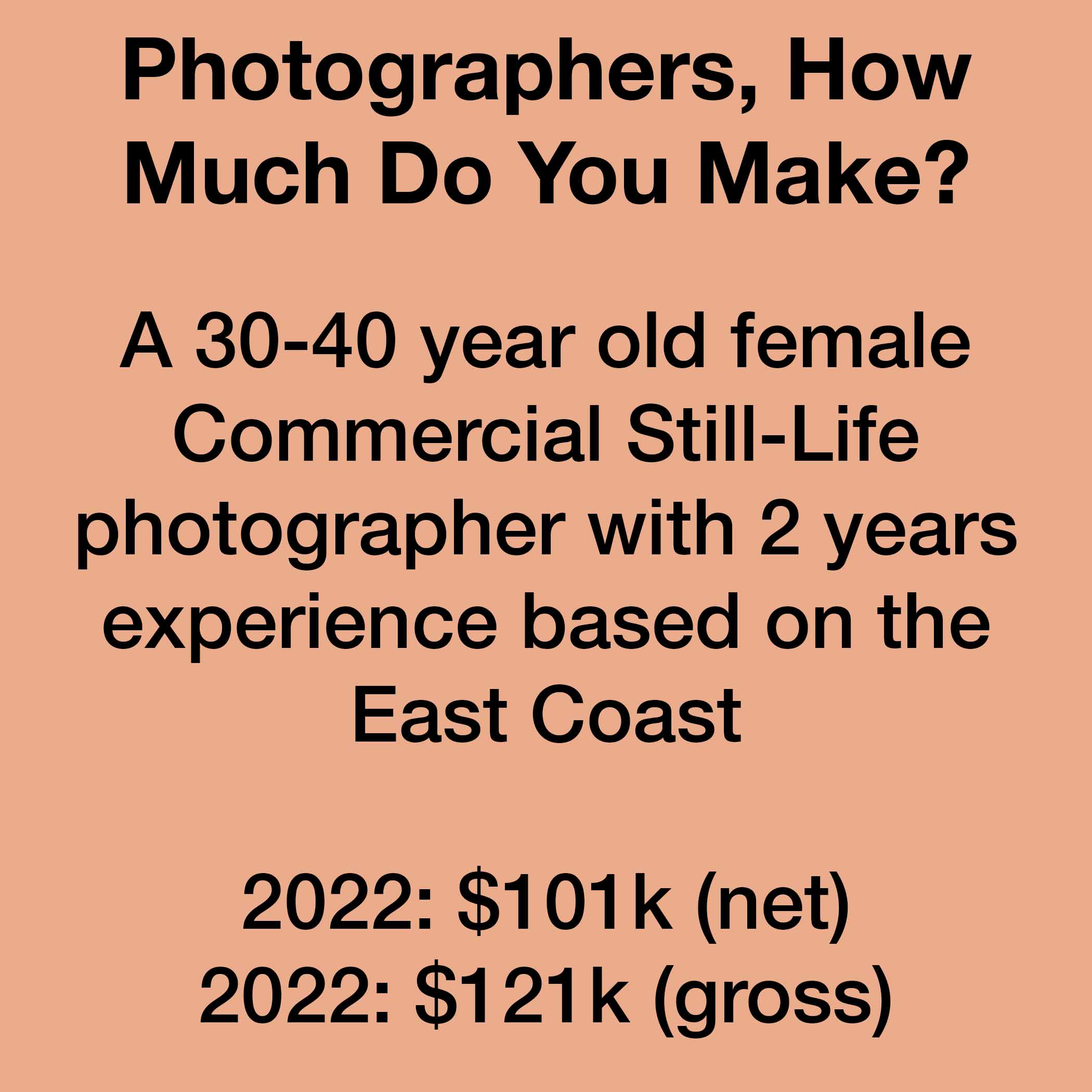
100% commercial with 50% being photography and 50% videography
My clients are mostly national beauty brands, though I have interest from some small food brands as well.
I do not have employees, I outsource my retouching and sometimes video editing.
I would say I work about 50-60 days a year.
My first working year was 2021. After losing my job right at the beginning of pandemic I decided to start over and follow my passion. My first year I made $27,000 (gross) with about $7,000 in expenses. I had no idea what I was doing and was charging very cheaply per image (I had about 17 clients). I had no retoucher until the end of 2021 and was not doing videography. 2022 was my lucky year and I do think luck plays a part, as well as collaborating with amazing retoucher to elevate my images. I upgraded all my gear and started working heavily with video. I made $121,000 gross and expenses were $20,000. I talked with a couple of photographers about rates, and realized good brands will pay. So my rates nearly tripled and I didn’t have issues securing clients. After securing a high end luxury skincare brand I had more interest, however I still get pushback from clients not willing to pay my rates. Typically if a social media manager emails me I know I won’t fit their budget, but if a producer does than I have a higher chance of securing the job. Confidence and not lowering my rates helped me secure steady clients as well. I do make some extra income from brand re-licensing my images for print or store usage.
With new clients an average shoot is a one 10hr day, with full digital rights, typically only 5 images. After retouching expenses I take home about $5k. However I don’t typically close myself in that time limit, so if I’m not satisfied with my work I will re-shoot extra days/hours. I work from a home studio so sometimes work/life balance is difficult.
I do all the styling myself and that can be a challenge that slows me down, and wonder if I should charge extra for it. If a brand doesn’t have art direction, I have told them I will charge (they usually don’t want to pay and come up with something themselves). With regular clients I tend to work 3 days, full digital rights, mix of photo/video for around $10k take home. I rarely shoot more than 15 images for one shoot. There is no consistency amongst my clients, sometimes a brand I don’t think will hire me ends up accepting my rates, so you just never know.
Best shoot was for a a 1 day cosmetic still life for a national drugstore beauty brand. Full digital usage for 1 year. After expenses (retouching) I took home about $6k ($4k day rate and $300 usage) the client originally wanted 5 images, but ended up taking 7.
My worst shoot was in 2021 when I had no idea what to charge or how to charge. I charged $1,410 for 6 images, take home was maybe around $1,000. That same brand then printed my image and used it in Sephora without my consent, I found it while shopping. I sent them a $3k bill for usage for 1 photo.
50% of my work is video, I try to edit as much myself but sometime outsource editing. I like to collaborate with other creatives.
For marketing I buy ads on IG I find I get a big influx of new followers and interest. So about once a month I’ll spend only $25. I used to cold email, however now I do not want to sound desperate so I tend not to.
Best advice: don’t undercharge, be confident in your style, and try to avoid imposter syndrome.
Worst advice is not really advice more like lack of support in the community. I have had some great connections, but I was also blocked by stylists and photographers on Instagram who see me as a threat (and I have heard this happens to quite a few photographers) I have seen this behavior from other women which is truly disheartening.
Please do not undercharge! I have seen photographers take my clients that I have said no to time and time again, and it is very infuriating. At the same time I think “am I a fool?” They have a new client every week, and I go weeks without one. However, after working over 15 years in the fashion industry being taken advantage of managers, I have no time for brands exploiting us. I didn’t became a freelance to not enjoy my work. Brands have gotten used to “content creators” working for low pay or no pay at all and for some reason think professional photographers do the same. I have no filter or patience any more for this blatant disregard for our hard work.
I would also try to read as much as possible about licensing, To this day I struggle with charging usage. If you can talk to others in the field great! Reach out and connect with as many people as possible, we are all in this together. Helps especially when it’s a slow season and you try to get motivation to keep going.

Early in my career from 2012 and up until around 2018 my editorial clients brought in about 80% of my business. In the years leading up to Covid, that started to flip more towards commercial clients bringing in 80% and editorial dropping to 20%. Post Covid, editorial has almost completely gone away.
My clients run the full scale from Fortune 500 to start-ups with 5 employees. They are mostly awesome. Some are more organized than others. Haven’t really had anything terrible come up.
I starting assisting in 2003 and been working for myself since 2012.
Very little overhead. Home office, marketing, software etc.
Shooting days avg. 40-50 per year. + marketing, pre and post production.
My income has been seemingly on the upswing since 2020 but this current year isn’t off to an awesome start. I think the unstable markets are keeping clients cautious about spending. Everything seems a bit on-edge. Hopefully it’s not long term and things will ramp up in the Fall.
The jobs vary greatly. Some are 1 day flat rate jobs with in-perpituity usage. Others are multi-day travel jobs with industry appropriate usage rates and licensing terms.
My best recent shoot was 15K day/usage rate (2 yr OOH usage U.S. only) for 4 shoot days plus production expenses totaling ~300K budget. Take home pay including any mark-ups, owned equipment rentals and day rate was 66K minus 30% rep fees on day rates = 48k.
My worst recent job was a major magazine portrait assignment. $1500 total flat rate budget. Editorial usage in-perpituity online, 1 time usage in print, unless reprinted in original context of story. Take home pay = 800.
Occasionally I shoot video, but ideally there’s a budget for a DP.
Honestly, I’ve fallen behind since Covid but I’m getting back on track with a regular schedule but I definitely think the general guidelines for marketing have changed. Pre-Covid I was doing regular mailings, following up with emails and doing in-person meetings in all major cities 4 times a year.
I have my savings for retirement but it’s a work in progress. A plan, no. A fantasy of one day not giving a fuck about getting paid for photography, yes.
Best advice: Don’t stop shooting and also keep the overhead low. Worst advice: Put that shit on your credit card.
Definitely keep shooting between jobs and pushing your skill set. Find a hobby that you love and that you can also shoot for fun and completely stress free. Spend less time on social media and more time making pictures. Keep the overhead low and pay your quarterly taxes. Invoice your clients on time and remind them when they are late to pay. Don’t be afraid to turn down jobs that don’t meet your personal ethics. Keep things simple and don’t stress the lows and don’t get too high on the highs. Ride that neutral zen state. Remember, it’s only money and most of it is not yours to keep. 🙂
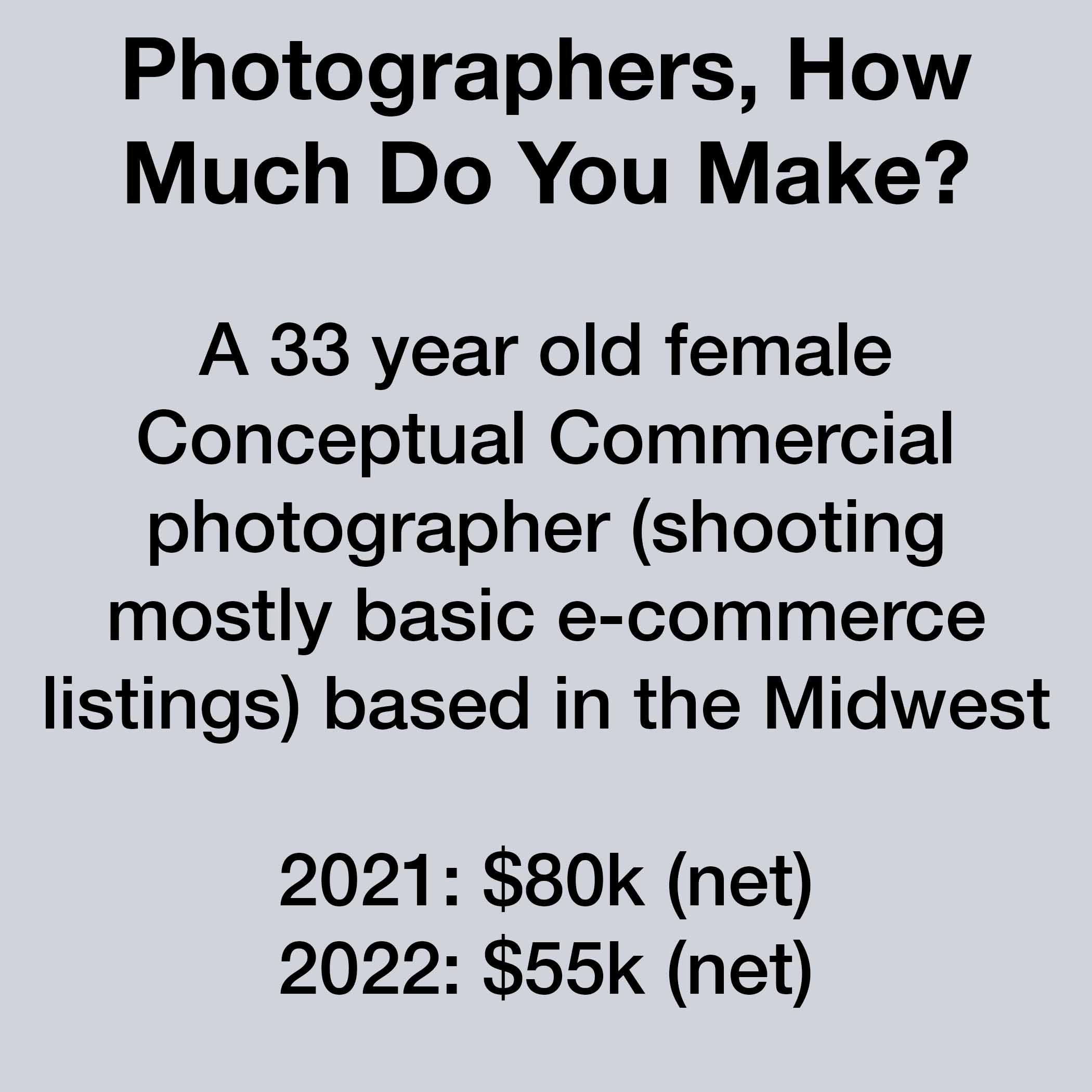
Before going freelance I was employed full time as an e-commerce in house photographer making $60k plus benefits.
Nearly 100% of my income is amazon listings. I’ve been trying for years to get into higher end commercial and conceptual projects to no avail.
Graduated with a BFA in photography in 2012 and have been trying to make it work ever since. Taking odd jobs like retouching and graphic design along with interning and assisting to get by.
My clients are small individual sellers to mid size CPG companies, based all over as I shoot remotely.
I get most of my clients through a referral partner so most of my product shoots are about $900, and then I keep roughly 80% of that once you take out referral and prop costs. Not including taxes I’d then pay at the end of the year.
My overhead is mostly marketing, along with some equipment, and insurance. I shoot everything at home or on location so I have no studio. I’ve been trying my best to pour gasoline on the fire of marketing to be able to jump from low level e-commerce jobs to serious commercial clients. I’ve been in multiple directories (Found, Wonderful Machine, PhotoPolitic, Luupe, and BLVD), go to portfolio reviews often, and send out printed and email promos. All in it’s probably close to $15-$20k annually for the past two years.
Between shooting, marketing, emailing, retouching, I work almost every day. Shooting days are roughly 130 out of the year (2-3 days a week), but these are all low production gigs with no client present and little to no production cost.
I’ve been dying to get into the game with serious clients that want creativity and complex images, but all of my clients are either Amazon sellers wanting white background photos and some simple lifestyle shots for super cheap or small product based companies that are doing the same bright colored background set ups we see all the time. The good part of this sector is little to no pressure. The clients aren’t picky and are almost always happy with whatever I send them. So in that way it is easy money. However, I’m using like 10% of technical skills and it kills me that I can’t seem to get any further than that with the clients I snag.
I went from a full time income of $60k with a pretty fun little in house gig to losing that job when the company collapsed in 2020. Then my first full time freelance year was pretty busy with a lot of Amazon clients. The next year dipped a good amount mainly I think because I was focusing so hard on trying to get out of that sector and into the more produced and creative gigs.
I do a decent amount of retouching for one other photographer. That has kept me afloat and I’ve included that in my annual net numbers. I work with clients who don’t understand licensing and would refuse to pay them even if I explained it. My shoots all in get either $500, $900, or $1,400 from the client in total. The good part is these shoots typically take me 2-6 hours total for prepping, styling, shooting, and editing. I certainly wouldn’t be putting any more hours of effort into them for those prices.
The best paying shoot was $6k in one day when I actually got to shoot stills on a video set of a serious commercial client. It was a copyright buyout and was just shooting an athlete against a gray backdrop using the lighting setup the video crew had already put up. Handed over the hard drive and was done.
Worst paid shoots are common and are maybe $200-$400 for the shoot and images, but again they only take me a few hours to complete on my own at home.
I’ve been on Found, BLVD, Wonderful Machine, Luupe, and PhotoPolitic. The only one that has gotten me any interaction was Wonderful Machine where I at least got to put in two bids for large projects. I send out printed promos, email blasts, reach out to individuals on LinkedIn, ask local agencies for meetings to show my work and introduce myself, and I go to in person and online portfolio reviews as often as I can afford. The overwhelming feedback I get is “Your work is so cool, I love it! But I have no use for it”. I’m starting to realize I’m creating a product people love and no one wants to buy. It’s a very weird corner I’ve niched myself in to. People are always literally shocked when I tell them how I’m financially failing. For instance I have people contacting me pretty regularly asking to be an assistant or asking me for career advice. I hate having to explain to them that I’m literally the last person they should be approaching for that. It’s demoralizing to both parties.
No retirement plan, I’m broke, and pretty terrified about my future savings.
Worst advice I hear all the time is “you need to have your own unique style and stand out”. It’s all crap. The opposite is actually true. You need to be on trend. Whatever is popular is what’s going to be hired. If you’re different and unusual (even if they like it) they won’t hire you, either because the agency knows they won’t be able to sell you to the client, or because the client you’re pitching to wants what they’ve already seen has worked for comparable brands.
I know my submission is super depressing and pessimistic, but I think it’s important for others who are struggling to know it’s common. My view of this industry has changed so much. I’ve wanted to be creating the super creative ads I’ve seen since I was 12 years old, but now I’m thinking the industry is way less creative than I thought and that there is a lot more luck involved than anyone wants to admit. Some people get their break and some people don’t. I’ve been told by countless well meaning creative directors, art directors, producers, and photographers that I have a real future in this industry and success is just around the corner and I create amazing work with a creative mind. I’ve heard this told to me for 10 years now and I’ve not gotten any further in this industry no matter how hard I hustle. So, it may not be you. It may just be the luck of the draw and luck hasn’t landed on you to give you a break.
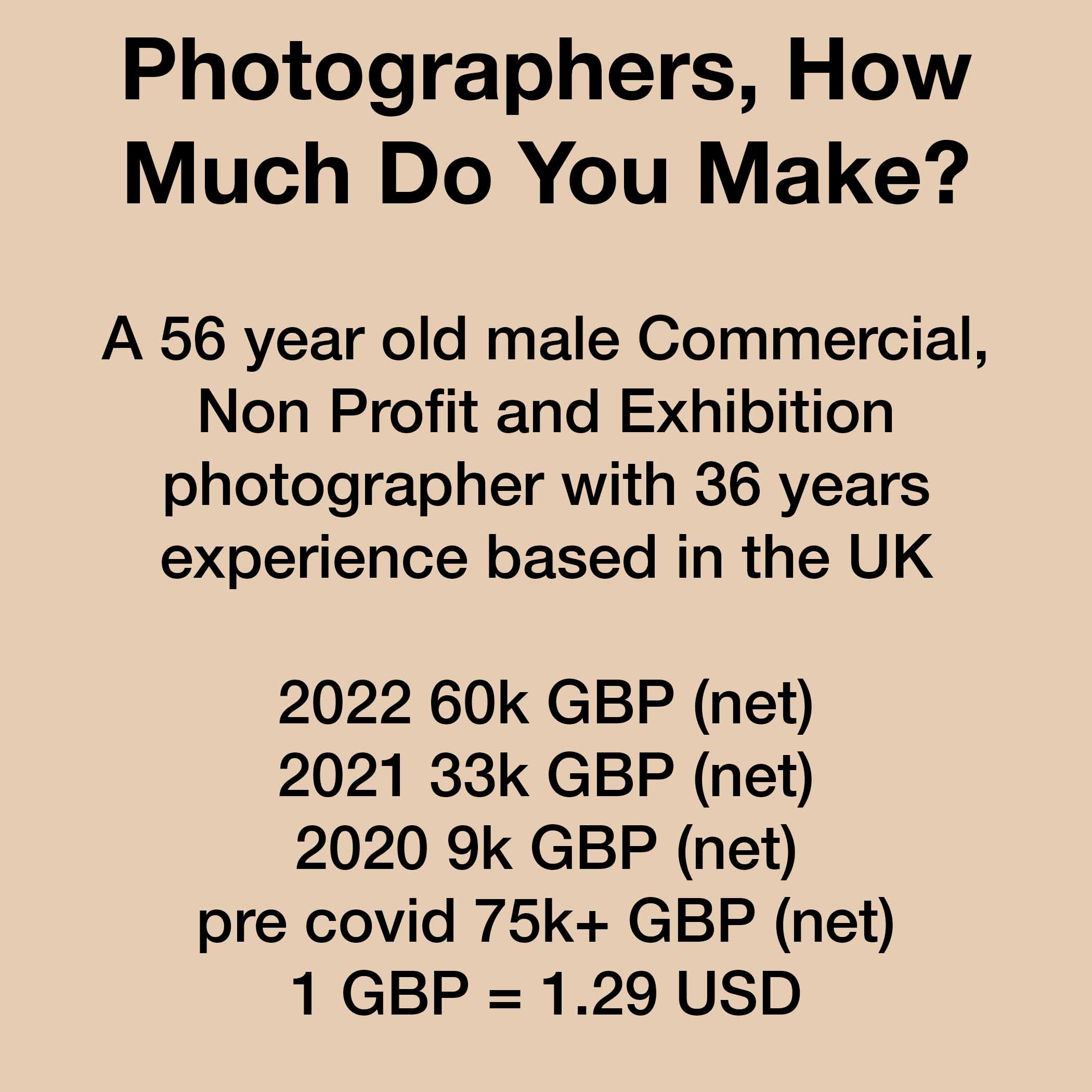
My clients range from large national charities and FTSE listed companies to small private businesses. Income is 50/50 between commercial and non profit work.
I try to run a tight ship with just home office, freelance assistants/stylists expenses and have become less obsessed with updating to latest kit.
I shoot approx. 50 days but treat photography as a full time job and work 5 days a week on marketing and my own projects.
I have a lot more direct clients these days especially in the non-profit arena, just about everyone I worked with at Ad agencies and design groups dropped off the radar during covid, still have some small production companies I work with.
Income collapsed during Covid, 30+ years with the ups and downs of being freelance left me well prepared for a lean spell so we survived but burned through most of savings through 20/21 Recovery has been slow with a lot of existing clients who I came up with over 30 years, being laid off or retiring. Editorial which was only a small part of income in recent years has disappeared. Projects that are coming through have generally been with good budgets. I think age may becoming a factor, I’m certainly feeling like the oldest person in the room, clients are now always younger, often much younger than me and I wonder how that is impacting my business.
There is no average shoot, they seem to sit on two extremes, commercial shoot would be 10 hour day with a minimum of a camera assistant and a trolly of kit, 2 year license and clearing £ 1,000.00 a day. Non profit at the other end £150.00 for an hour of me and camera with all uses.
My best recent shoot was pre covid, International campaign for government agency, managed entire production, casting and shoot with 2 production assistants for week of pre production, 4 day shoot, 4 days post. Shoot crew of 2 camera assistants, Digital tech, hair, make up and stylist. 8 hour days, two year all media worldwide license. Cleared 40k.
Worst paying shoots are 1 hour for non profits £ 150.00 all uses.
I don’t shoot video.
Marketing consists of monthly email newsletter, regular instagram posting and interaction and regular Linkedin posts and articles. Most effective out of that is Linkedin, anecdotally I meet with a lot of clients who refer to having seen work by me on Linkedin even though they don’t interact with the content. Only occasionally get that from instagram.
Best advice, be generous with everyone. Worst advice was to take on work for free to get a foothold.
Never be afraid to sack a difficult client and looking at the rates available in USA if your based in UK, move to US!
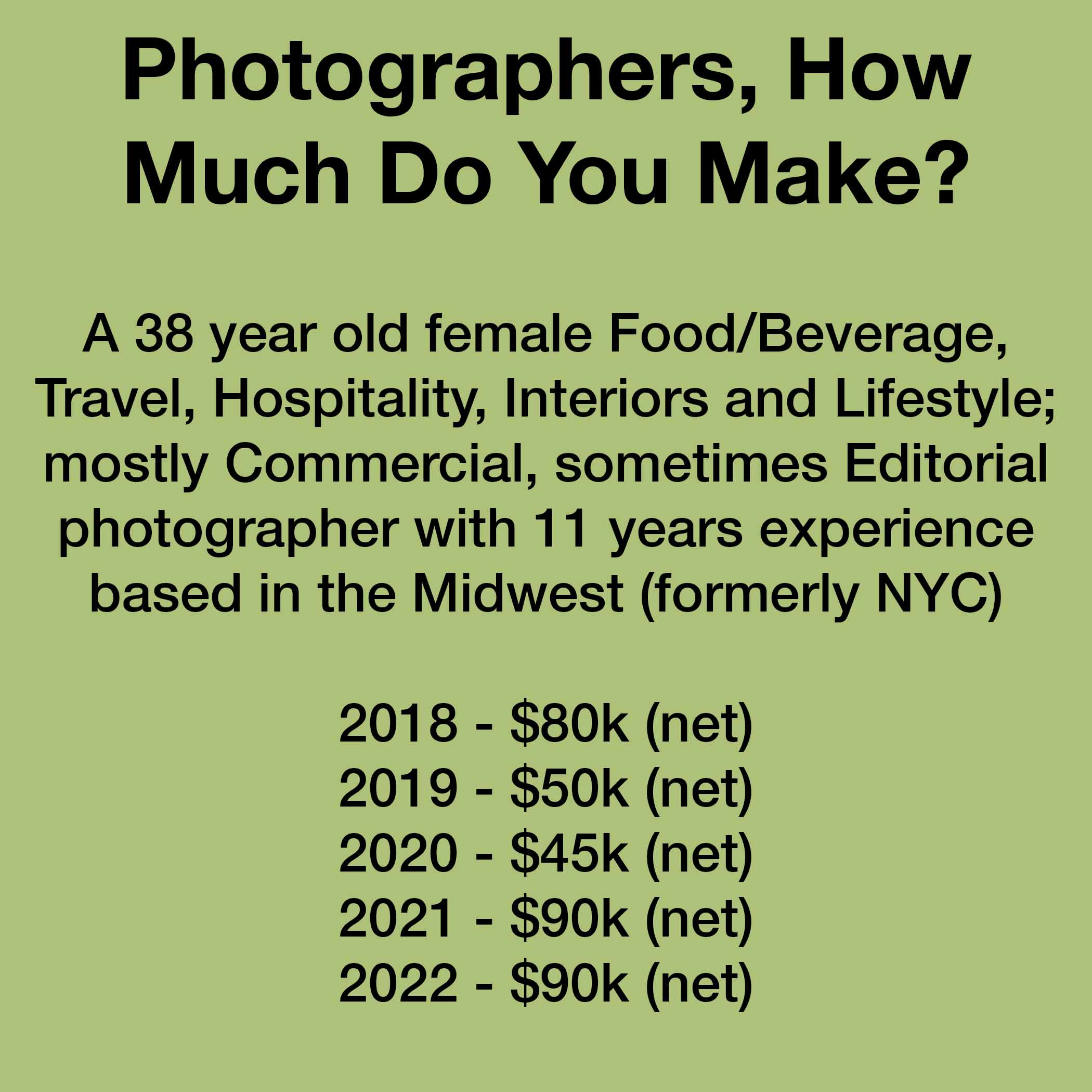
In 2019 I moved to a new part of the country so that was a bit of a disrupt. 2020 wasn’t great because of Covid.
What I shoot is often intertwined – a hospitality shoot for example could encompass all of the categories. Food/Beverage makes me the most money however. My clients are mostly smaller, with a few Fortune 500 a year.
I travel often for work, mostly back to NYC, with maybe one or two international shoots a year, and a few other cities around the USA. I’m working on building my network in my new home city.
I have a home office and rent studios as needed. I shoot from my home space often for remote shoots.
I work 5 days a week in terms of running my business. Number of days shooting really varies – I’ve had months with zero shoot days and months with 20 shoot days.
Over the last few years my income has stayed pretty much the same. However I am working less for the same amount of money. I used to shoot a lot of 1k/day shoots for small brands/restaurants, whereas now my minimum day rate is closer to 2.5k for the same type of brands. It’s a better work/life balance for me personally. My goal is to continue to increase my income with bigger budget jobs.
Early in my career I waitressed and assisted while building my photo career. Now, my food and prop styling skills greatly contribute to my success with smaller brands. It was VERY helpful during Covid, I was (and still do) conduct a lot of remote shoots. Because of my styling and production skills, I’m a one stop shop for brands that don’t have the budget for a full crew. When I can pocket almost their full 5k budget myself that’s great for me! I’m also good at the production side of the business – there have been many shoots, even with bigger commercial brands, that were still pretty low key – so I produced the shoot myself and retained the money that would have gone to a producer.
Average shoots are for smaller food brand or hospitality clients. Shoots are generally 1-2 days. Food shoots require 8-12 hours of pre-pro. Hospitality usually 2 hours pre-pro, sometimes none. Usually I edit these images myself and take home pay is 2-5k. Licensing is often full usage rights granted to client, I retain copyright and all usage rights.
My best paying shoot was for a repeat client who requested me, but through a new agency they were working with for a new product launch. The agency was producing the entire shoot so they just asked for my rates and preferred crew. I was told the client was not going to pay for individual image licensing, so just to submit a high day rate. The shoot was in NYC so I had to cover my own travel, but take home was ~$18k for one pre-light day, minimal pre-pro, and one shoot day. Client was granted full digital use in perpetuity. I retain the copyright and all usage rights.
A lot of my clients are asking for video so I’ve been working on Directing and video production with stylists and DPs for portfolio building. I have not yet been hired to actually Direct video, but it’s a goal and will make me a lot more valuable to clients. I do however currently shoot a ton of Gifs for my clients.
For marketing I use Wonderful Machine. Every once in a while someone reaches out who finds me there. Not sure it’s totally paying for itself, but I do like the other resources available so I stay signed up. I send out my own cold marketing emails (personalized, not mass emails) and try to stay in touch with past clients or people I’ve had meetings with. I stay reasonably active on IG as well as LinkedIn. I’ve spent a lot of time on my website SEO over the years and I receive a lot of inquires directly from my website/people’s google searches.
Put 30% of every paycheck aside for your taxes and pay them quarterly so you don’t get slammed at the end of the year.
Open a Solo 401k or SEP IRA and save for your future.
This career involves an enormous amount of rejection – don’t take it personally. There are a million reasons why you might not be the right fit for a certain job. Get what info you can about why they passed on you and use it to fuel you forward and onto the next opportunity.
Always shoot what makes your heart happy, even if it’s on the side of what’s paying the bills.
No one knows you exist until you tell or show them – don’t just sit back and think people will find you.
Figure out how to properly run the business side of the job. Lots of amazing creatives fail because they can’t successfully handle the bookkeeping, marketing, etc. part of the business.
ASSIST!!!! If you are green, this is the BEST way to learn. I owe SO much to my mentors.
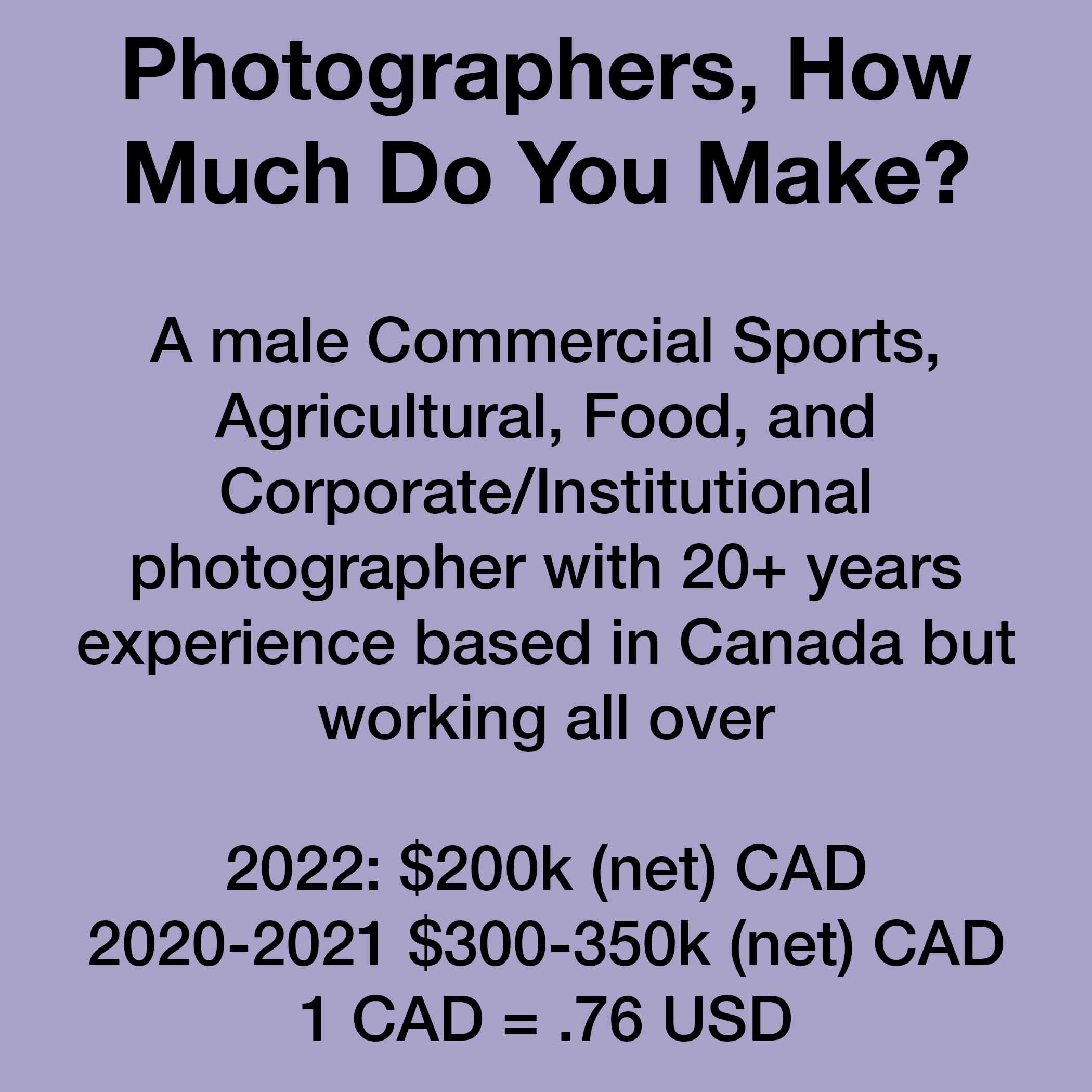
Working in 4 major segments help me and my team keep busy all year.
For our work break down I would say that we are running a 25% in each category right now but during covid we were looking more like 75% Food and Agricultural work and then 25% Sports. I work with all types of clients, some Fortune 500, Some Major Sports team and brands and then a lot of medium to small companies.
All of our clients are long term clients and repeat with once or twice a year a one off job. This way we get to know how they work and we become part of their workflow and teams. My longest clients has been working with me for over 22 years now.
I have a rep but with that said I have never got a job from any of the reps I have had. This is a whole conversation that could be had as a lot of photographers/directors think a rep is the ticket to lots of work but my experience is very different.
I do have employees and they are a very, very important part of everything I do. I have a full time producer, a full time Cinematographer/editor, 2 part time assistants and many long term freelance specialists. Working together and building relationships is one of the most important things in this industry.
We have our own studio in a building we own, but we are on the outskirts of the major city so costs were lower. I own all our photography and motion gear so we have no rentals and are self sufficient. But all this does cost but a fraction of what being in the city and renting for every job would. I run a upgrading schedule/process where we keep computers and cameras for min 3 years and all gear that we buy has to pay for it self with in the first year of buying it as if we were renting it. All staff salaries are above industry rate, and get profit sharing as well to keep things going. Our core team has been together for 10+ years.
I try to keep things at a 30-35% profit margin that includes my salary.
Work life balance is a very important! For me, I take a lot of time with the kids and my wife, trying work only 8-10 months out of the year and having a lot of long weekends. My staff are all self directed for hours, so as long as the work gets done on time that is all the matters. Shoot days are shoot days and we all understand that but the other time is flex. Work from home or the studio. As a company we try to fill 3-4 days a week of production and the rest is filled with office admin and pre and post production. We do have 2-4 weeks of studio shutdown where we all take time to recharge.
Income has changed a lot over the past couple years, not only due to covid but there is a shift to bring creatives in house and has pushed my team out. But with that said it opened up new doors as well to increase client work in the form of subscription work.
I do have other business that I invest in but they all work together so it keeps things with in the realm of what I know. But the most important thing that has been a constant is my wife has a very steady income and retirement pension there for it has given me the ability to take on more risk in what I do and push the boundaries.
A normal shoot day for me is a 8+1 day with an assistant and my cinematographer, We create a lot of wholey-owned image libraries for our clients so we shoot stills and motion together. This is the same for our in studio food work or our on location sports/corp/com work. Typical shoots range from $5K a day to $10k a day with studio take home 50%-75% of that and then after Studio overhead I take anywhere from 50-30% as profit.
Some of my best paying jobs are medium sized jobs. Some that come to mind are One day image library shoots with full buy out that can rage from $15-20K billable and Take home profit of 50%. These shoots usually have one pre production day with one post production day and a 12 hr production day. They happen about 10-15 times a year for me but they are great fun!
To be perfectly honest some of the worst paying jobs are cookbook jobs, where we work a ton of hours, the publisher has full buy out and take home pay is almost nothing but they are fun! It is always great to get a finished book in the printed form.
I would say up to about 5 years ago we only dabbled in video and now I would say we have video incorporated into about 75% of our productions. It has been a great addition to what we offer and has been a major asset in the past couple years.
We all love gear but only buy the gear you need and will use all the time, if your clients don’t need massive files there is no reason to get that 100mp or 8K camera. If you can get the job done with 2-4 lights you don’t need a full lighting /grip truck. Keep your gear in good working order and only upgrade when you need to. Being good in business planning is just as important as being creative in this industry.
My experience working in various types of photography and ranges of clients, this industry is very reliant on relationships. I treat every job small or large the same as you do not know where the people working on the job are going to end up. There are some jobs that are just too small for our studio to shoot but that is where myself and my producer have kept great relations with freelancers that are just starting out and need the jobs. Finally you are only as good as the team you work with, treat people they way you want to be treated and pay people what they deserve, I have seen many people leave the industry because of low pay and or the treatment on sets so, hopefully we can all try our best to keep things going for a long time.

